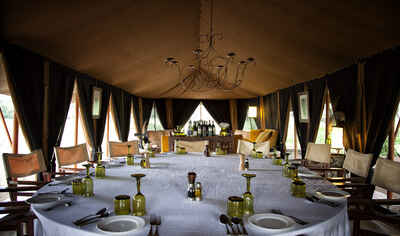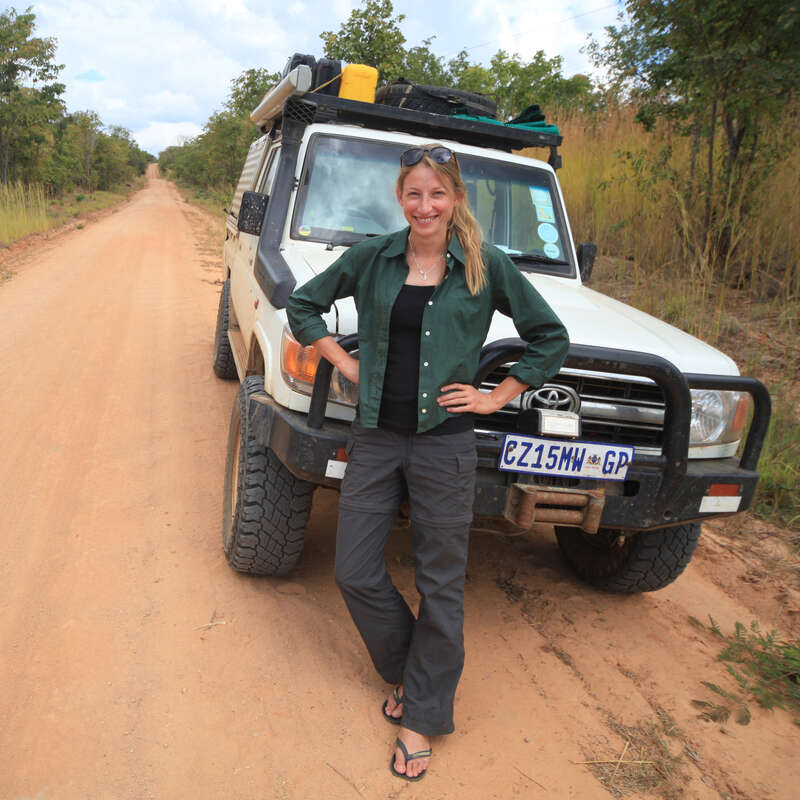About Alex Walker's Serian Serengeti
A stylish tented camp - Alex Walker's Serian Serengeti is a mobile tented operation situated in one of two ...
... locations in or around the Serengeti depending on the time of year. Aiming to give guests a simple, authentic bush experience, it's a relaxed and friendly camp which retains a luxurious edge.
The Serian Serengeti operation is professional and well run with superb guides, authentic and comfortable tents, and offers a tremendous bush experience in remote areas of the Serengeti ecosystem. Our experience exceeded our high expectations, and we are extremely confident it will deliver consistent phenomenal experiences.
Our view
The Serian Serengeti operation is professional and well run with superb guides, authentic and comfortable tents, and offers a tremendous bush experience in remote areas of the Serengeti ecosystem. Our experience exceeded our high expectations, and we are extremely confident it will deliver consistent phenomenal experiences.
Accommodation
6 tents
Children
Best for 8+
Open
Mid-June through mid-November
Activities

4WD Safari

Birdwatching

Fly-camping

Guided walking safari

Hot air ballooning

Private activities
Traveller reviews of Alex Walker's Serian Serengeti
14 real, un-edited reviews from Expert Africa's travellers.
Arrived 28 Oct 2024, 4 nights
"Alex Walker's Serian Serengeti review"
Overall rating: Excellent
Arrived 24 Jul 2023, 4 nights
"Alex Walker's Serian Serengeti review"
Overall rating: Good
Arrived 15 Dec 2022, 4 nights
"We Loved Alex Walker's Serian Serengeti Kusin"
Overall rating: Excellent
Arrived 24 Sep 2022, 4 nights
"Alex Walker's Serian Serengeti review"
Overall rating: Average
Arrived 10 Aug 2022, 3 nights
"Alex Walker's Serian Serengeti review"
Overall rating: Good
Arrived 5 Nov 2020, 5 nights
"A twice-in-a-lifetime experience!"
Overall rating: Excellent
Arrived 2 Nov 2019, 4 nights
"Classic Safari experience"
Overall rating: Excellent
Arrived 15 Jul 2019, 4 nights
"Amazing safari to catch the migration"
Overall rating: Excellent
Arrived 12 Sep 2018, 4 nights
"Alex Walker's Serian Serengeti review"
Overall rating: Excellent
Arrived 8 Sep 2018, 3 nights
"Alex Walker's Serian Serengeti review"
Overall rating: Excellent
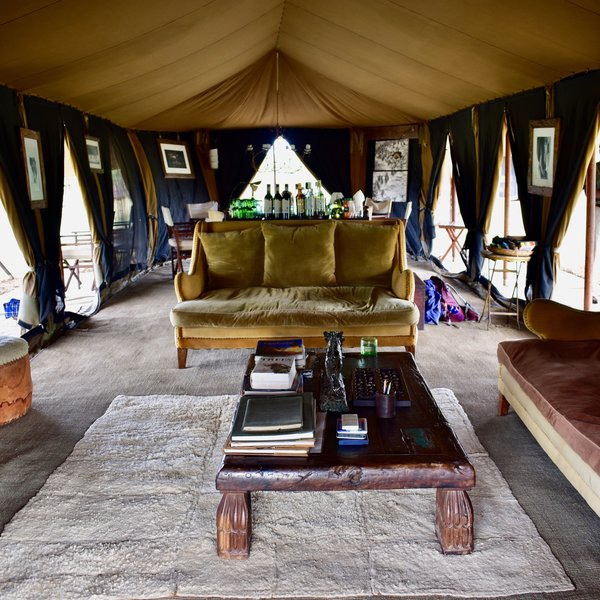
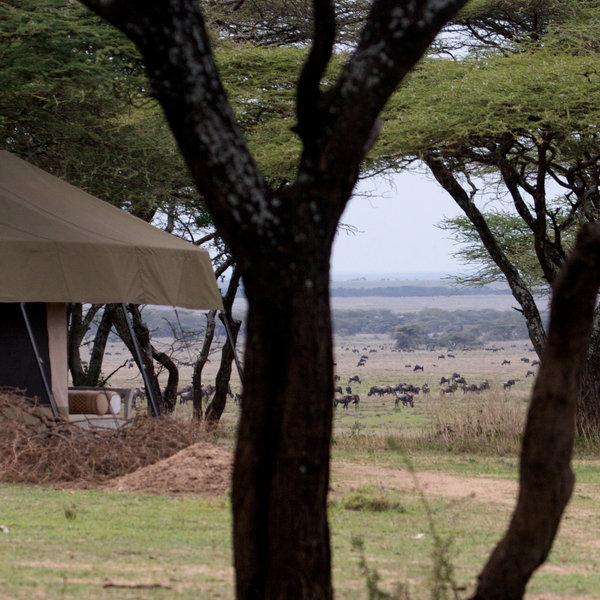
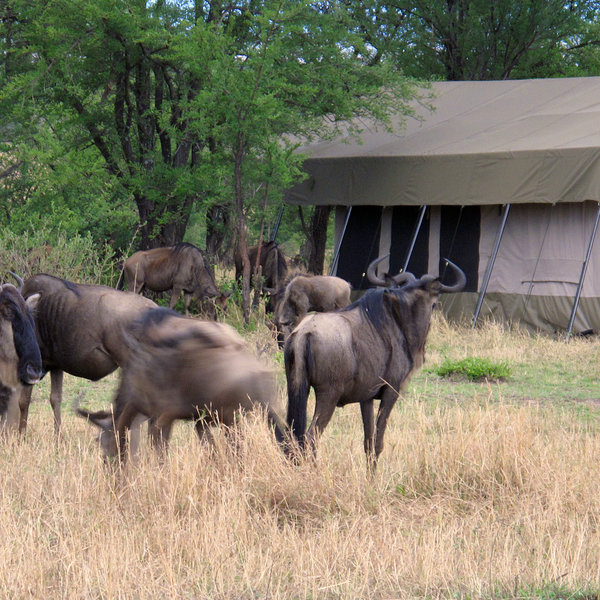
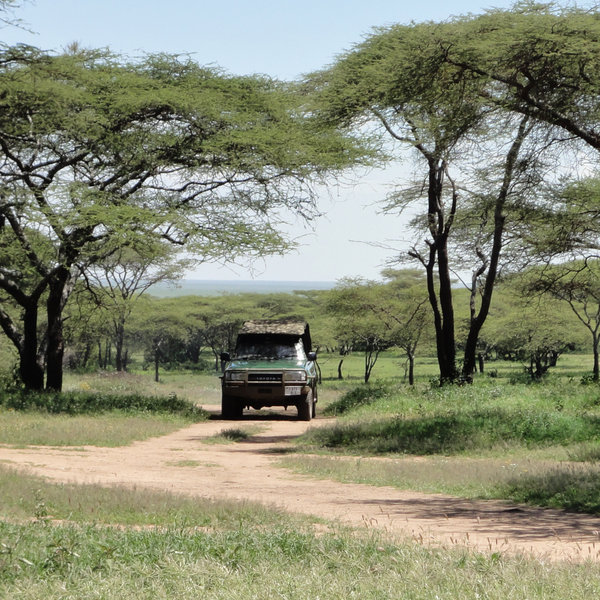
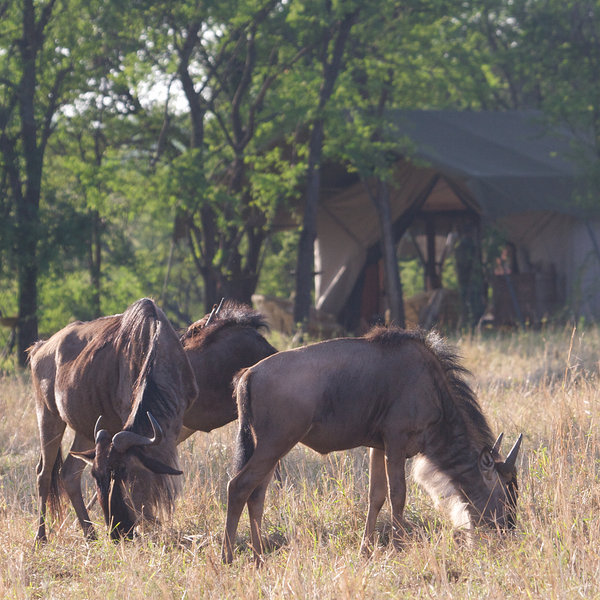
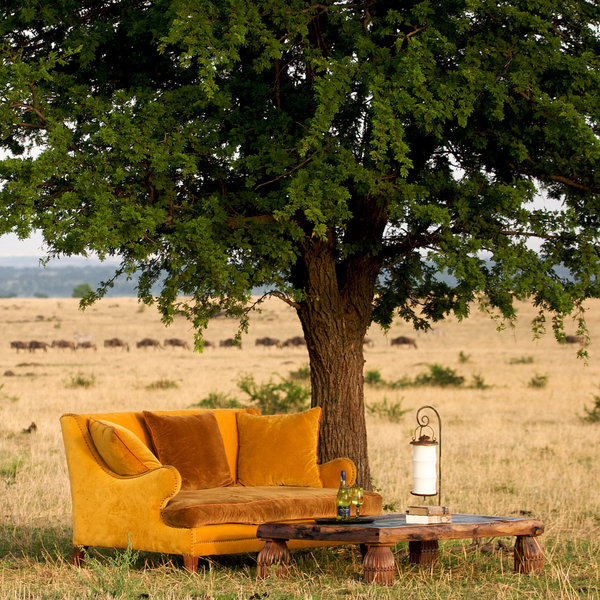
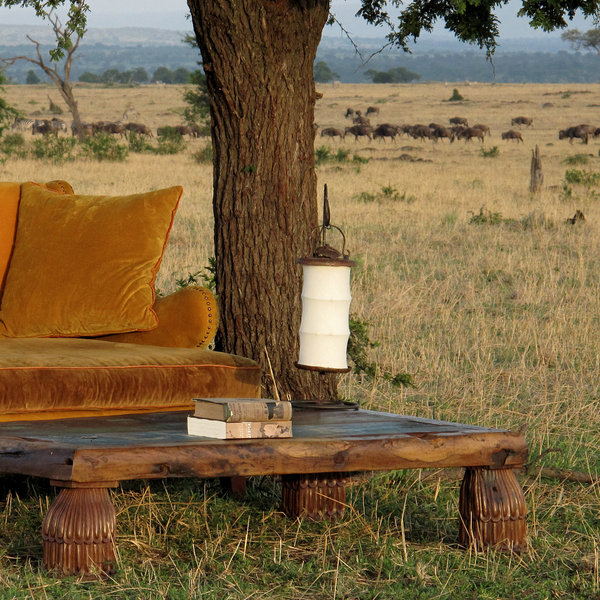
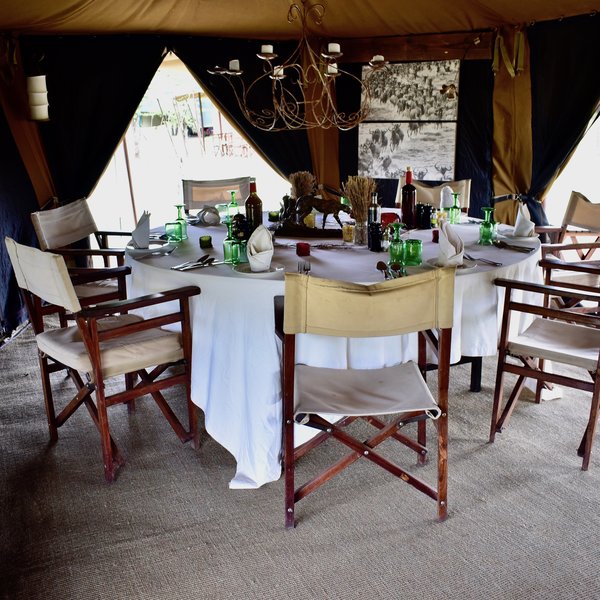
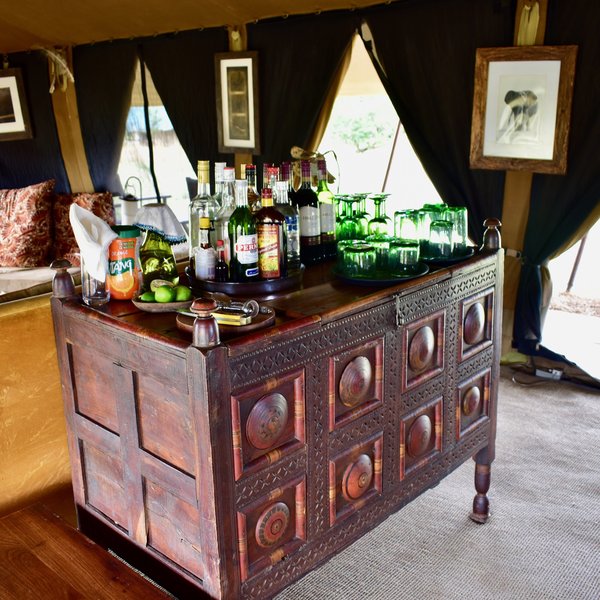
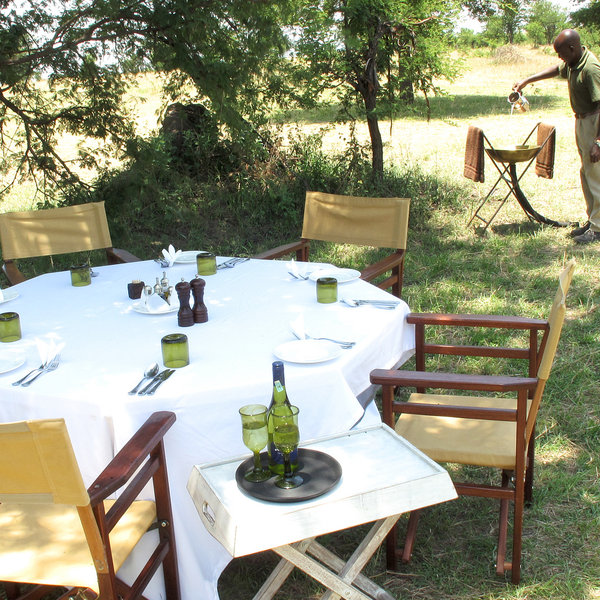
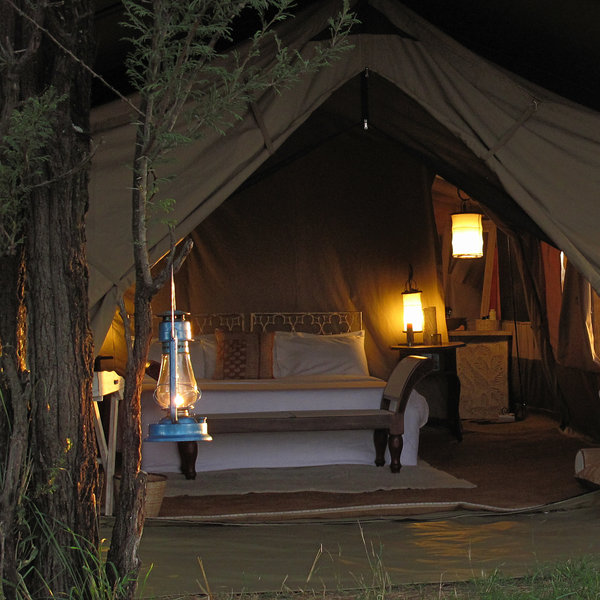
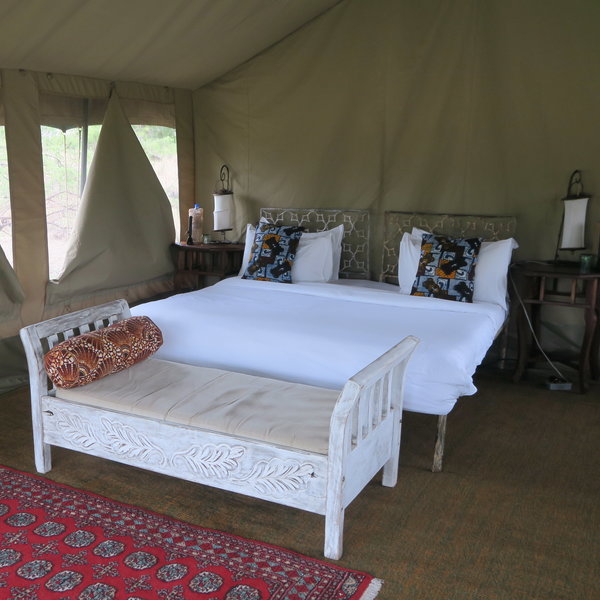
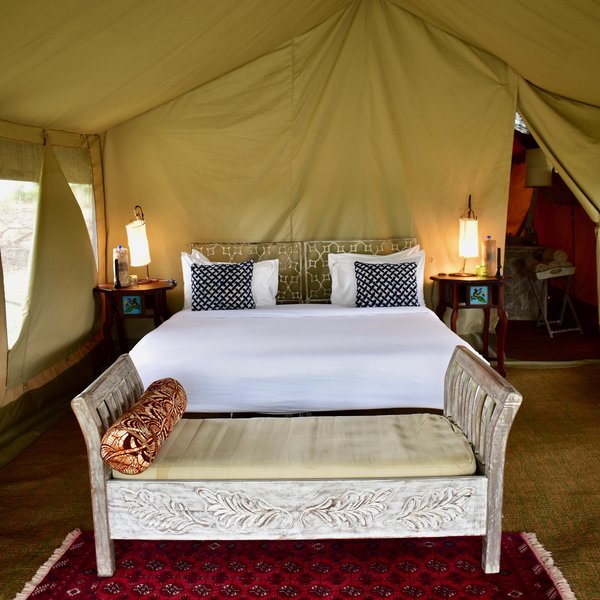
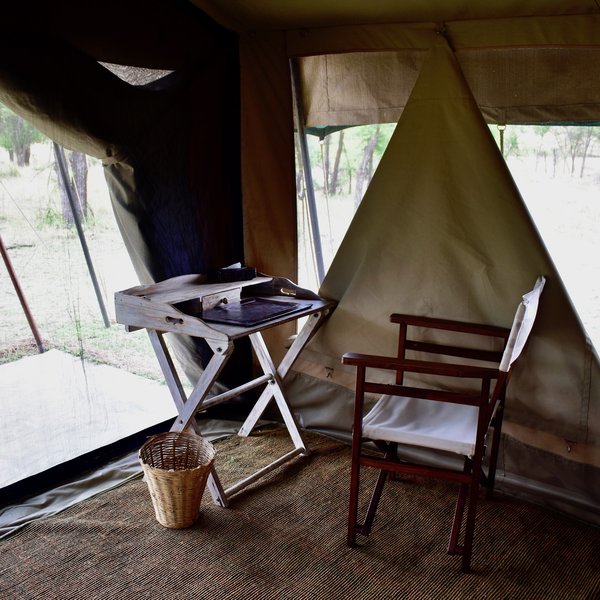
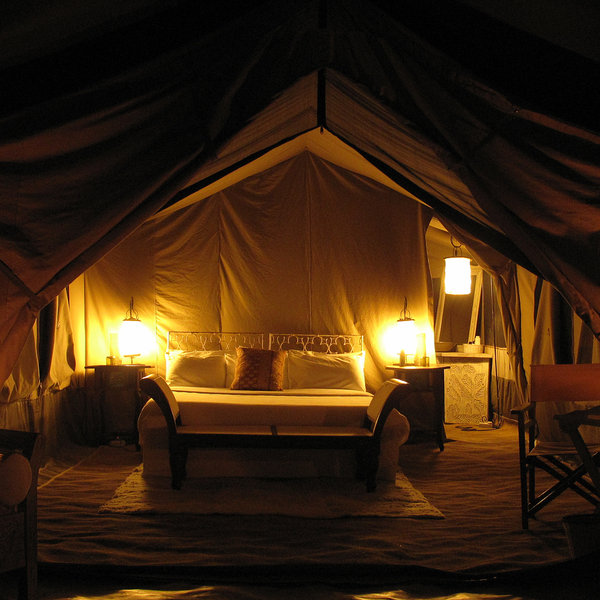
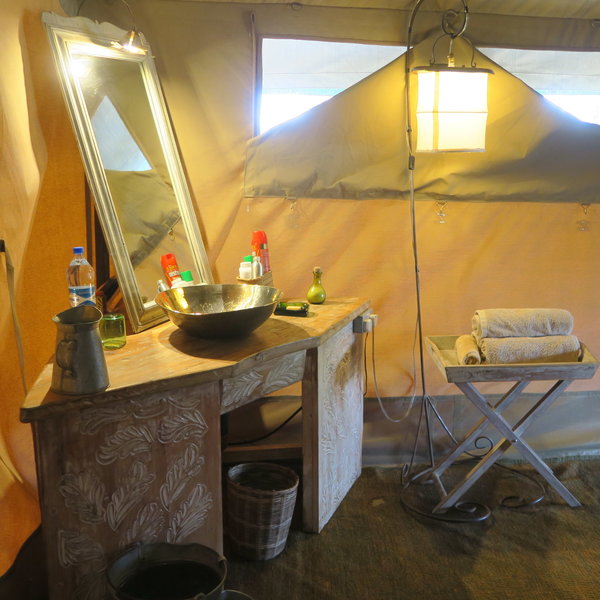
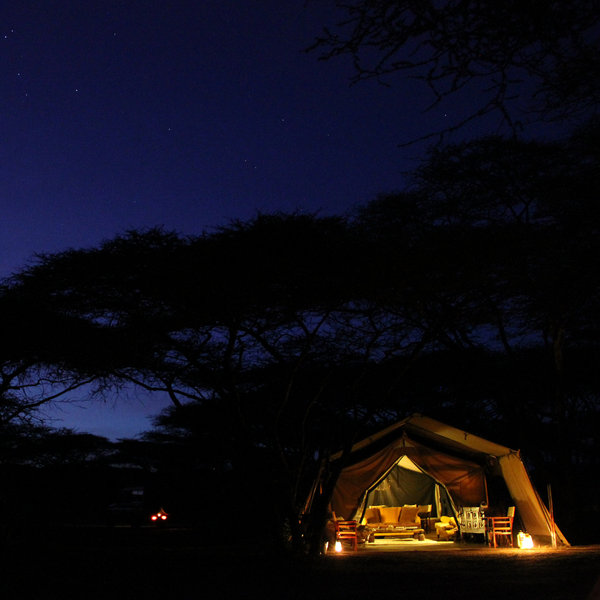
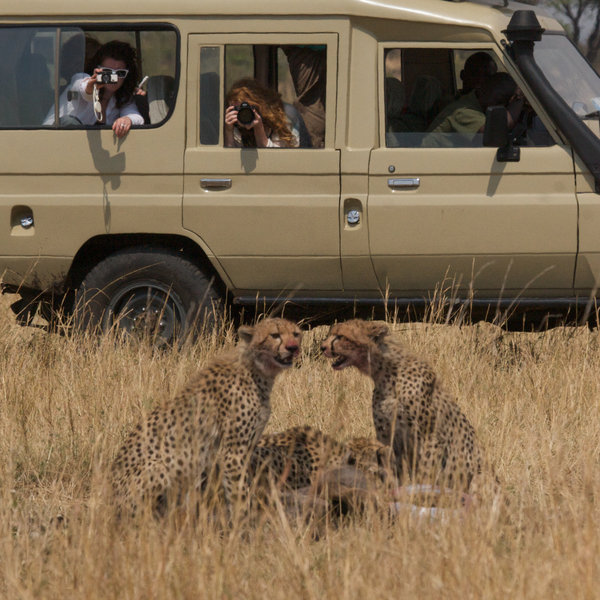
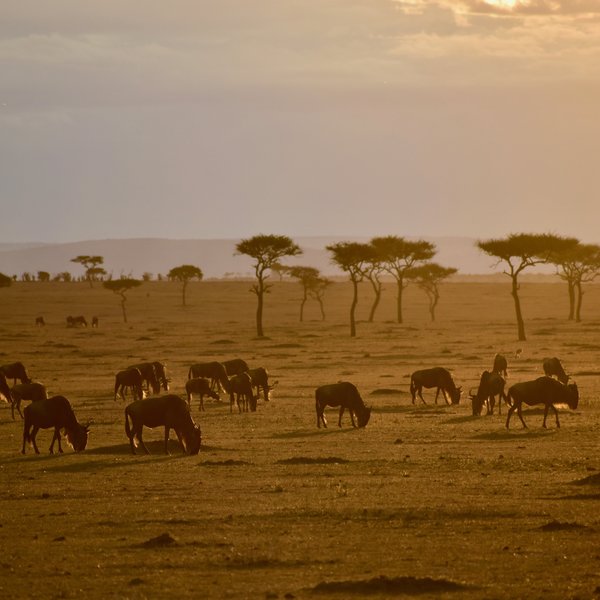

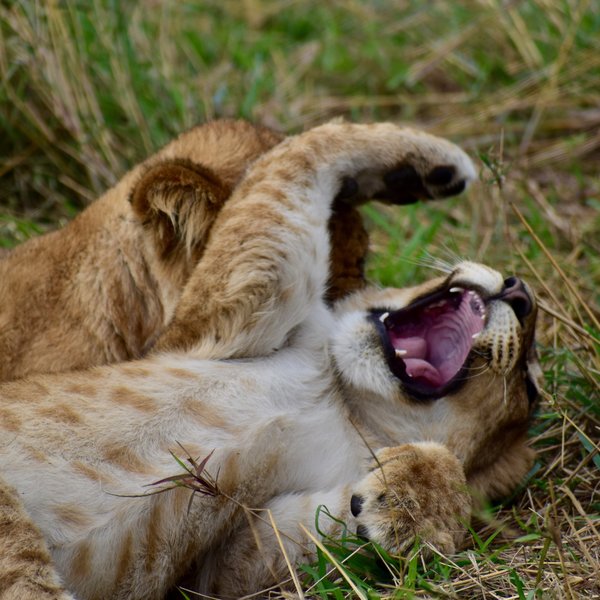
Expert Africa's gallery
When we travel we take lots of photos ourselves to give you a real and un-edited view of the safaris. See our 78 pictures and 1 videos of Serian Serengeti to get the candid view.
View galleryAlex Walker's Serian Serengeti: Our full report
A stylish tented camp - Alex Walker's Serian Serengeti is a mobile tented operation situated in one of two ...
... locations in or around the Serengeti depending on the time of year. Aiming to give guests a simple, authentic bush experience, it's a relaxed and friendly camp which retains a luxurious edge.
We had the immense pleasure of visiting the camps in the Lamai Wedge in October 2019, and the experience was phenomenal! The Serian Serengeti operation moves to two general areas – the northern Lamai Wedge/Kogatende area and the southern Serengeti Plains – during the year, and there are two camps in each location.
From July until mid-November the camp is in the north, and the two camps are known as “Serengeti North” and “Serengeti Mobile Lamai”. The operation is located up in the Lamai Wedge and Kogatende area of the Serengeti - close to the Mara River, which means at the time of year you should be able to witness some great game sightings as the wildebeest migration crosses the Mara River. You can read more about the wildebeest migration here… On our last visit, we had the incredible experience of witnessing a crossing of 2,000+ wildebeest braving the roaring waters of the Mara River as well as the razor-sharp jaws of hungry crocodiles.
From mid-December through until the end of April the operation (meaning both camps) moves down south. One camp, known as “Serian's Serengeti South” is actually inside the western-most portion of the Ngorongoro Conservation Area, bordering the short grass plains of the Maswa Game Reserve and southern Serengeti - within fairly easy reach of both the Serengeti itself, as well as the Ngorongoro Crater (a two-hour drive away). The camp lies 50 kilometers due south of Ndutu, and access to this camp is either by road as a part of a private-guided overland safari or by air to Mwiba Airstrip. Serian's Serengeti South offers complete isolation as it is the only tented camp in this area, and it also offers adventure fly camping.
50 kilometers northwest tucked inside the Kusini area in the Serengeti National Park lies its sister camp, known as “Serian's Serengeti Mobile Kusini”. This camp offers a massive advantage of being in a rhino-breeding area and being near one of the few places inside Serengeti National Park where you can do walking safaris. Furthermore, the camp is south of Ndutu Road, which is the only place in the Serengeti National Park where vehicles can legally drive off road.
In the operation's southern positioning, the camps lie in two very distinctively different areas; so much in fact, that they can even be combined to offer a diverse itinerary. The important thing to remember is that “Serian's Serengeti South” offers a much more adventurous experience with the fly camping element and operating in an area where wildlife is still not accustomed to mainstream tourism whereas the game where “Serian's Serengeti Mobile Kusini” lies in an area where game is used to seeing vehicle with tourists on photo safaris.
The most important aspects to consider with Serian Serengeti are guiding experience, location, and high service standards. Firstly, every booking is guaranteed a private vehicle, guide, and spotter. Secondarily, the operation is always located in a remote area that offers exceptional wildlife viewing – especially for the migration – far removed from mass tourism. Guides like to head out early and return early, avoiding the possible crowds later in the morning. And finally, the operation's exponentially high staff-to-guest ratio makes for unrivaled high service levels.
The camps are mirror images of one another and consist of 6 meru-style tents are simply furnished and decorated in a traditional safari style. Expect comfortable wrought iron beds, velvet sofas, and rugs covering the floor. All have en-suite plumbed bathrooms with flushing loos, and a basin with a jug of water by the sink. These are not posh or pretentious, but the eclectic furniture gives them a shabby chic feel. They are not slick and shiny, but nor are they trying to be; this is an unfussy bush experience where everything works seamlessly.
Four tents are suitable as a double, twin or triple. There are then two family tents which consist of two interconnecting bedrooms with a central lounge.
The communal mess tent is where guests will gather for a drink and dine together in the evenings. The dark canvas walls and antique sofas created a cosy, homely atmosphere where you can relax and watch the world pass you by. The Serian operation has a very high staff-to-guest ratio, and we were floored by how great the service and attention to detail were on our last visit. Amongst the staff and guests, however, a very relaxed and comfortable atmosphere is maintained.
There is no guest WiFi anywhere in the camp, and we did not miss it. A stay at Serian Serengeti is really about getting back to nature and having a real bush experience where guests are encouraged to disconnect. In a world where safari camps are increasingly trying to compete to have the most luxurious tents, WiFi and mod cons, Alex Walker Serian Serengeti delights in the simplicity of an authentic safari with excellent guiding and great food and service.
Activities tend to be focused on game drives and walking safaris, and where possible their guides like to take you off the beaten track and in to more remote areas of the park. If you stay at “Serian's Serengeti South”, “Serian's Serengeti Mobile Lamai” or “Serian's Serengeti North” you can get a real feeling of being out in the wilderness by taking advantage of their fly camp (which is included in the price) - a simple dome tent set up in the middle of the bush, with short-drop toilet and bucket shower.
Activities
4WD Safari
Birdwatching
Fly-camping
Guided walking safari
Hot air ballooning
Private activities
Families & children
- Attitude towards children
- The camp welcomes children, but not young babies. There is a strictly enforces a minimum age of 12 for walking safaris.
- Property’s age restrictions
- No formal age restrictions, but babies are not accepted.
- Special activities & services
- The camp can happily arrange child friendly activities such as making bows and arrows and going on nature walks. Because a private vehicle is included in the cost you can plan your activities to suit your family's needs. There is also the chance for some cultural interaction, which children may enjoy.
- Equipment
- Serian Serengeti has cots available but no high chairs.
- Generally recommended for children
- The relaxed atmosphere at Serian Serengeti would make it a good option for families with children; however, as with all bush camps - we'd recommend this only for mature children over the age of 8, as game is free to wander through throughout the camp.
- Notes
- Parents must note that children are always their responsibility.
Food & drink
- Usual board basis
- Full Board & Activities
- Food quality
- We found the food at Serian Serengeti to be exceptionally delicious on our October 2019 stay. Breakfast is served with both hot and cold options with eggs, bacon, sausage, and vegetables cooked to order as well as a buffet of cereals, breads, fruits, and yoghurt.
Most guests, including ourselves, spend the day on game drive in the park, so the camp prepares a box lunch consisting of something simple, such as roast chicken, fruits, and bread roll in addition to preferred drinks, which are arranged in advance.
Dinner is a special occasion every night at Serian Serengeti, and guests can expect a festive atmosphere when dining along with the highly engaging guides and camp managers. The staff serves 'family style' dishes on large, silver plates where guests select the portion that is just right for them for each course. We enjoyed delicious warm tomato and basil soup for a starter, rosemary lamb shank for a main course, and a rich, savoury chocolate cake for dessert. If Alex Walker is in camp himself, he dines with the guests and makes for excellent and entertaining conversation and reflection on the day's game viewing experiences. - Dining style
- Group Meals
- Dining locations
- Indoor and Outdoor Dining
- Further dining info, including room service
- If a couple particularly wanted to dine privately in their tent it could be arranged.
- Drinks included
- Most drinks are included with the exception of premium wines, spirits and champagnes, which are at extra cost.
Our travellers’ wildlife sightings from Serian Serengeti
Since mid-2018, many of our travellers who stayed at Alex Walker's Serian Serengeti have kindly recorded their wildlife sightings and shared them with us. The results are below. Click an animal to see more, and here to see more on our methodology.

100% success

100% success

100% success

100% success

100% success

100% success

100% success

83% success

83% success

83% success

60% success

50% success

25% success

25% success

20% success

0% success

0% success

0% success
Getting there
- Location
- Serengeti Migration Area, Tanzania
- Ideal length of stay
- Stay here for 3-4 nights, or more if you want to do some fly-camping too.
- Directions
- Reach the north camp by flying to Kogatende or Lamai airstrip - the camp is then just 20 minutes drive away from either airstrip. Reach the south camp by flying to Ndutu or Mwiba and then transferring.
- Accessible by
- Fly-and-Transfer
Communications
- Power supply notes
- Generator is run for 4 hours in the morning when guests are out and is shut off before they return.
- Communications
- There is no WiFi in camp, however if guests need to connect then it is possible to drive to the nearby rangers’ post where WiFi can be picked up. The managers can help you to check in to you international flight if needed.
- TV & radio
- None
- Water supply
- Other
- Water supply notes
- Borehole in the north and water tower and well in the south
Health & safety
- Malarial protection recommended
- Yes
- Medical care
- All guides and managers are first aid trained.
- Dangerous animals
- High Risk
- Security measures
- There is a small team of night watchmen on duty. There are torches and whistles in the tents in case of emergencies.
- Fire safety
- There are fire extinguishers in the central area.
Useful info
- Disabled access
- On Request
- Laundry facilities
- A laundry service is included however due to cultural sensitivities lady’s underwear is not accepted.
- Accepted payment on location
- There is a small curio shop and all items will need to be paid for in cash. The camp accepts all major currencies, including US dollars and GB pounds.
Plan and book your trip with Expert Africa
All of our trips are tailor-made, so we'll always adapt them to suit you. Talk to an Expert and let us plan and arrange your perfect trip.

Talk to an Expert
Call or email us now! We’ll match you with the Specialist in our team who is best suited to help you. Then together we can start planning your trip.

Set up your itinerary
Based on our experience and your ideas, your specialist will create a detailed, costed itinerary. We’ll refine it together, until we have a trip that you’re perfectly happy with.

Prepare for your trip
The same Specialist will make the seamless arrangements for your trip, send you detailed travel documents, and be available to answer any questions before you depart.

Travel with peace of mind
After you set off, you’ll be cared for by our partners in Africa, most of whom have worked with Expert Africa for decades. And if you ever need us urgently, we’re available 24/7.

When you return
We love to learn about your trip, and so will always be grateful if you’ve the time to give feedback to your Specialist when you return.
Alex Walker's Serian Serengeti's location
Look closer at the environment and surroundings of Serian Serengeti.
Excursions from Serian Serengeti
Optional extra day-trips and excursions possible whilst you're staying at Serian Serengeti. Talk to us: these are usually best arranged before you go.
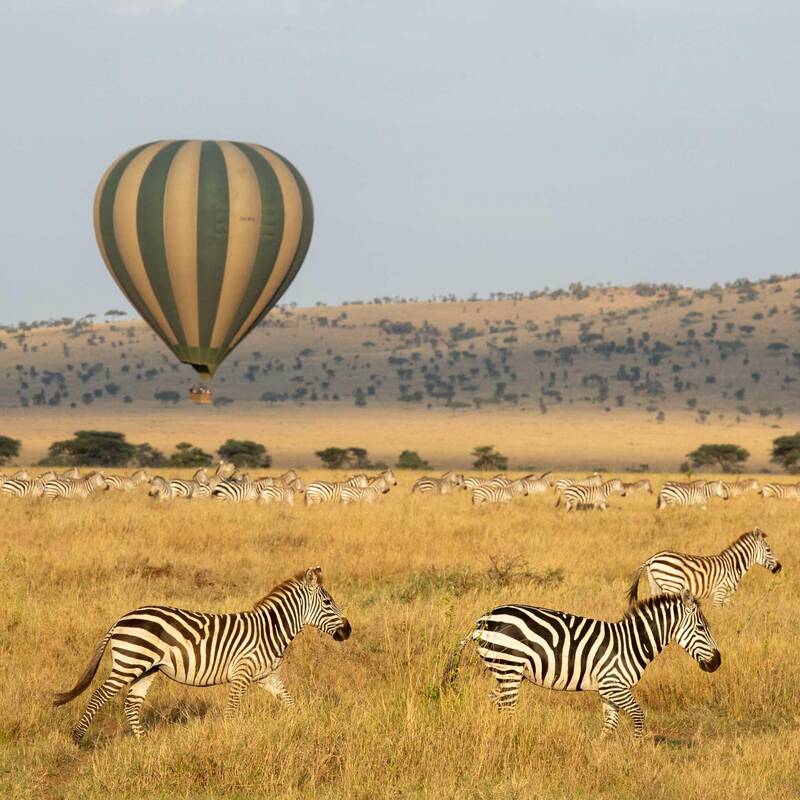
Balloon Safari over the Serengeti
Three hours - approx. one hour flight
As the sun rises over the Serengeti National Park in northern Tanzania, climb aboard for an extraordinary adventure. For an hour you’ll float in a hot air balloon over beautiful savannah and woodland and a diversity of plains wildlife.
More about Balloon SafariOther lodges in Serengeti Migration Area
Alternative places to stay in this same area.
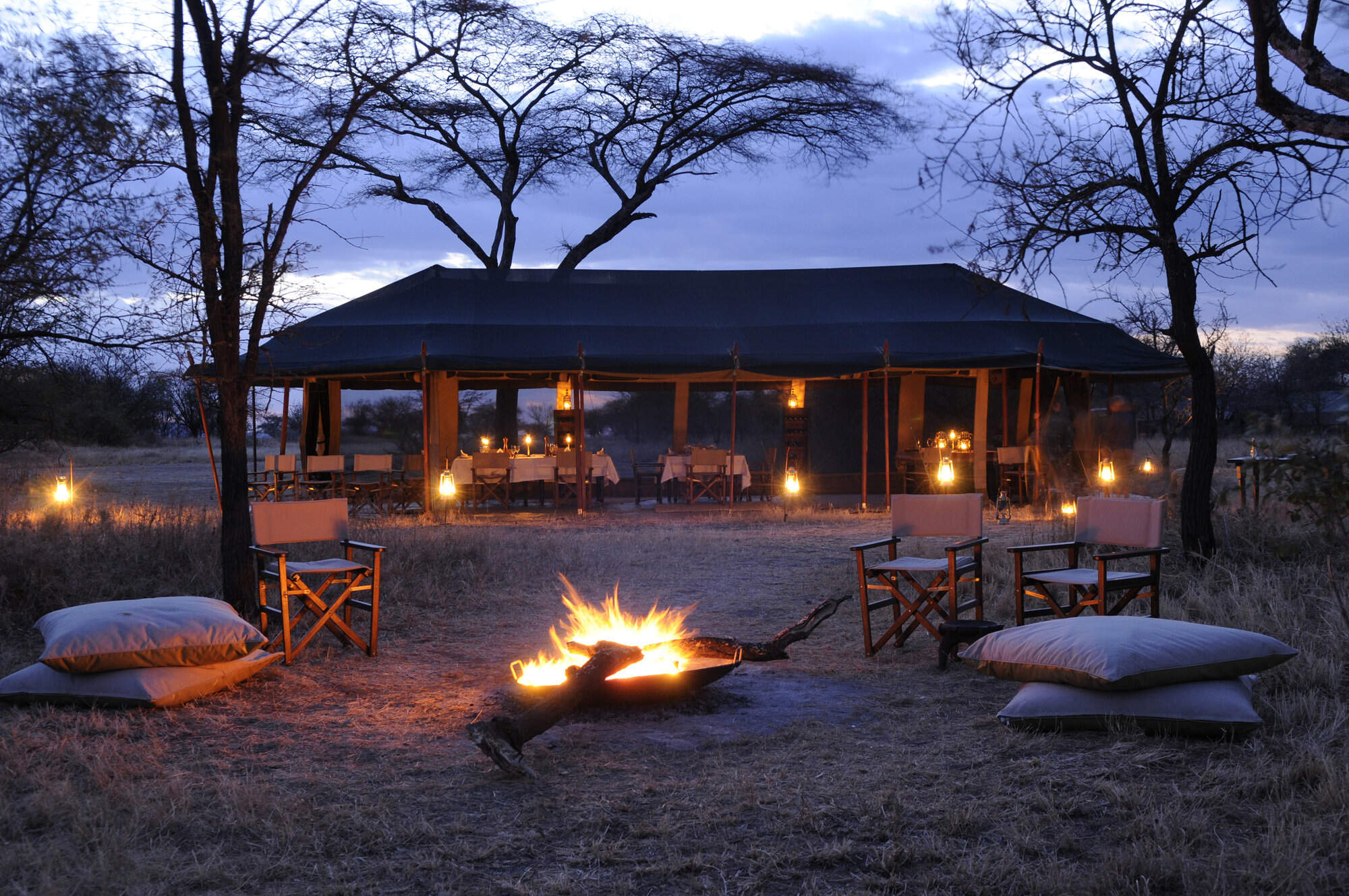
Olakira Camp
Comfortable, friendly and relaxed, Olakira Camp moves between the Mara River and the southern Ndutu area, in line with the wildebeest migration.
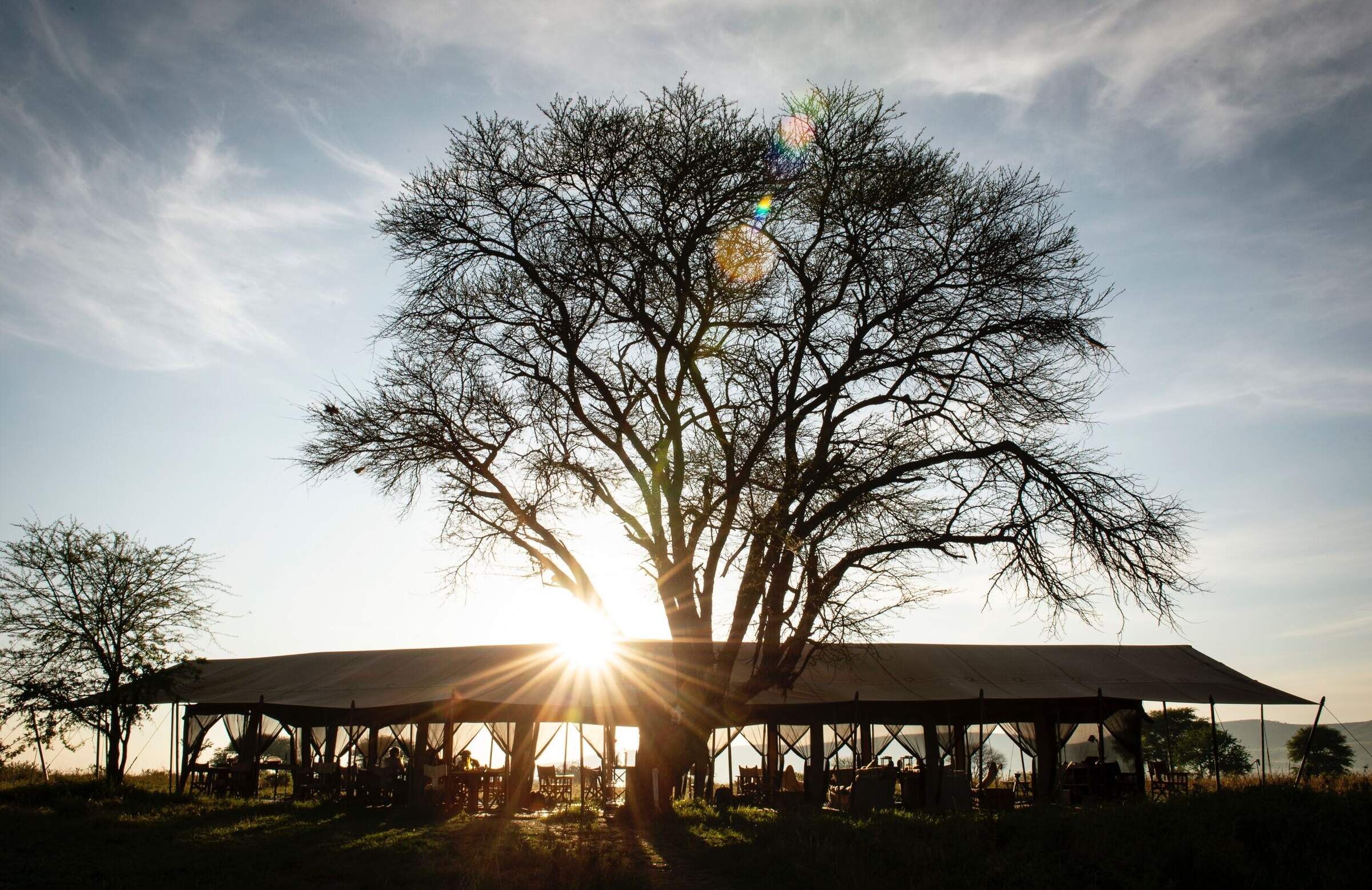
Nomad Serengeti Camp
Serengeti Safari Camp is a well-appointed tented camp that moves several times a year to follow the predicted path of the migration.
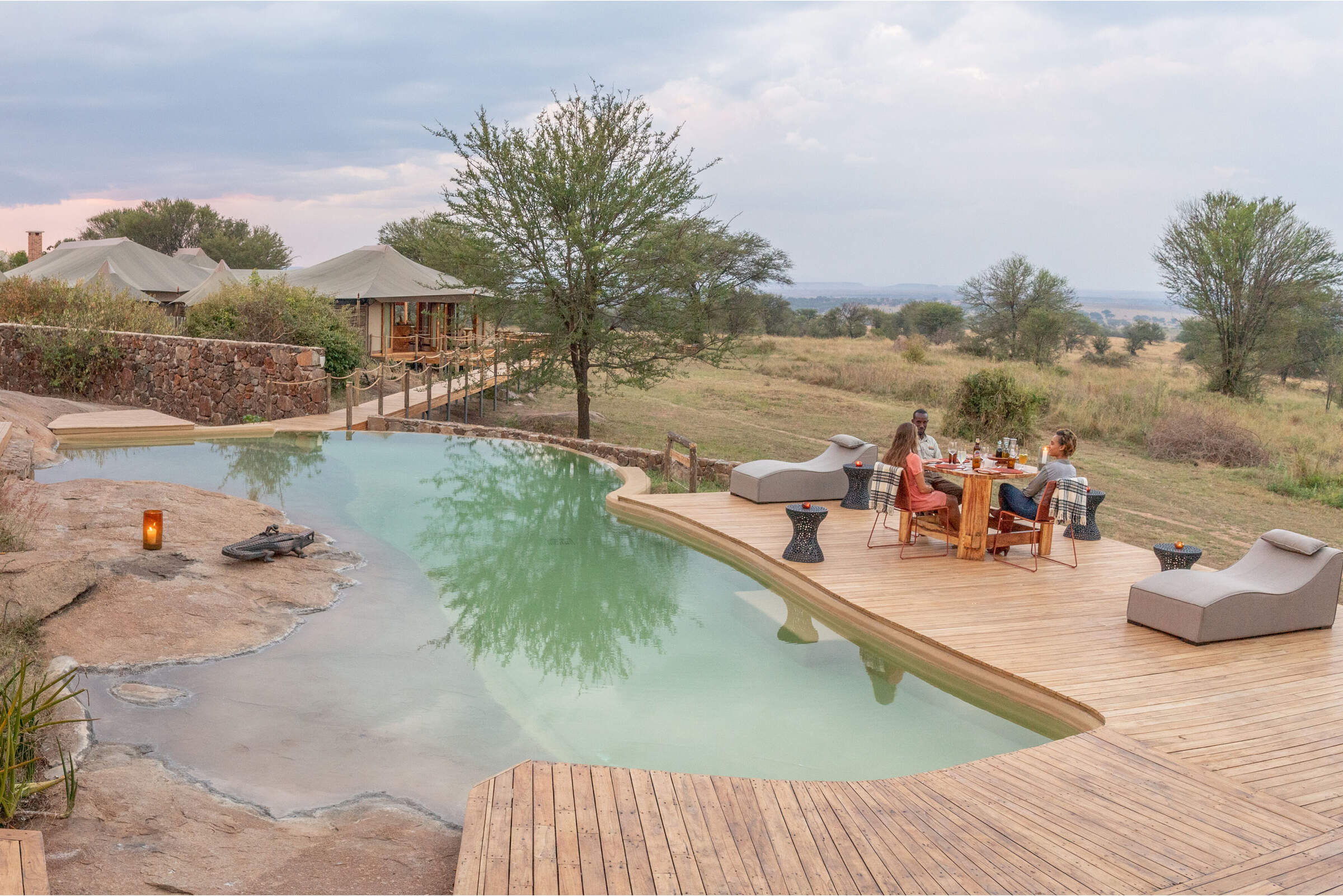
Sayari Camp
In the northern Serengeti, near the Mara River, luxurious Sayari Camp offers excellent wildife all year – boosted further by the wildebeest migration.
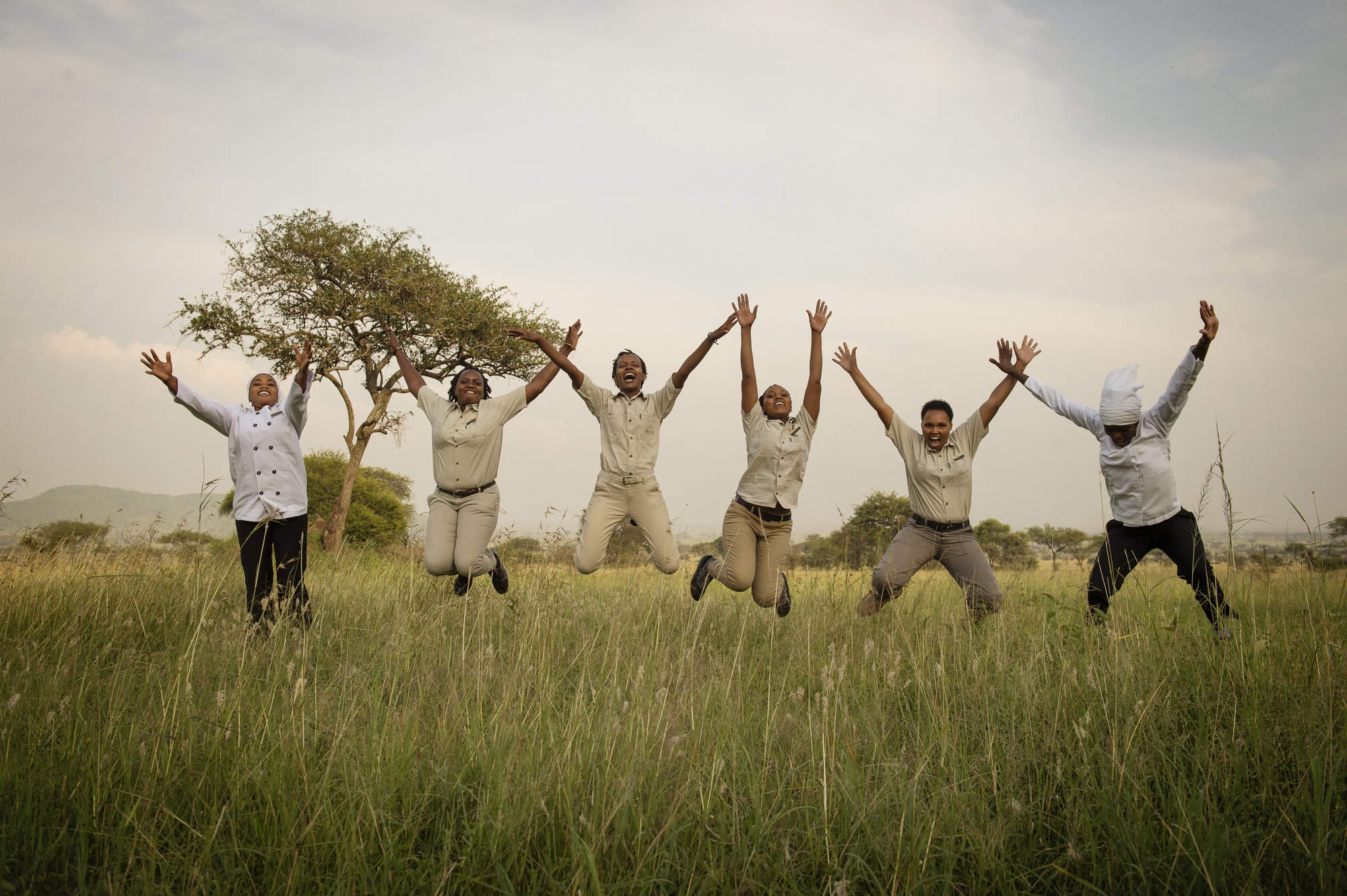
Dunia Camp
Dunia Camp is well located for the migration from December to March, and has excellent game viewing for the rest of the year.
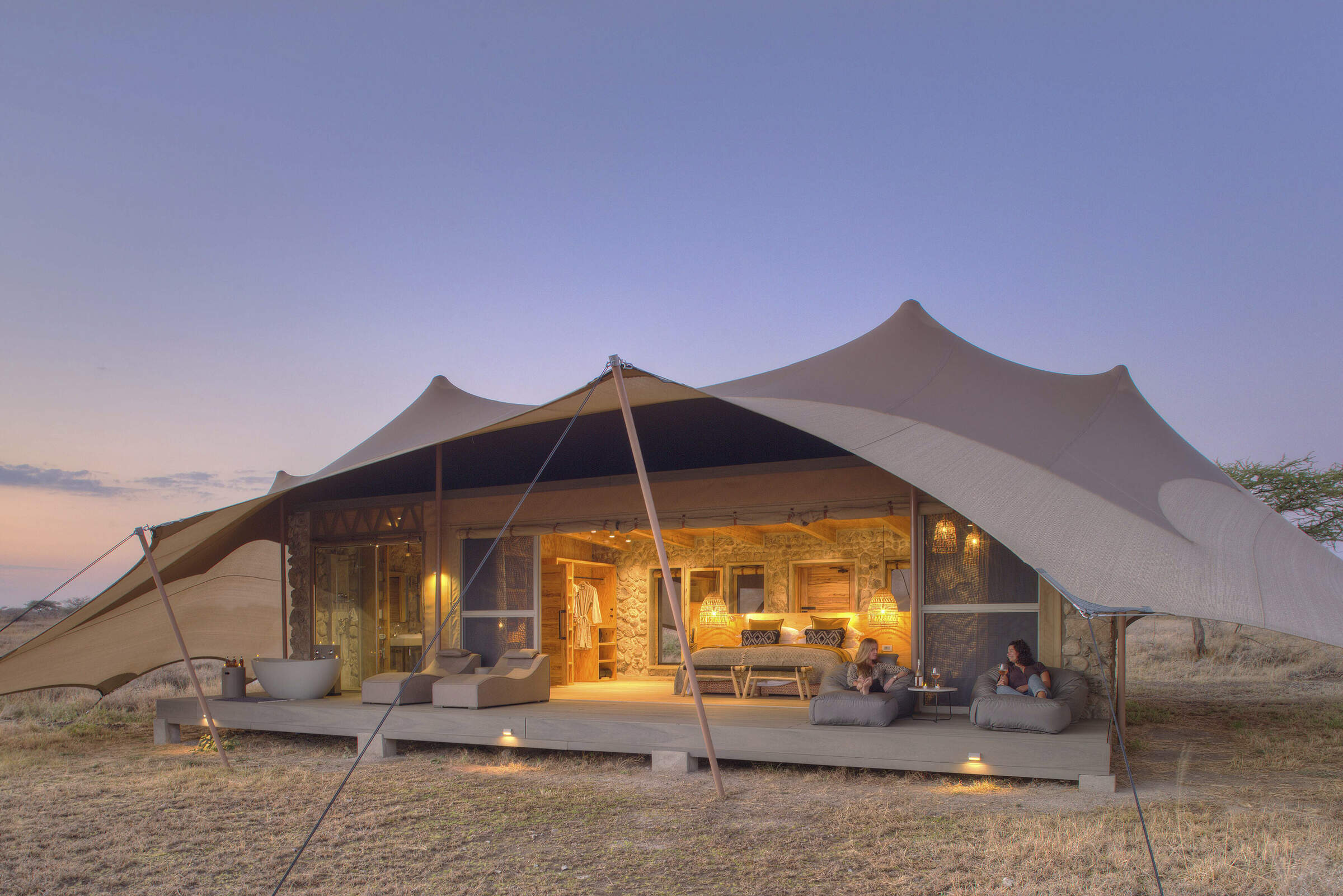
Namiri Plains Camp
Namiri Plains is one of the best camps in the Serengeti and its remoteness ensures a fantastic wildlife experience away from the crowds.
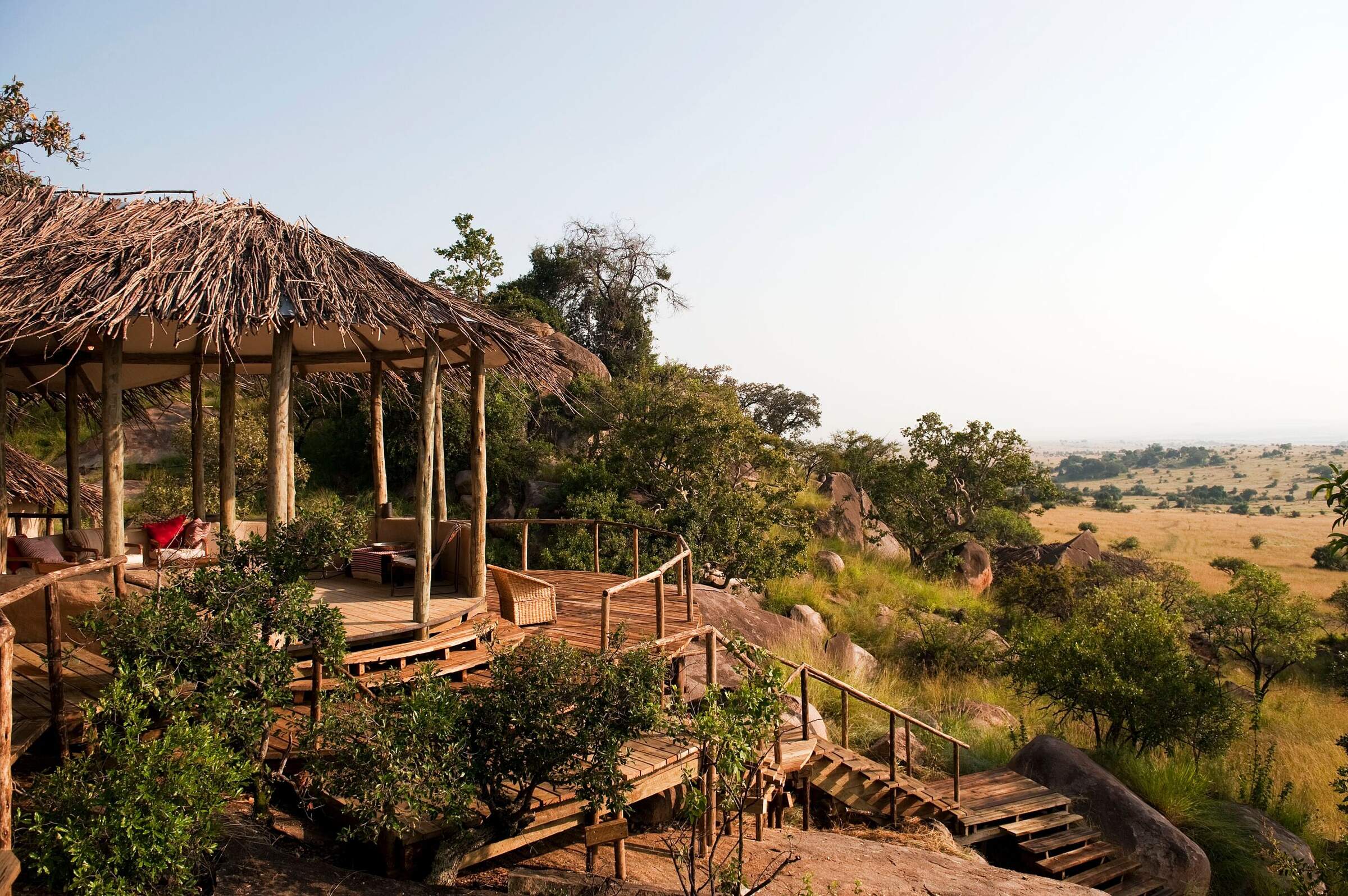
Lamai Serengeti
Set high in the kopjes with fantastic views, Lamai Serengeti offers top service and guiding and good migration sightings from Jul-Oct.
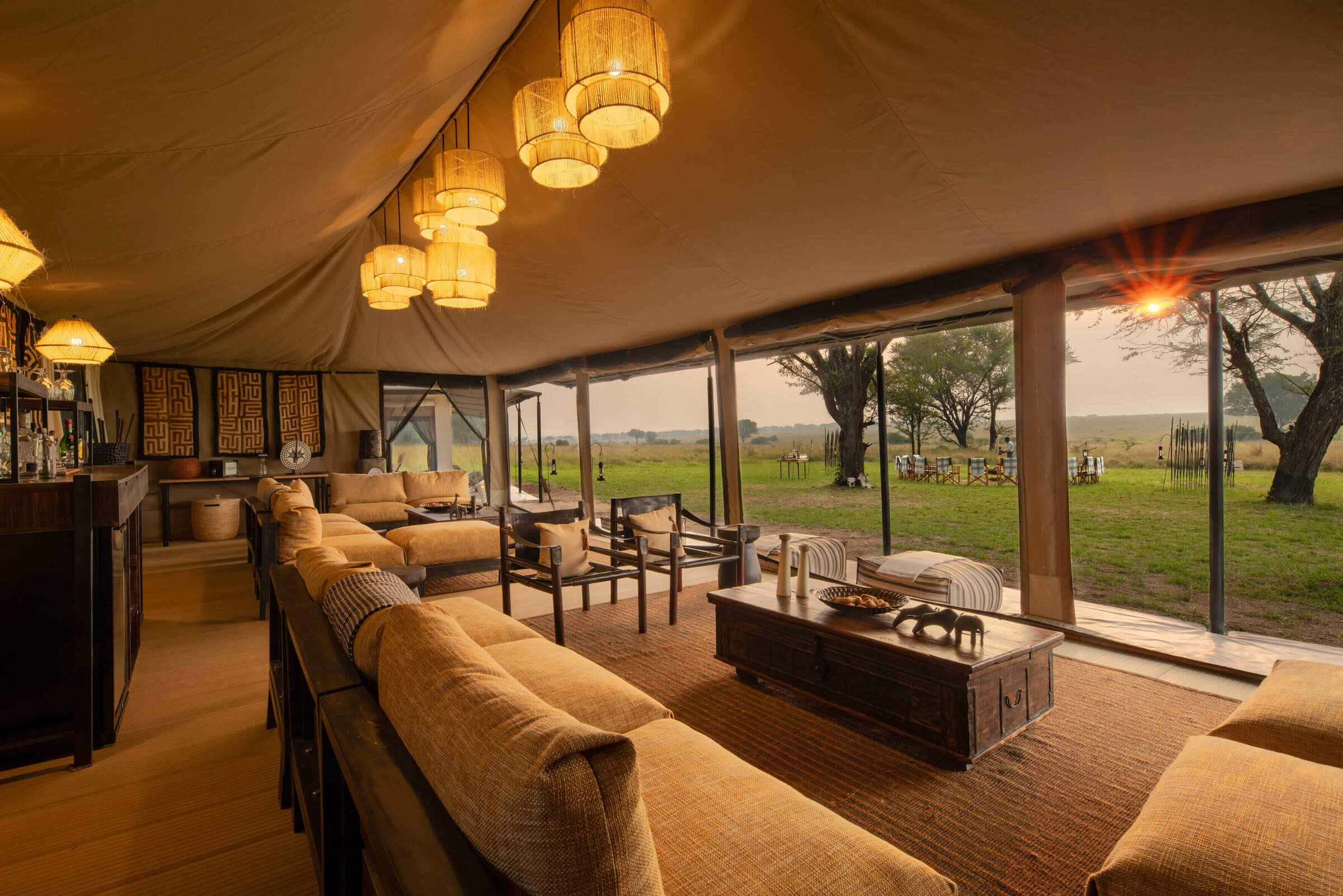
Ubuntu Camp
Ubuntu Camp has several locations in the Serengeti, following the wildebeest migration, so it is often in a great location to see the herds.
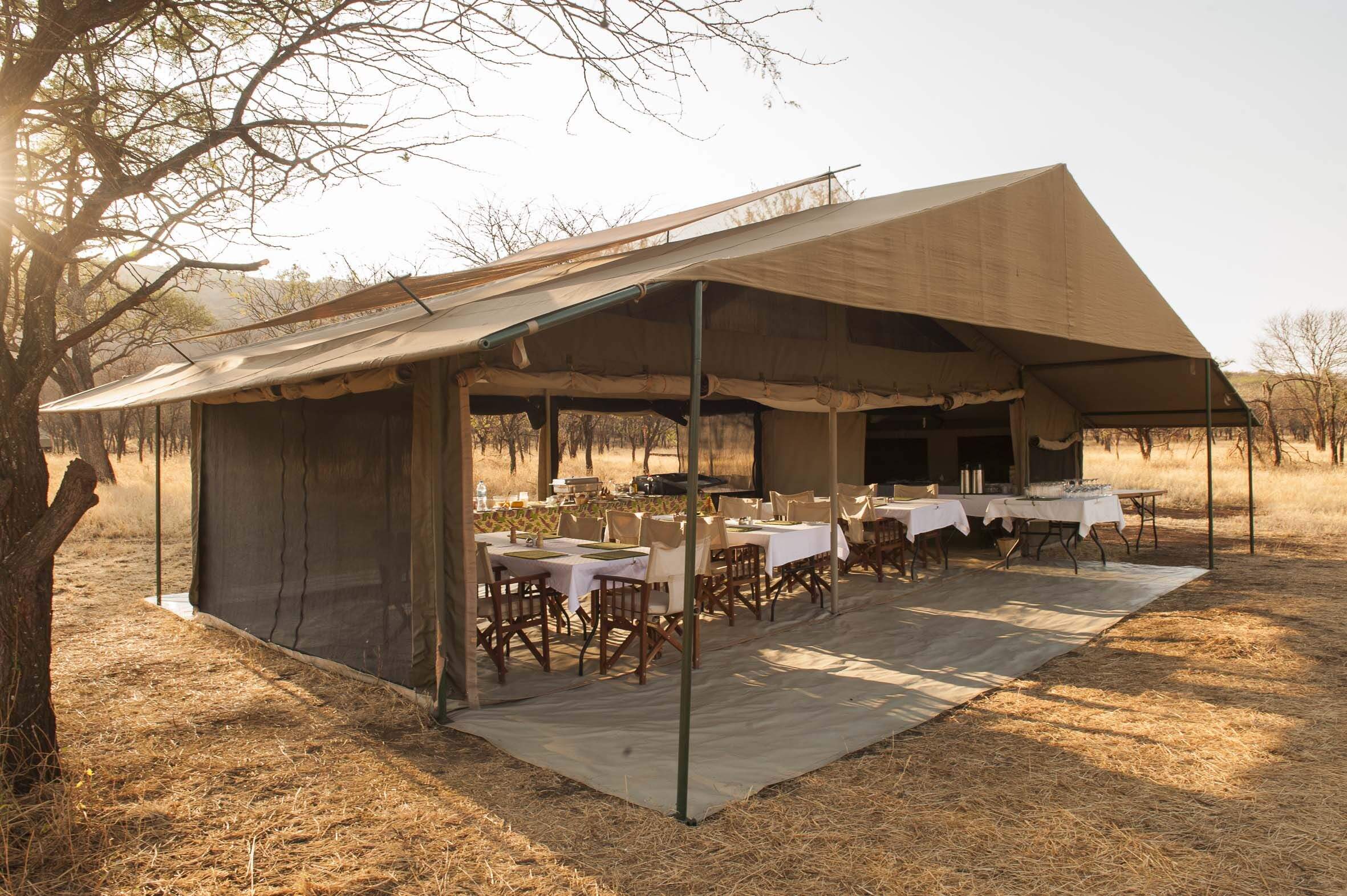
Kati Kati Camp
Kati Kati is a small, very simple bushcamp, which is well-positioned to explore the wildlife-rich Seronera area.
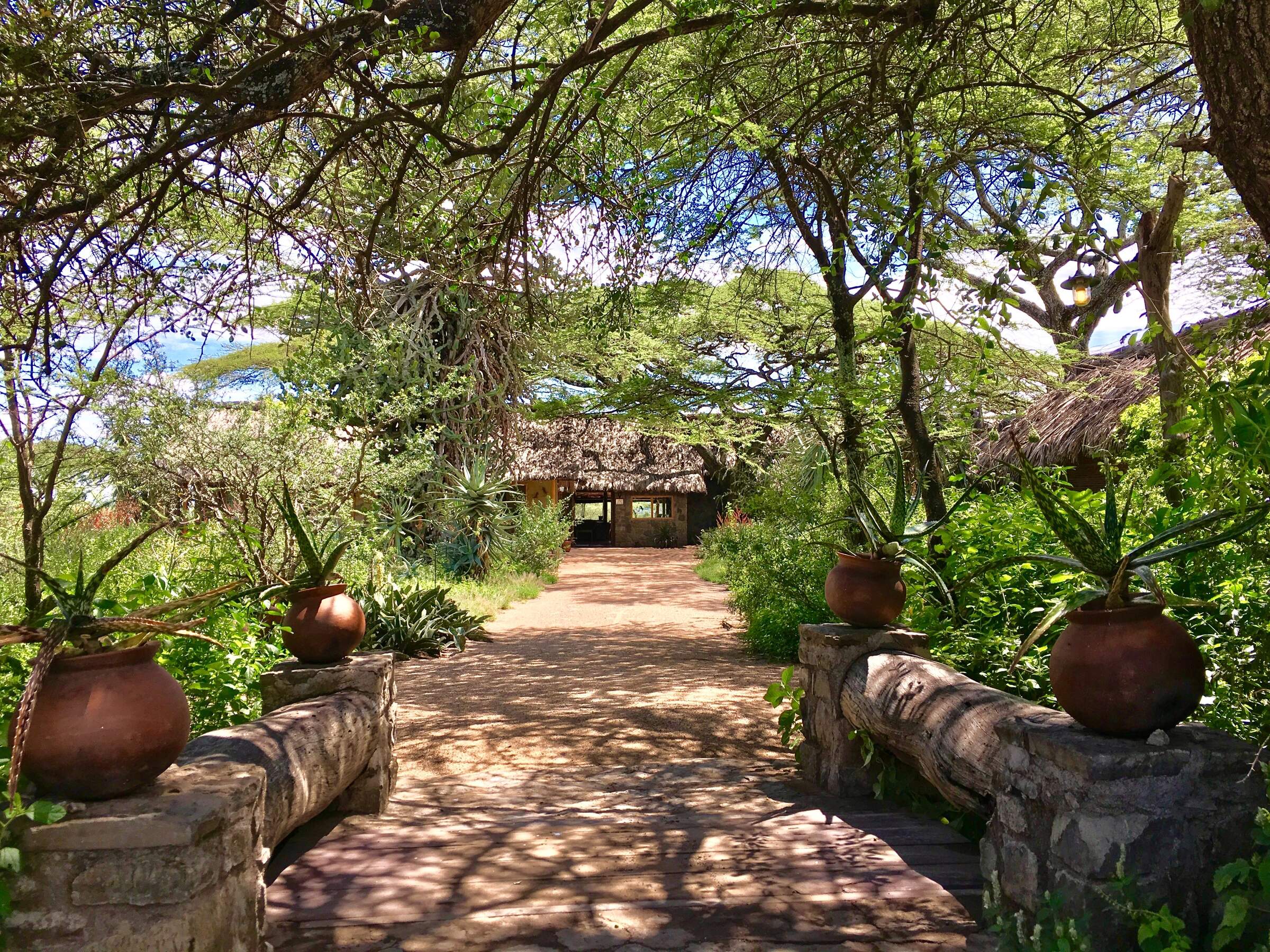
Ndutu Safari Lodge
Large and economical, but not luxurious, Ndutu Safari Lodge is well located in the southern Serengeti, so book early to get space.
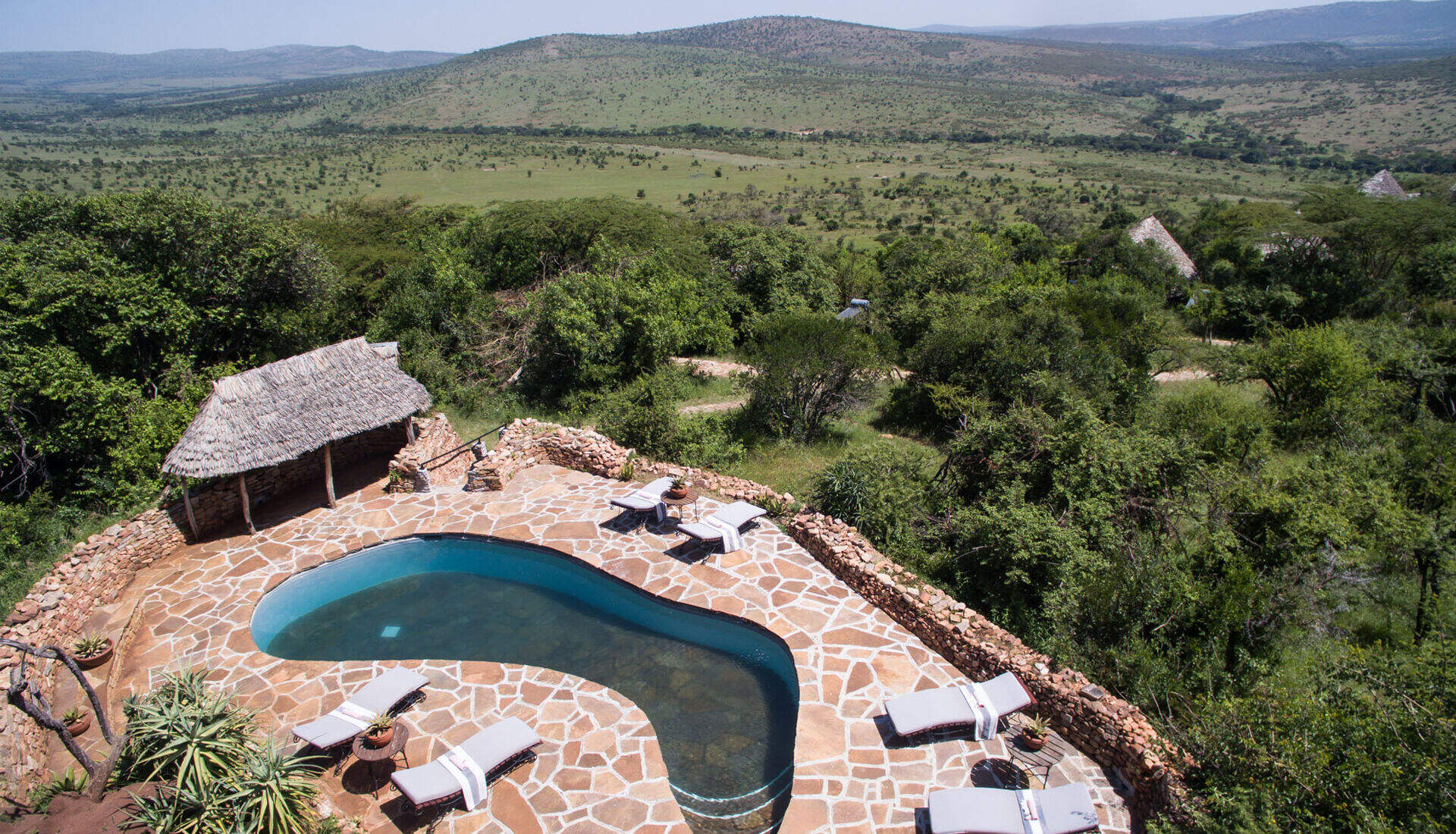
Klein's Camp
Klein's Camp, in a private area of the northern Serengeti, sets high standards. Activities include walks, nights drives and Maasai village visits.
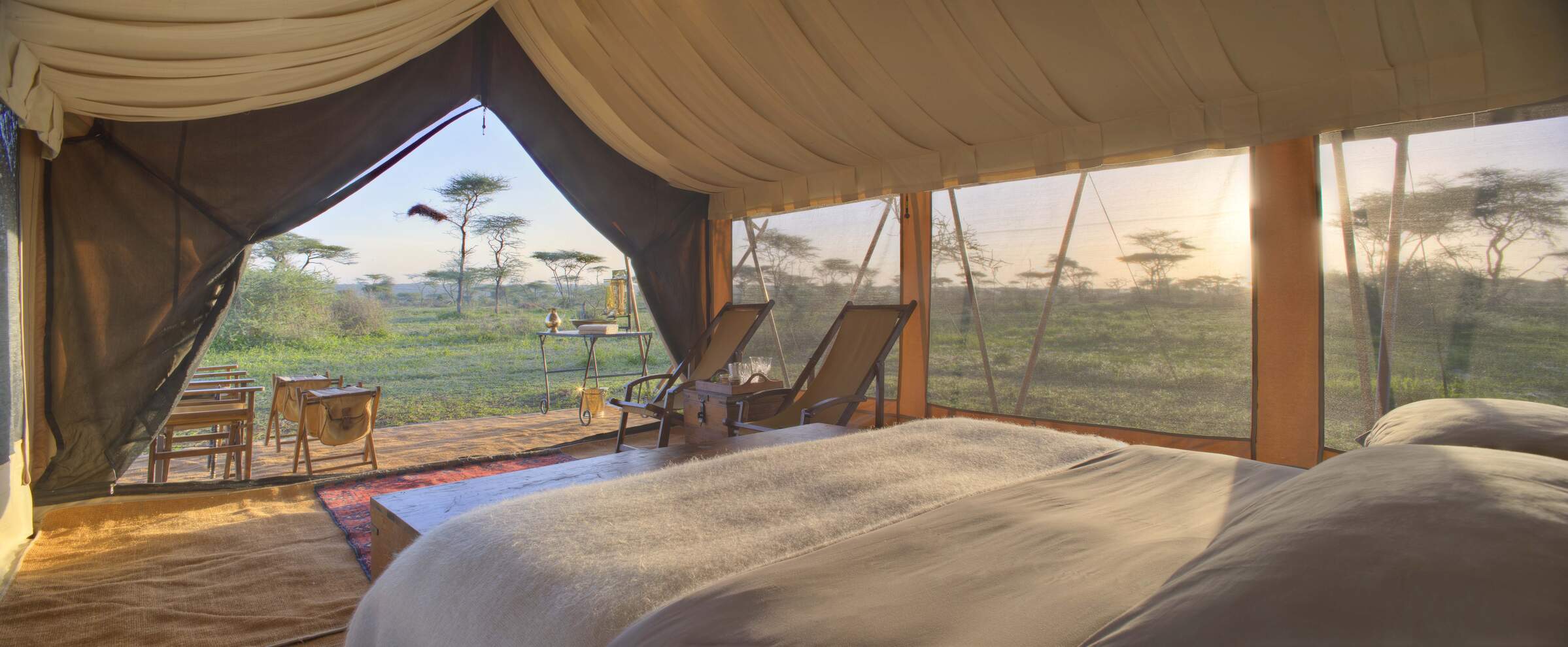
Serengeti under Canvas
Two of the three Serengeti under Canvas camps move through the Serengeti National Park every few months to follow the wildebeest migration.
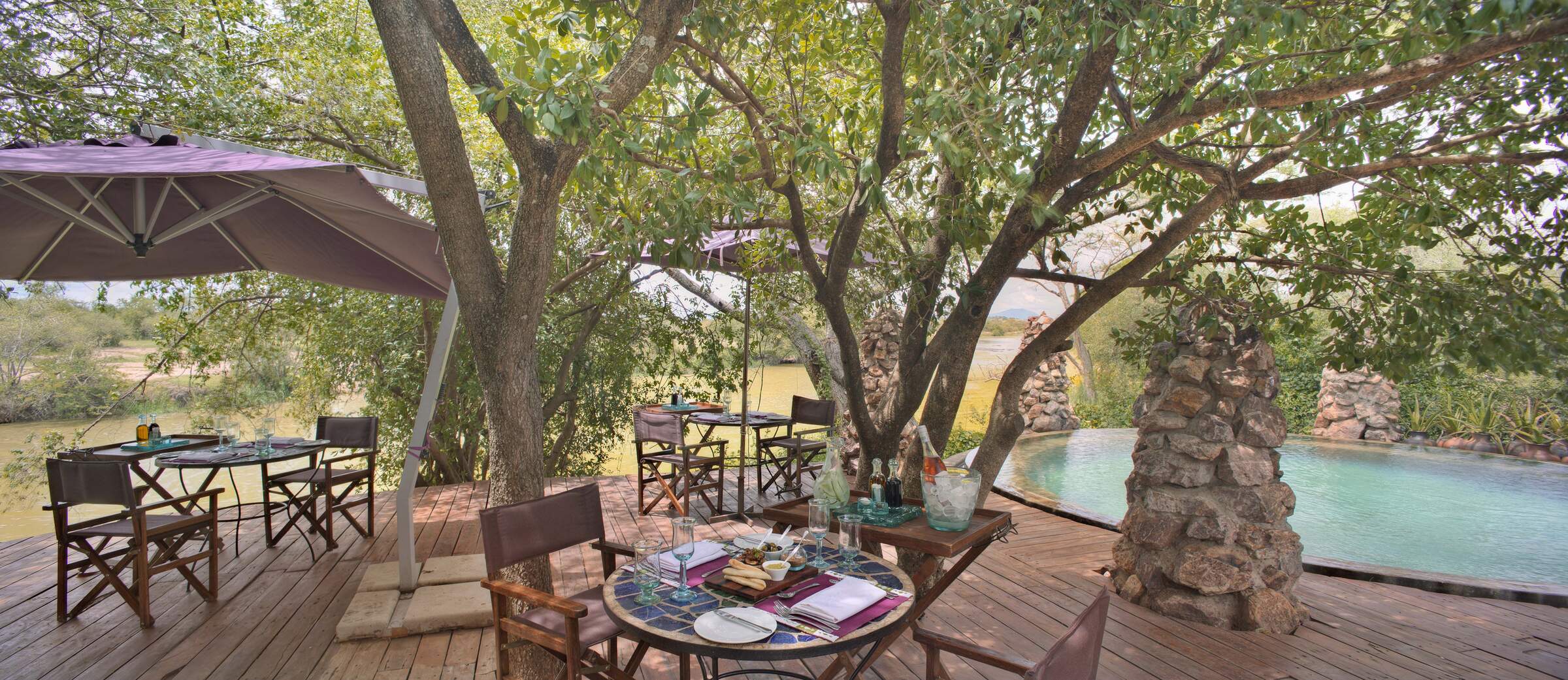
Grumeti River Camp
Grumeti River Camp offers a laid-back atmosphere combined with top service, first-rate food, expert guiding and an excellent location.
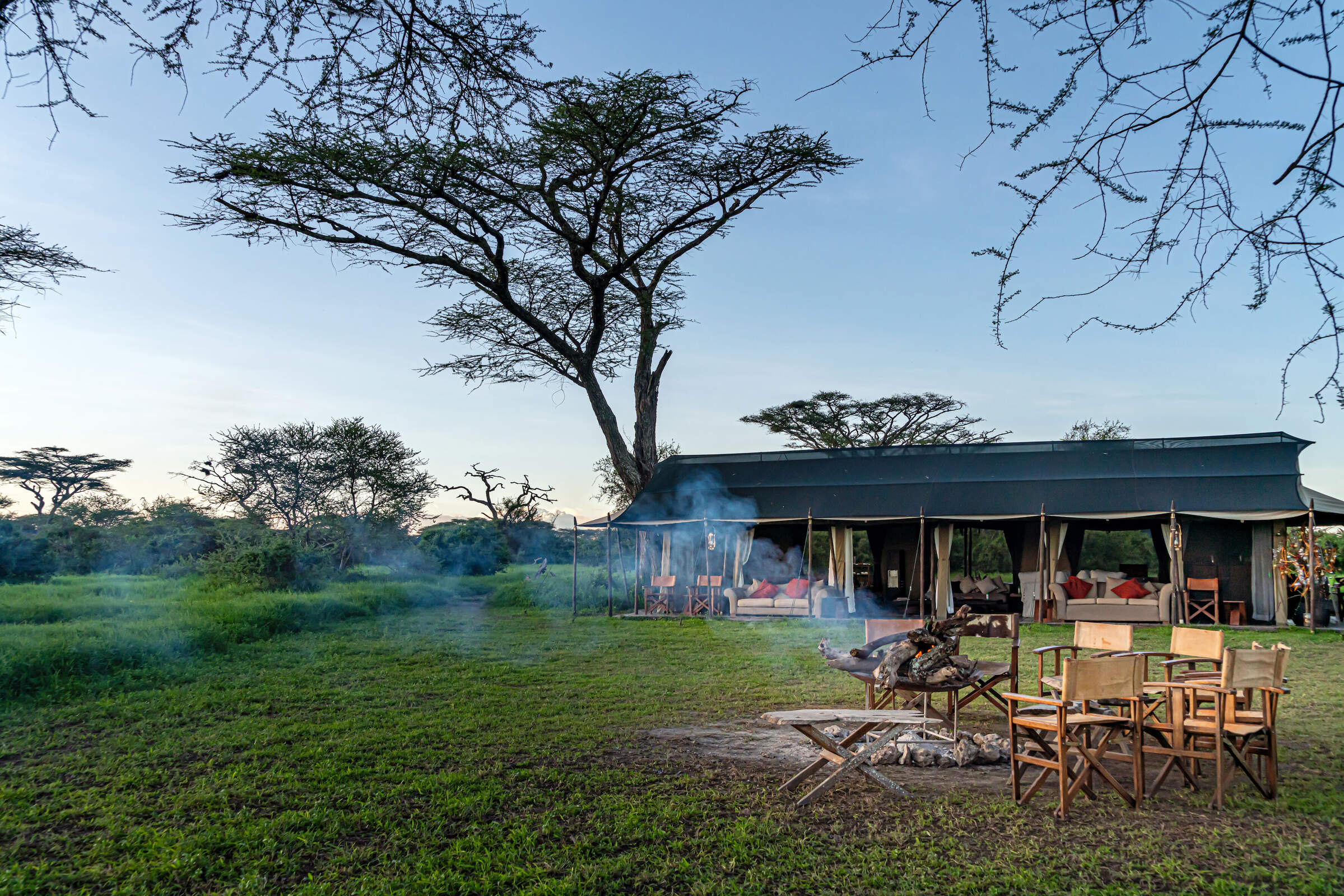
Lemala Mara-Ndutu
Lemala Mara-Ndutu is a semi-permanent camp that moves between the north and south of the Serengeti to witness the wildebeest migration.
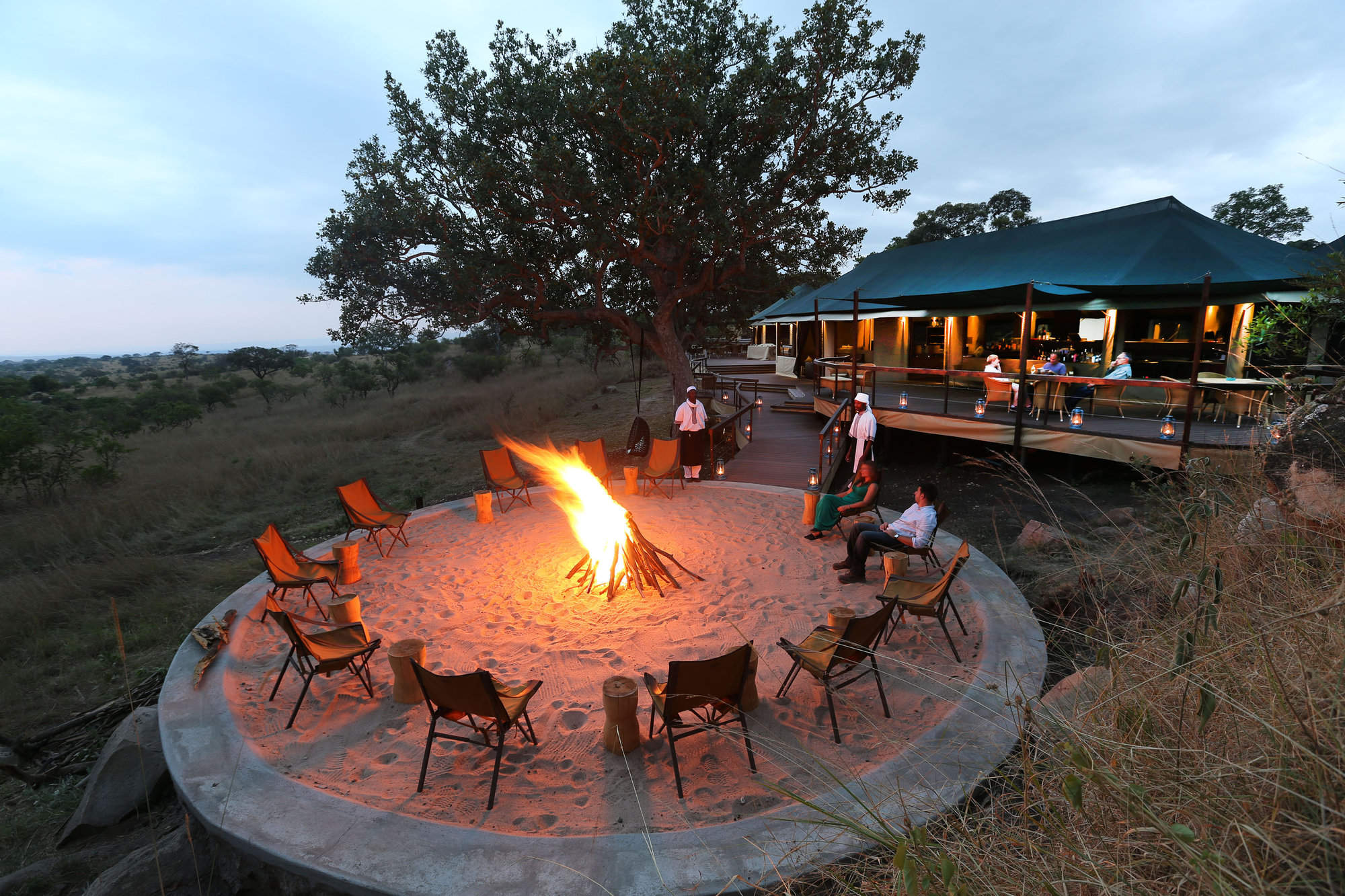
Lemala Kuria Hills
Lemala Kuria Hills is a luxury permanent camp that is ideally located for wildlife all year around, but especially during the wildebeest migration.
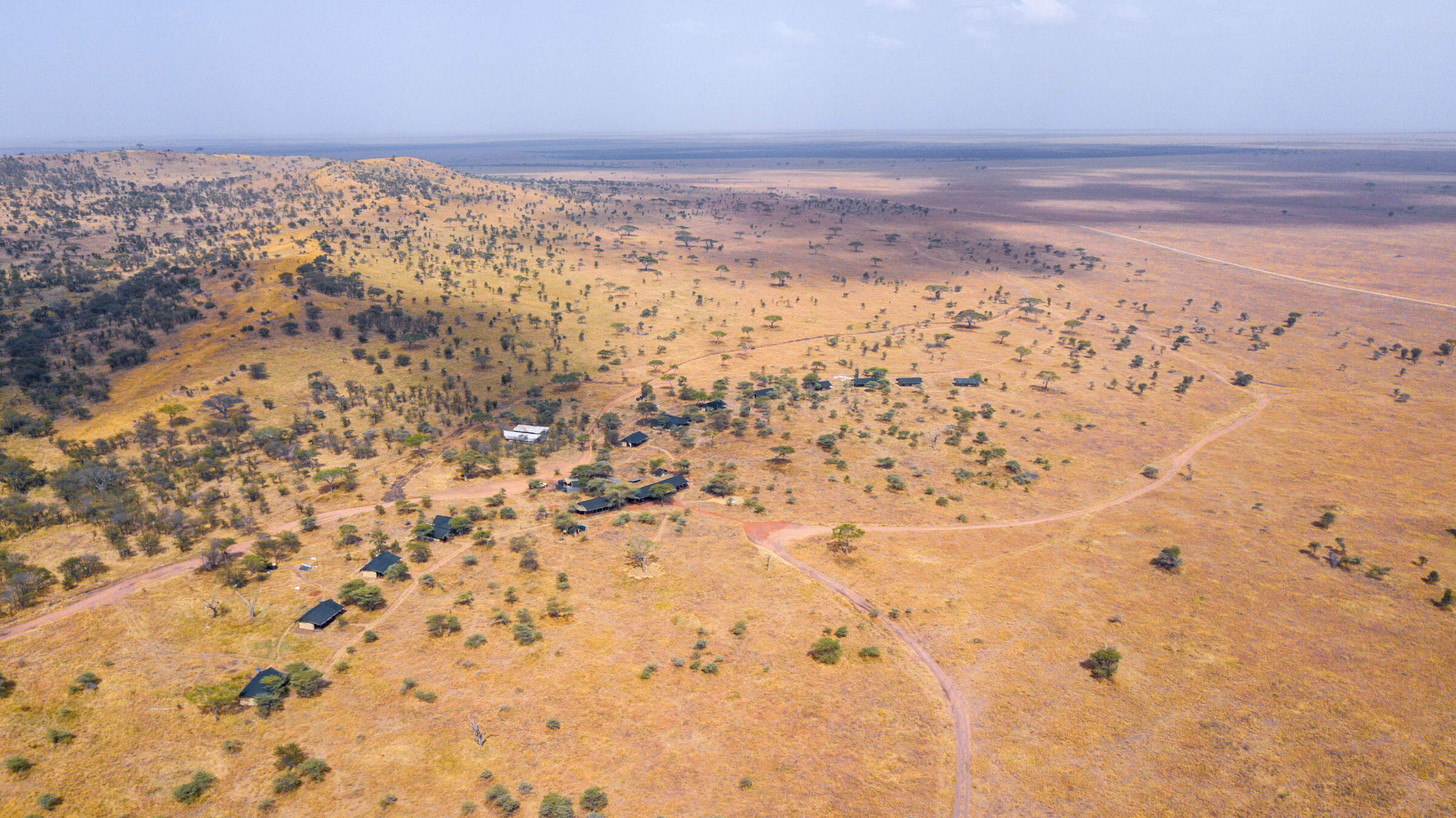
Lemala Ewanjan
Lemala Ewanjan is a comfortable and stylish tented camp in the Seronera area of the central Serengeti National Park.
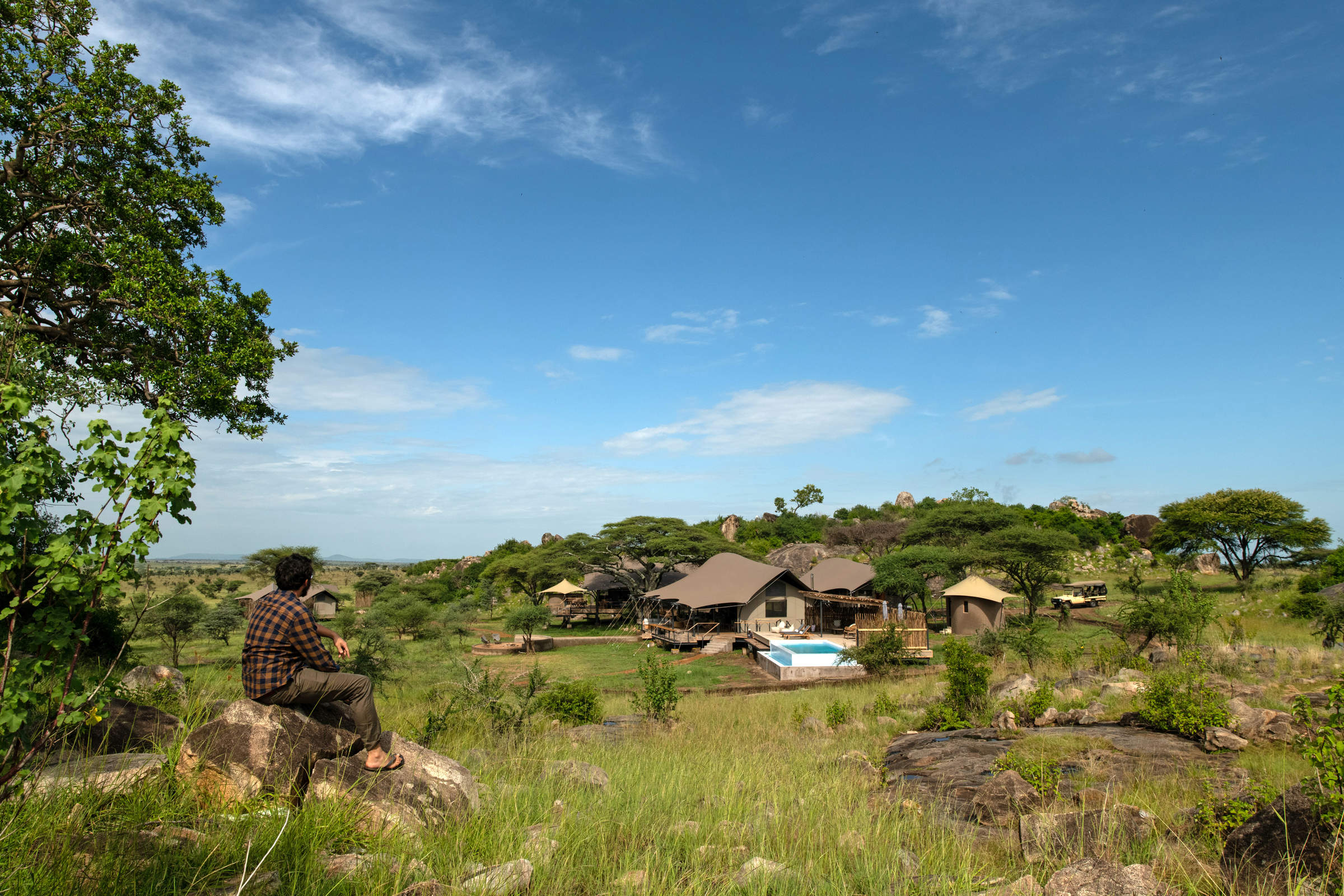
Lemala Nanyukie
Lemala Nanyukie is a stylish camp located in the quieter part of the central Serengeti.
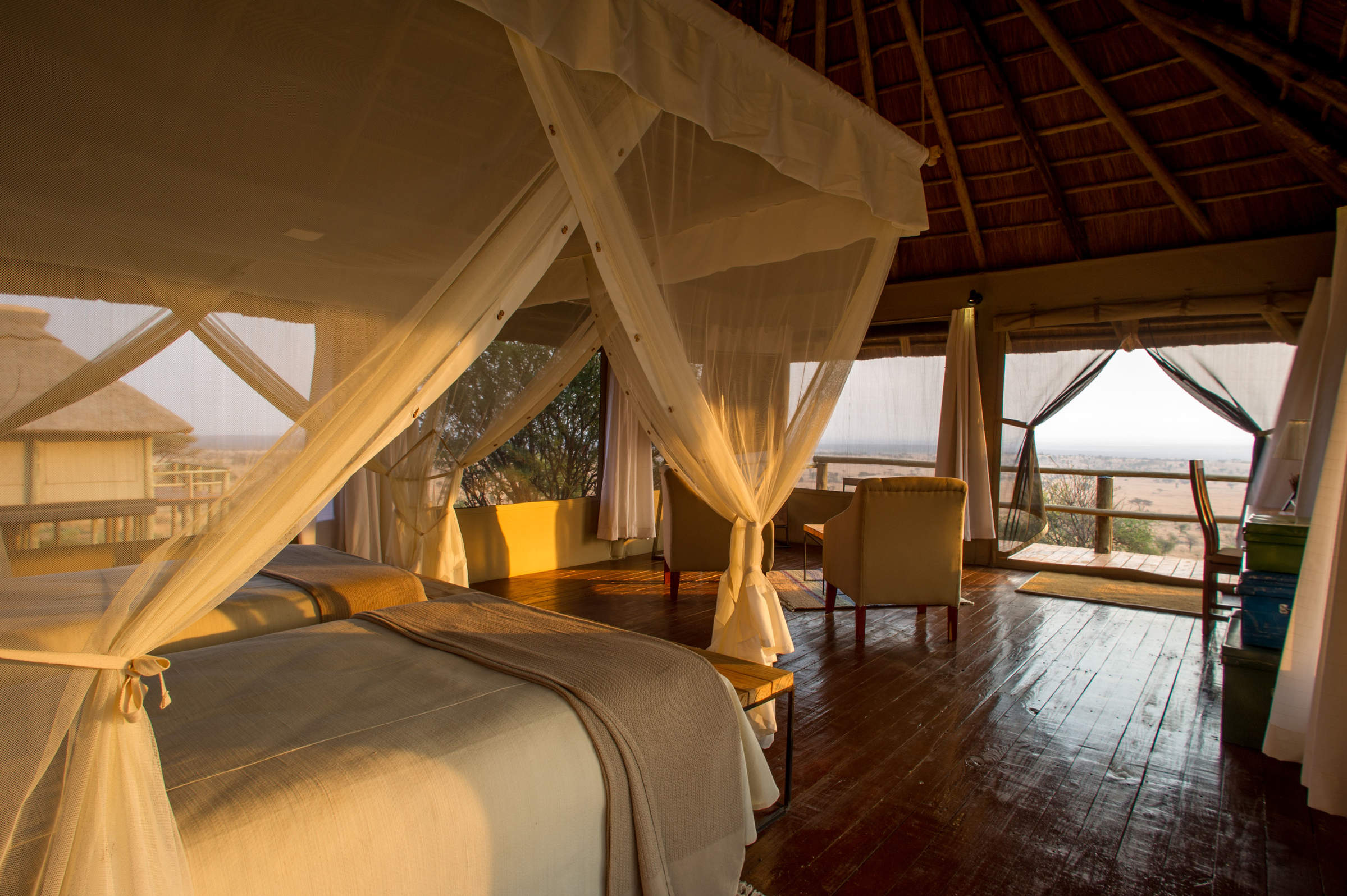
Kubu Kubu
Kubu Kubu is a contemporary, tented lodge, well located in the central Seronera area of the Serengeti National Park.
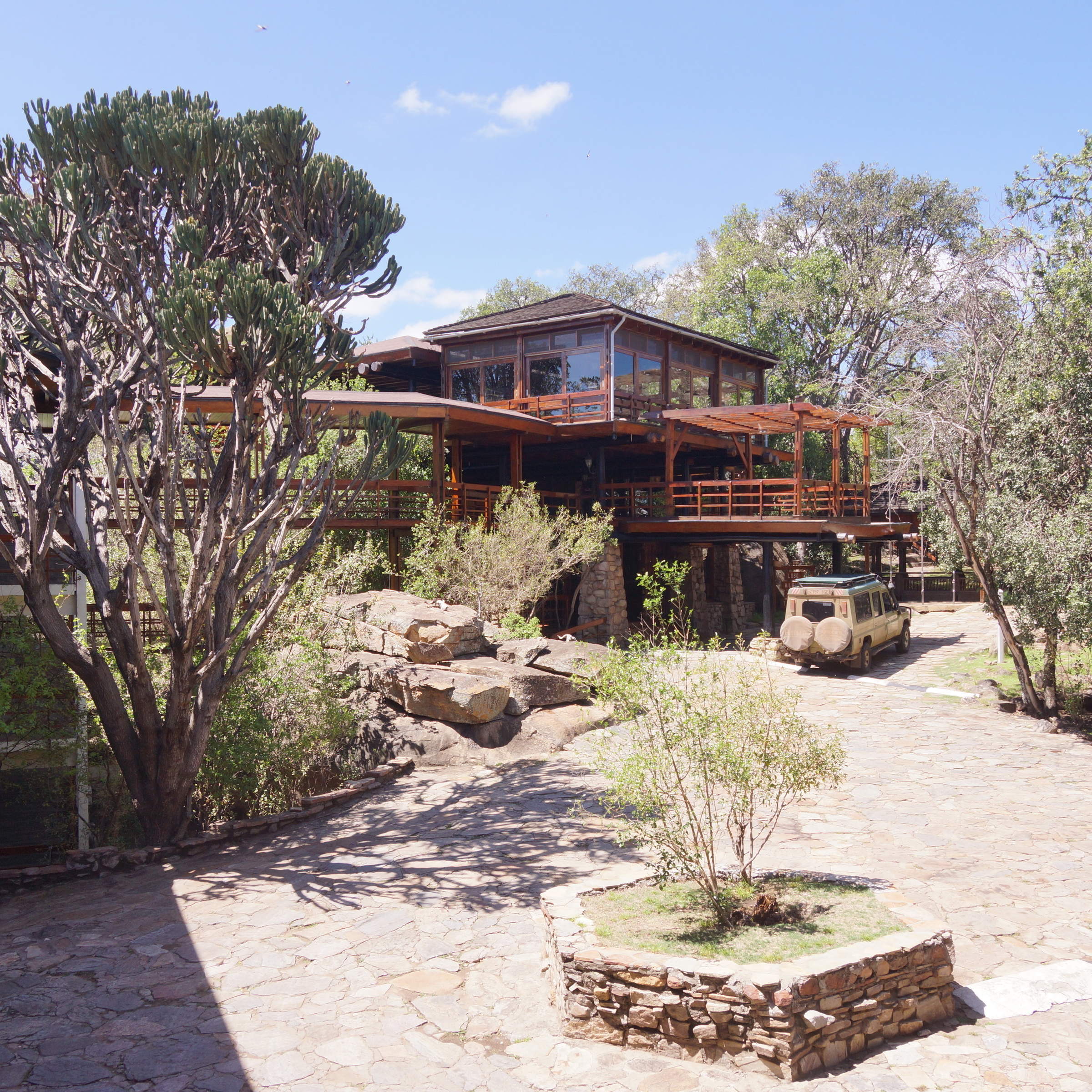
Lobo Wildlife Lodge
The large Lobo Wildlife Lodge has simple, functional rooms in a stunning location. It's a good base for exploring the north-eastern Serengeti.
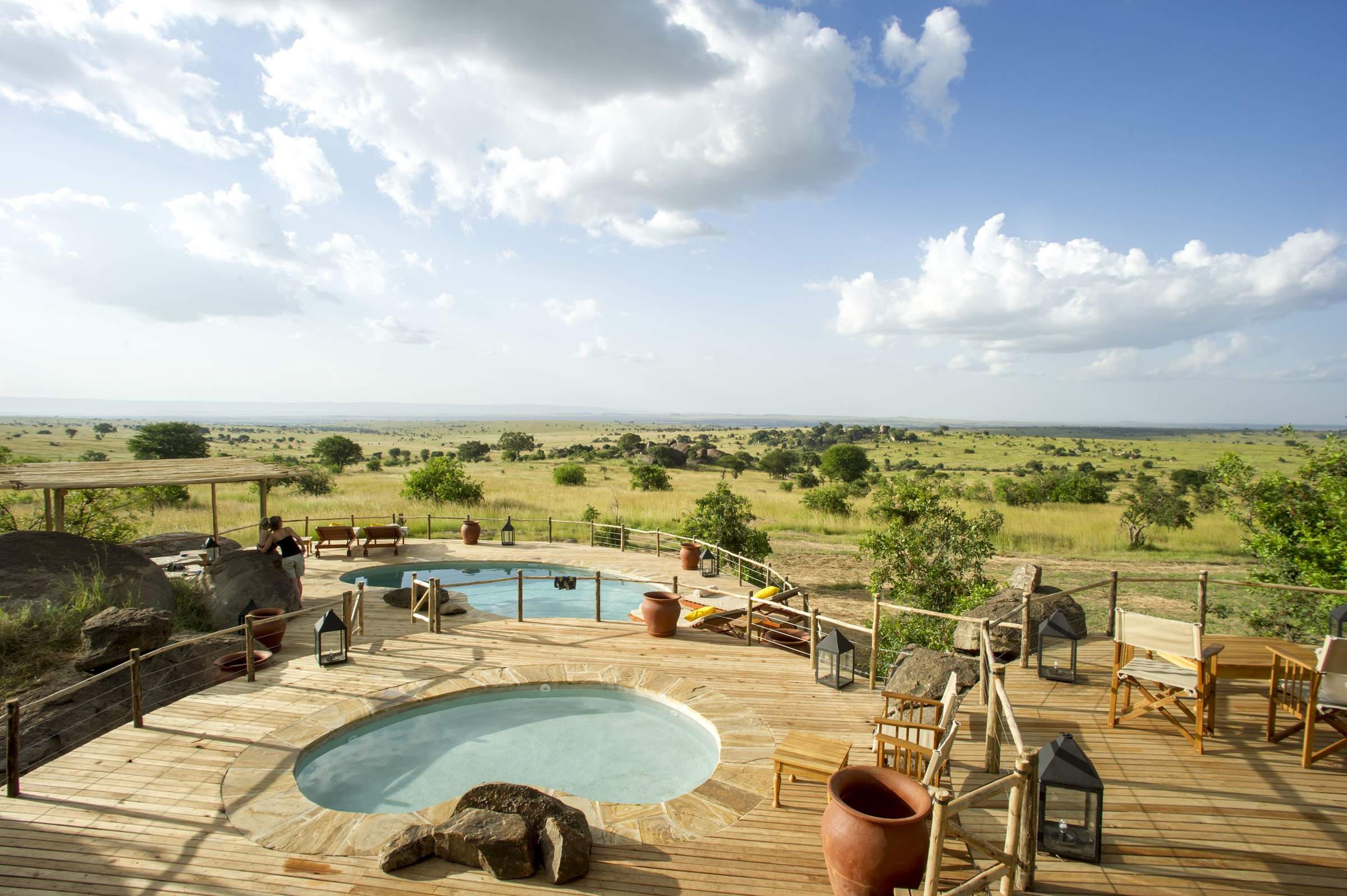
Mkombe's House Lamai
Mkombe's House Lamai is a fully staffed private house in the Wogakuria Kopjes district of Serengeti National Park.
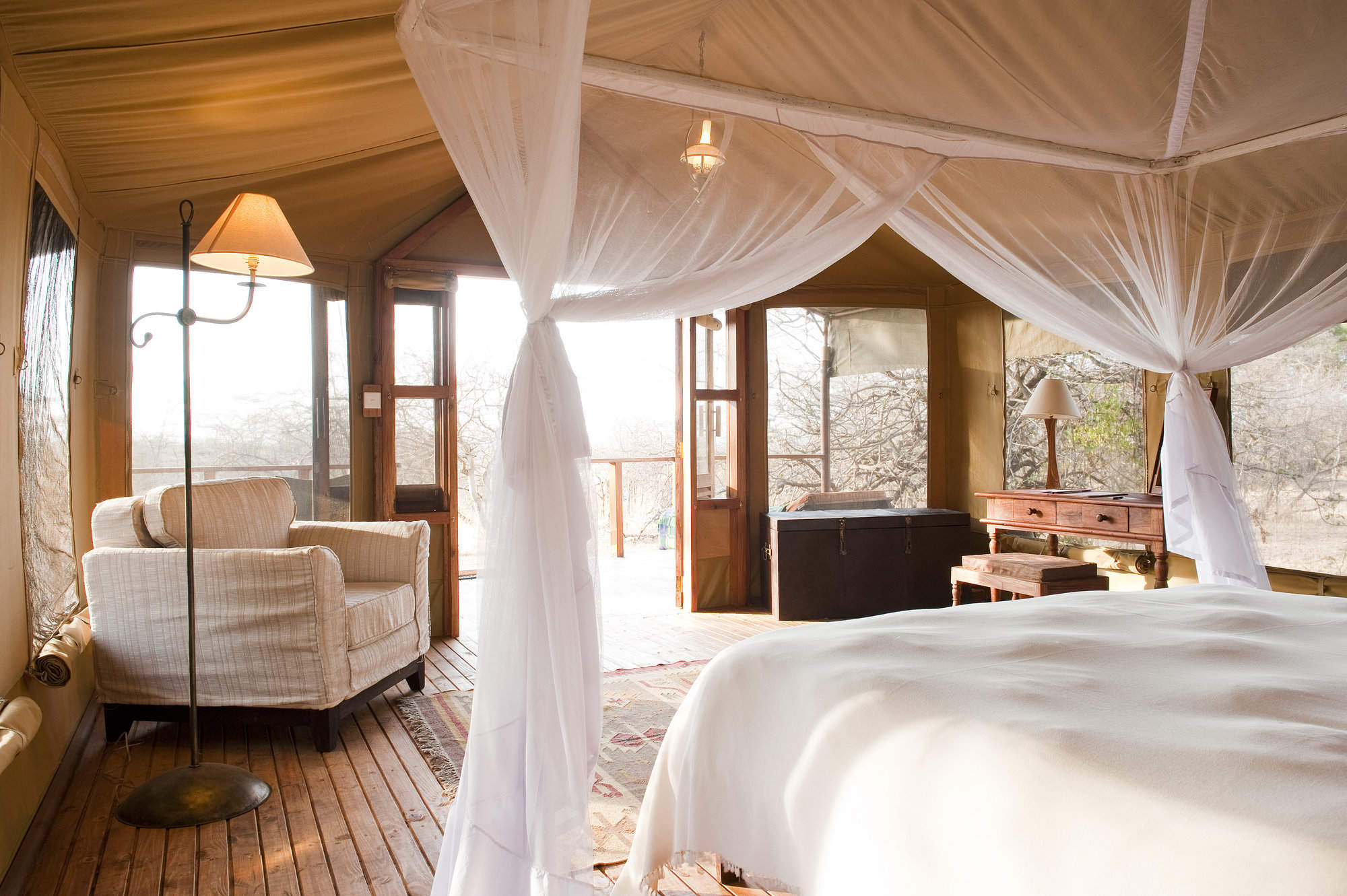
Kusini Camp
Kusini Camp is permanent, luxury camp located on a beautiful kopje in a quiet, wildlife-rich corner of the south-west Serengeti.
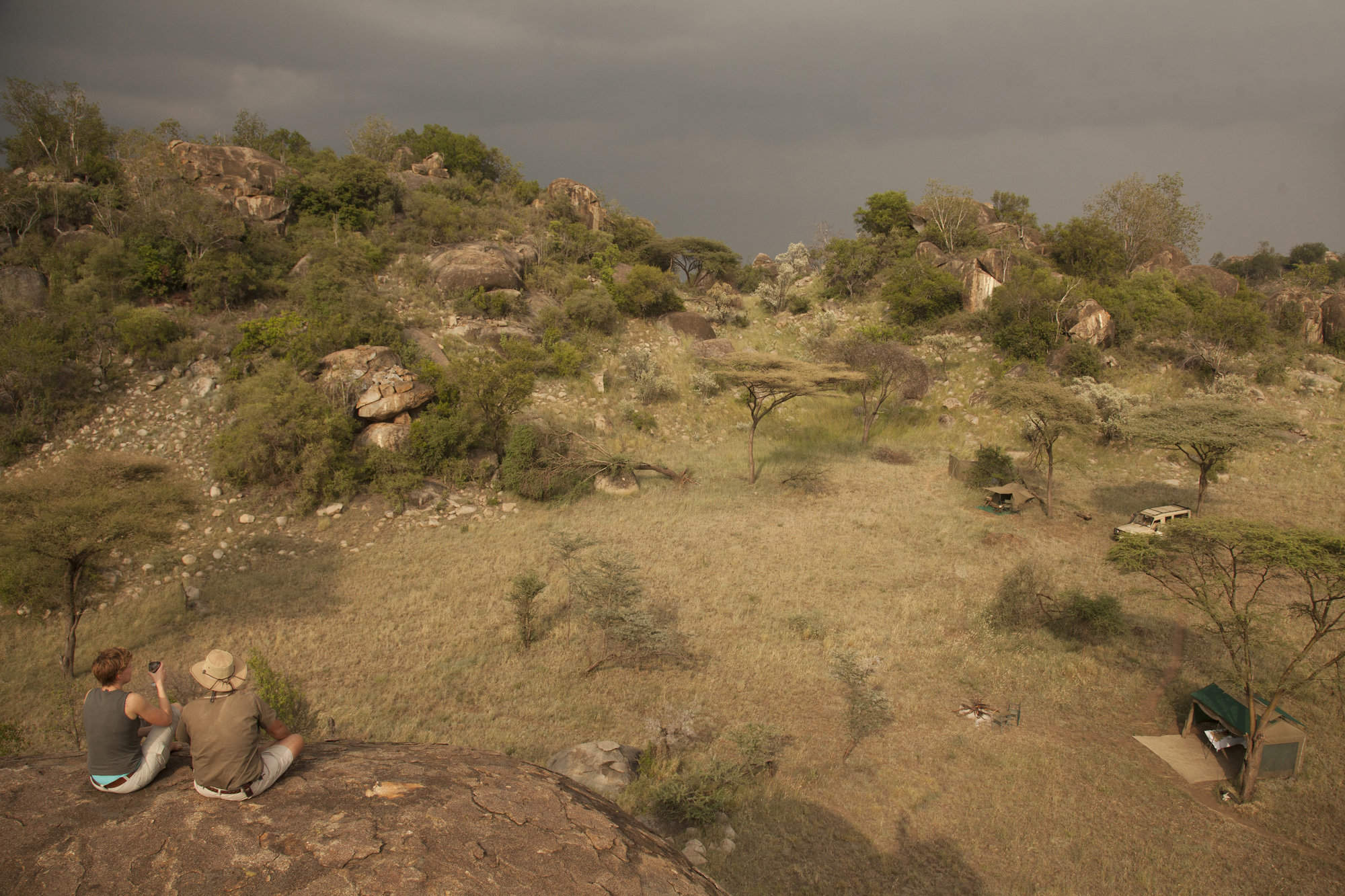
Serengeti Walking Mobile
This fairly simple camp offers only walking activities, but it's very well done and combines well with more conventional camps or lodges.
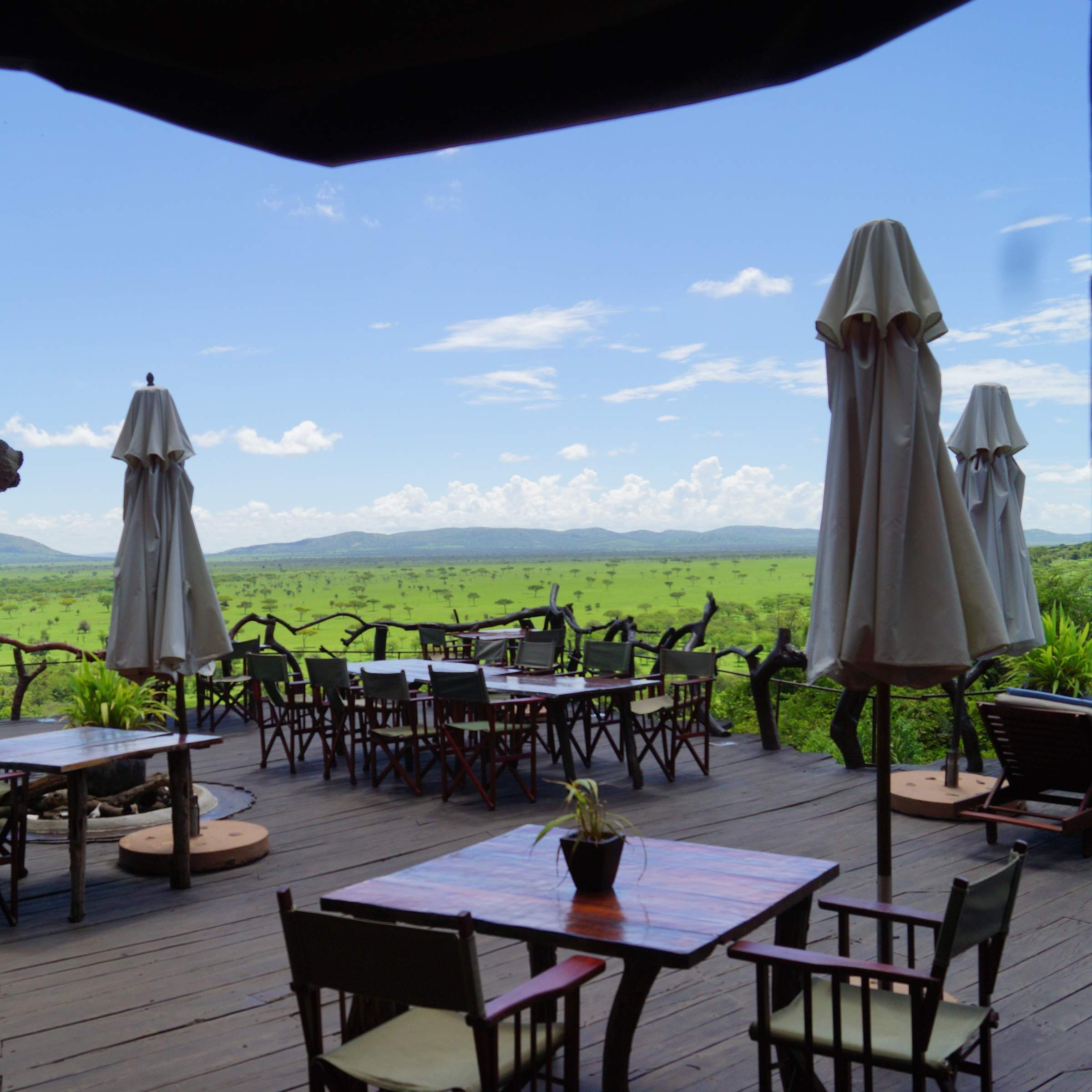
Mbalageti Lodge
Mbalageti is a well-run lodge in a quiet part of the Serengeti's western corridor – an ideal location during the Apr-Jun migration.
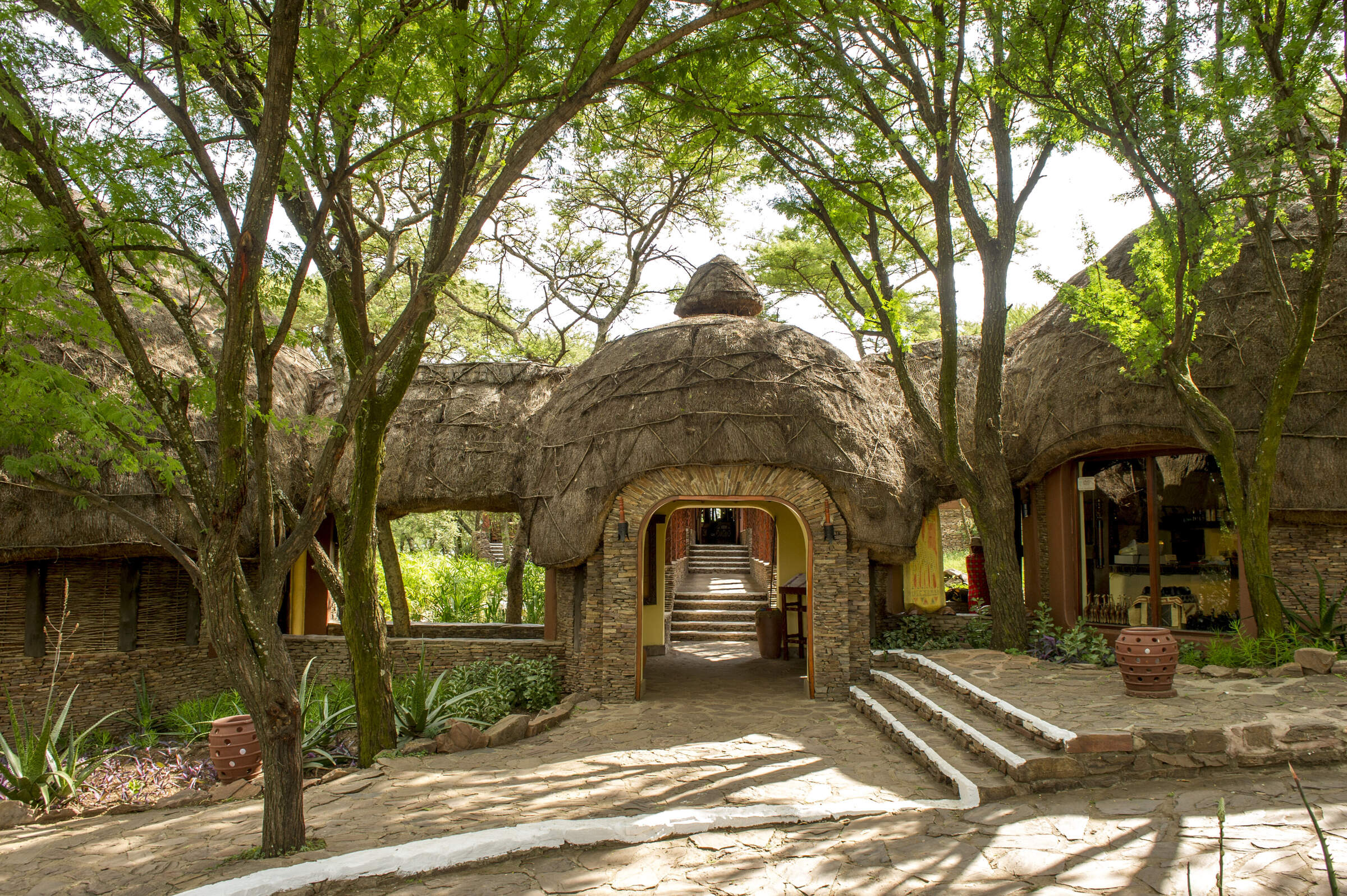
Serengeti Serena
The Serengeti Serena Safari Lodge is a large, hotel-style lodge and a good family-friendly base from which to explore the central Serengeti.
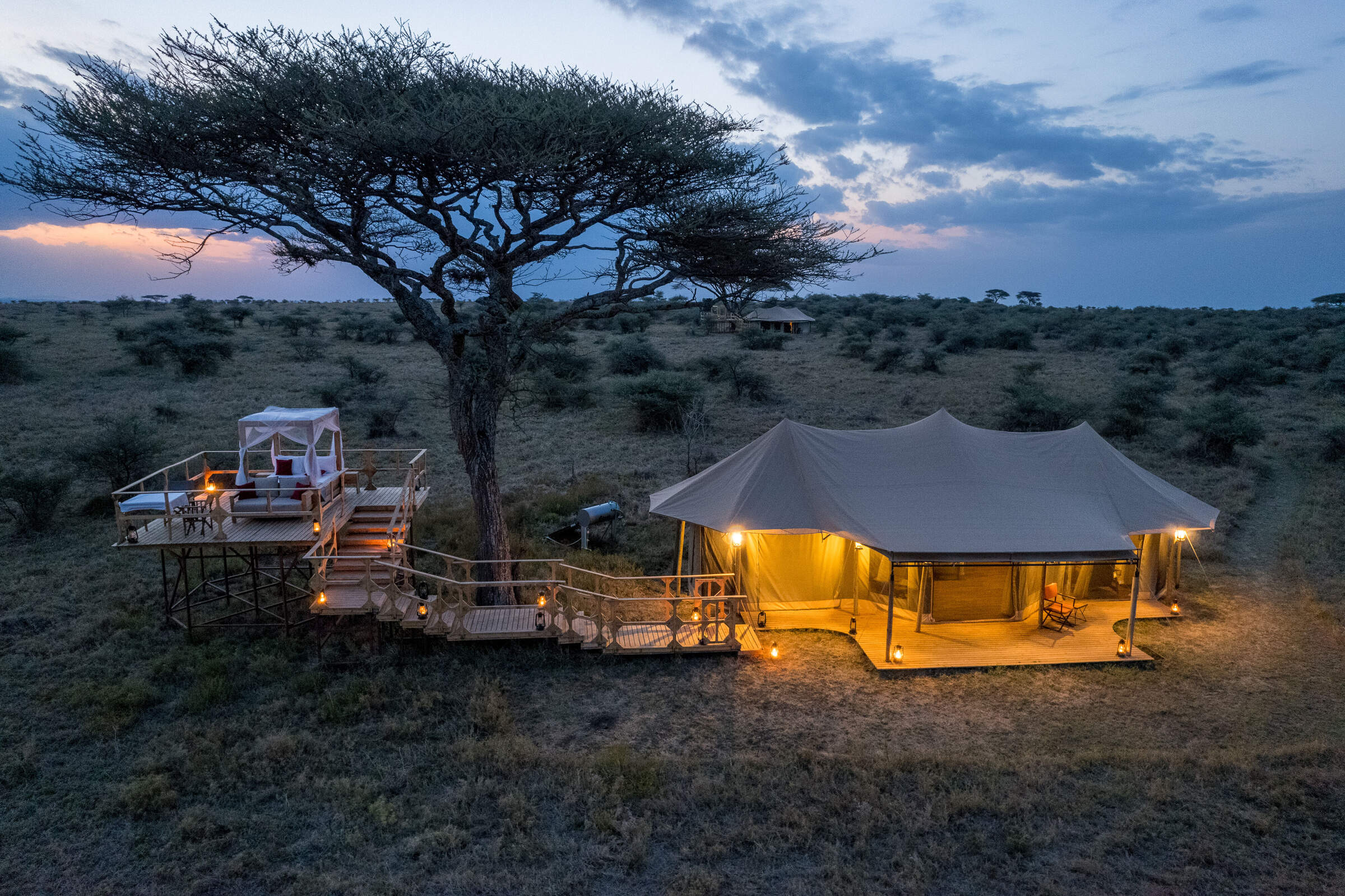
Olmara Camp
With just eight guest tents, including two family tents and three signature stargazer tents, Olmara is a simple, family-friendly camp with a wonderfully attentive team. The camp captures an authentic bush experience, welcoming travellers of every kind.
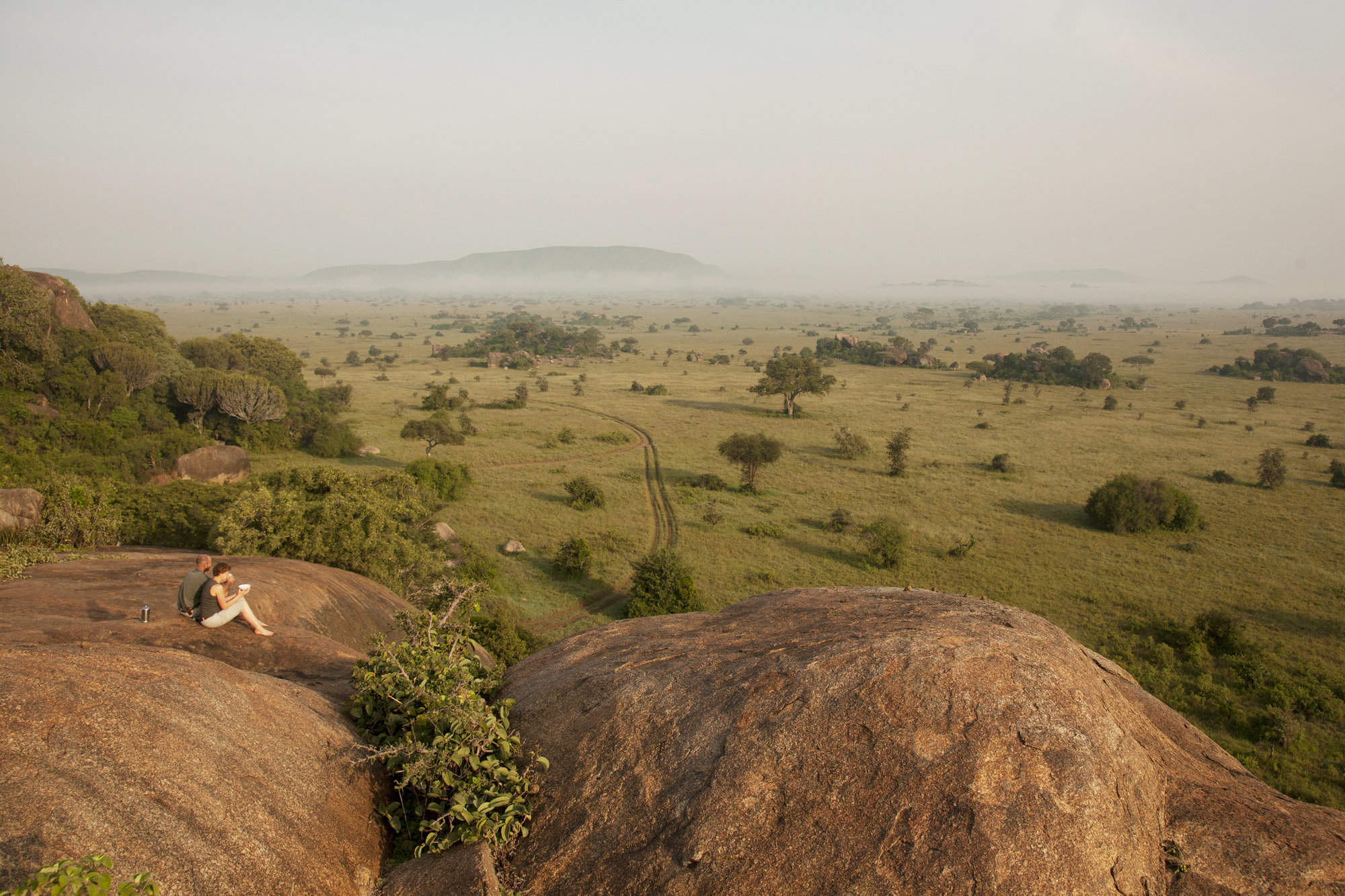
Serengeti Green Camp
Serengeti Green Camp is a comfortable camping experience, in your own private safari camp and at the heart of a great wildlife area.
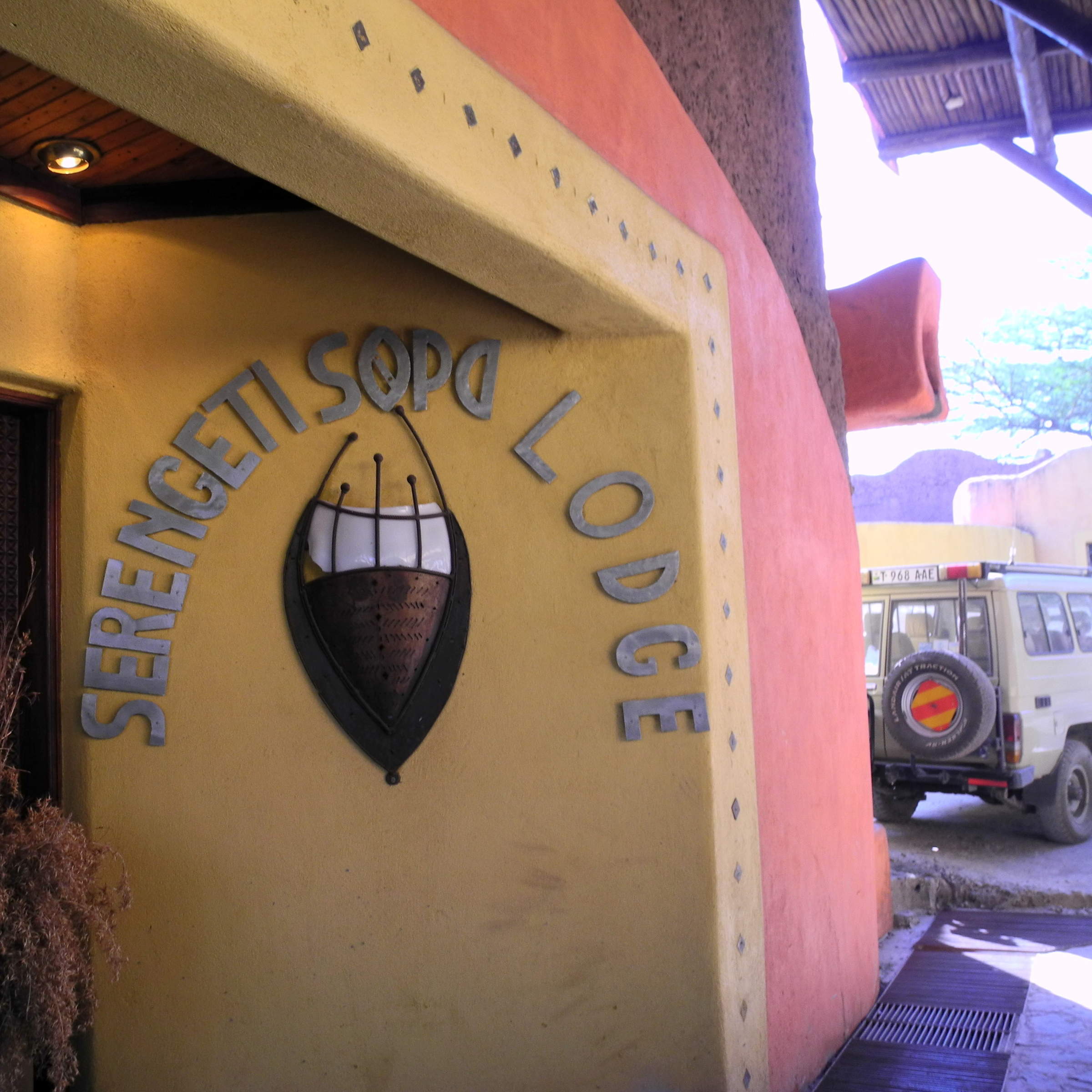
Serengeti Sopa Lodge
Serengeti Sopa Lodge is an international-style hotel offering good-value accommodation in the central Serengeti, with lovely views of the plains.
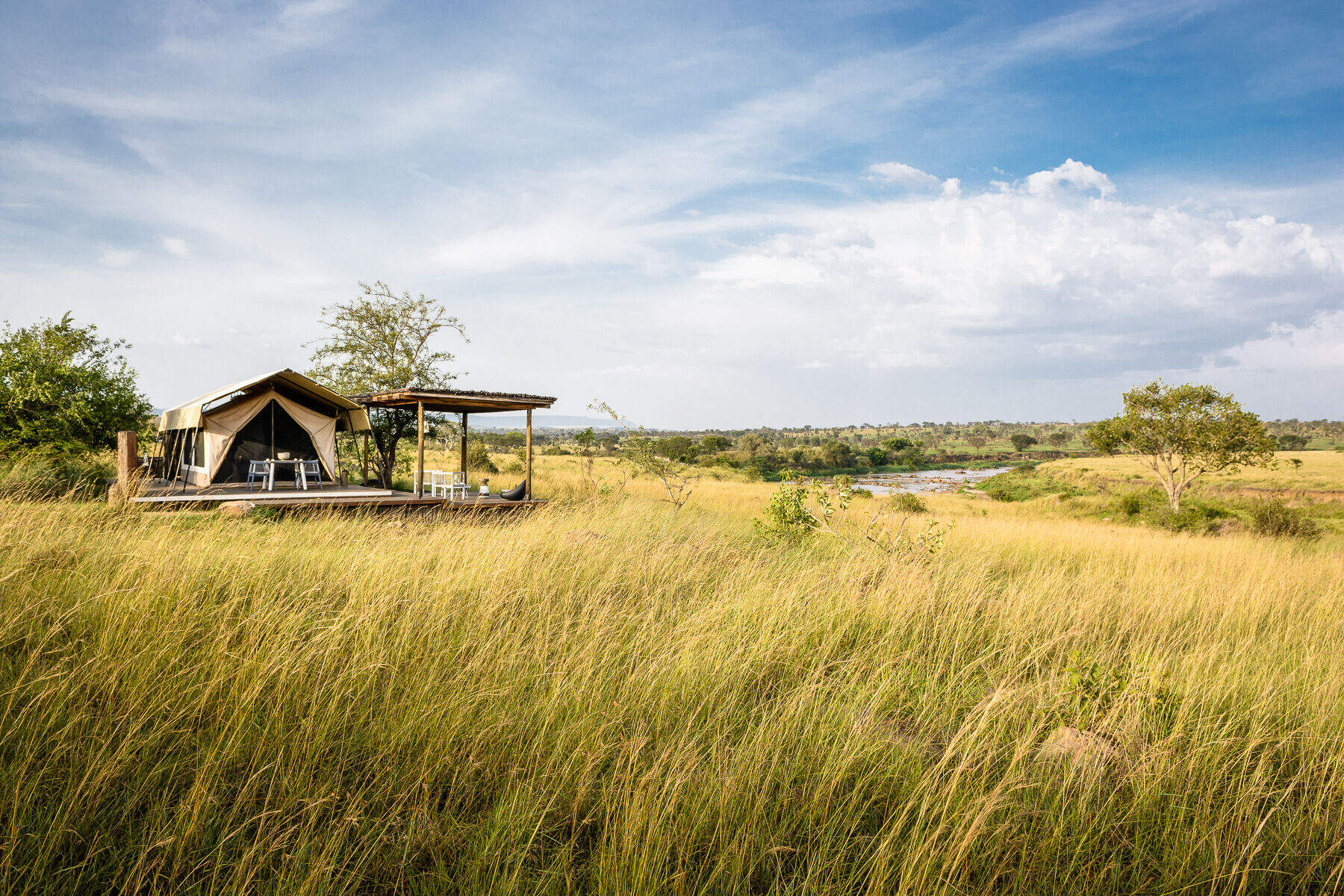
Singita Mara River
Singita Mara River Tented Camp is a luxurious camp in the isolated and rewarding Lamai wedge region of the northern Serengeti.
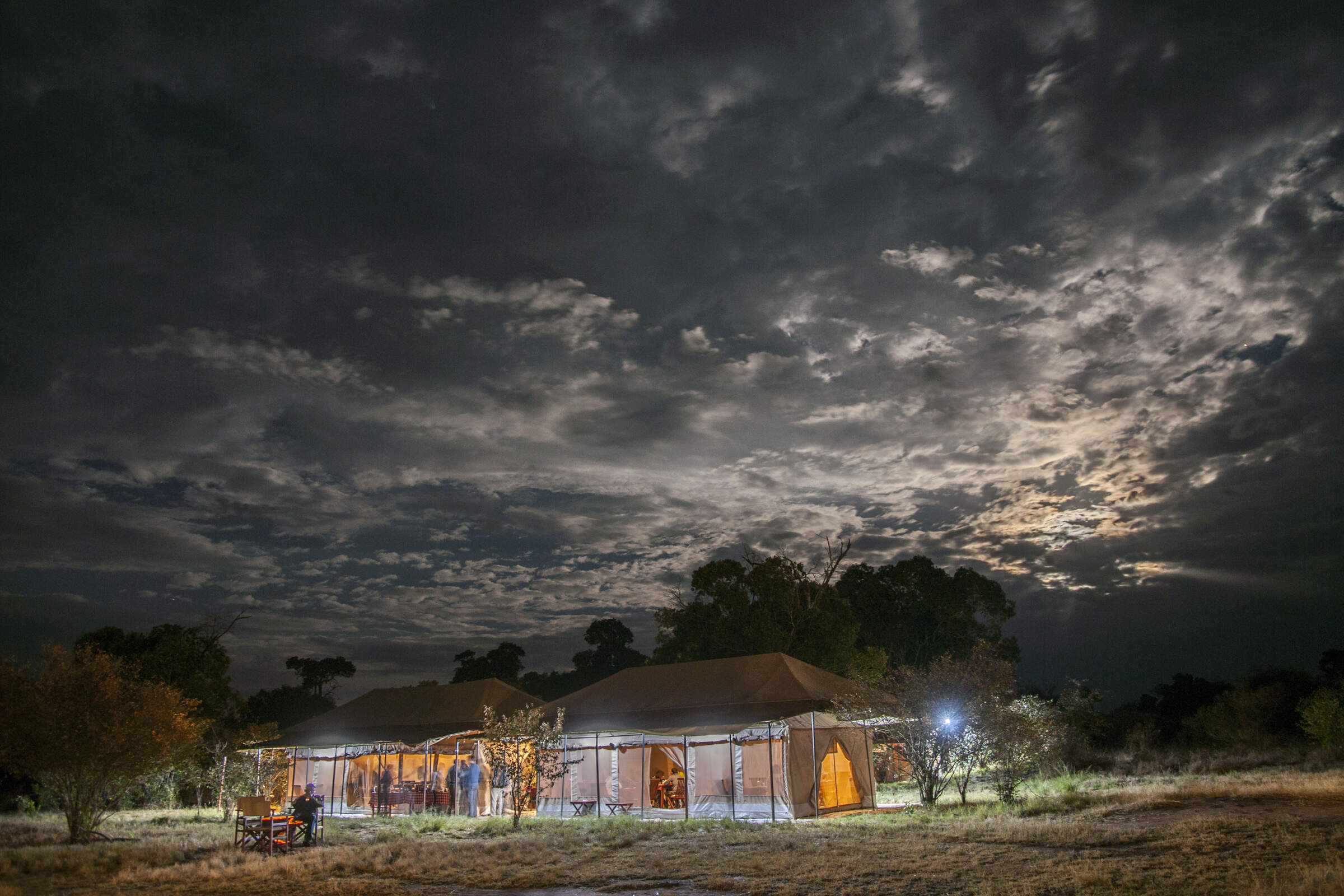
Migration Camp
Serengeti Migration Camp is a smart tented camp, good for the wildebeest migration from Jul–Aug, or to explore the Lobo Kopjes any time.
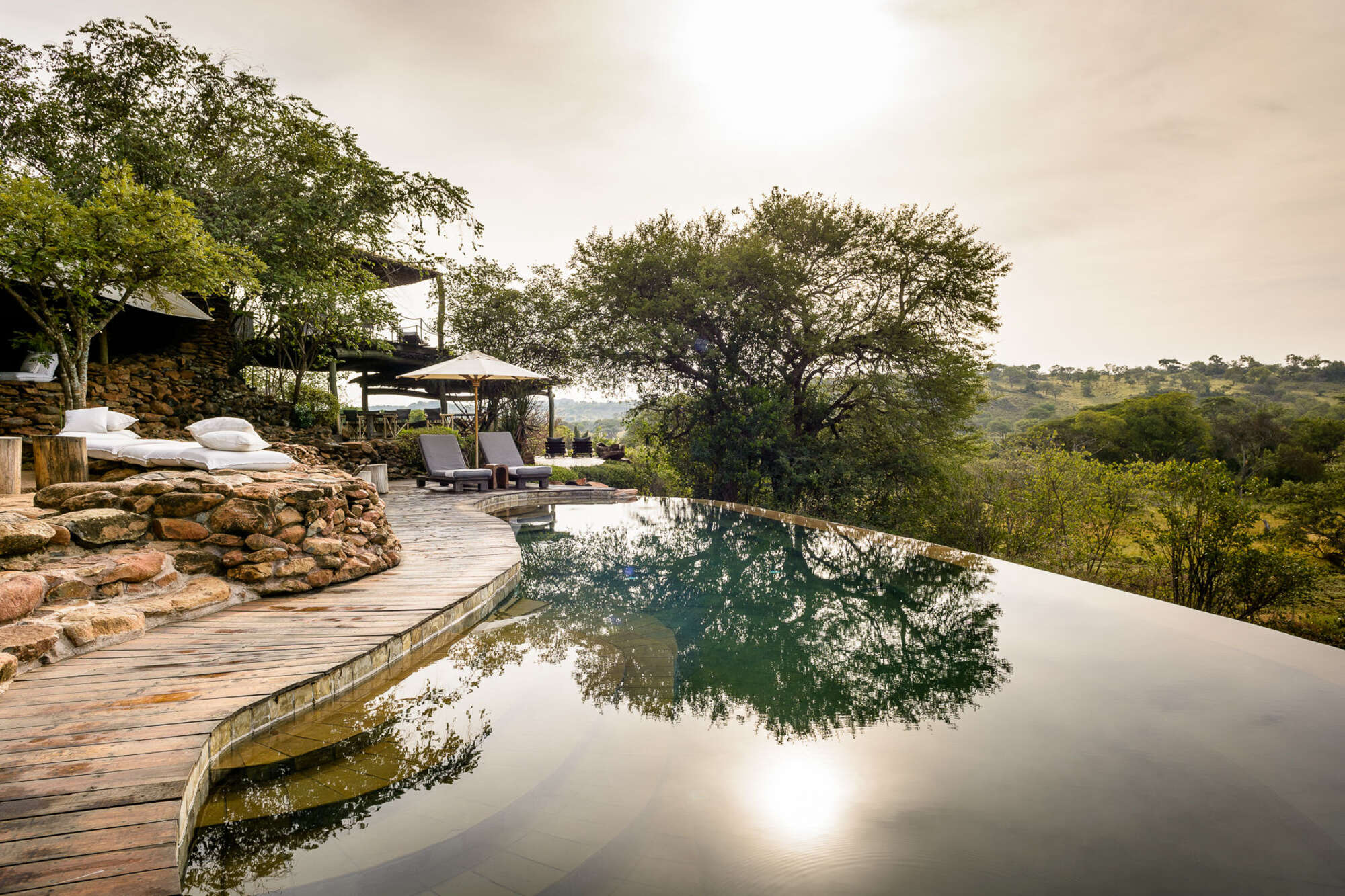
Faru Faru Lodge
On the north bank of the Grumeti River, Faru Faru is a small, chic hideaway in this exclusive corner of the Serengeti.
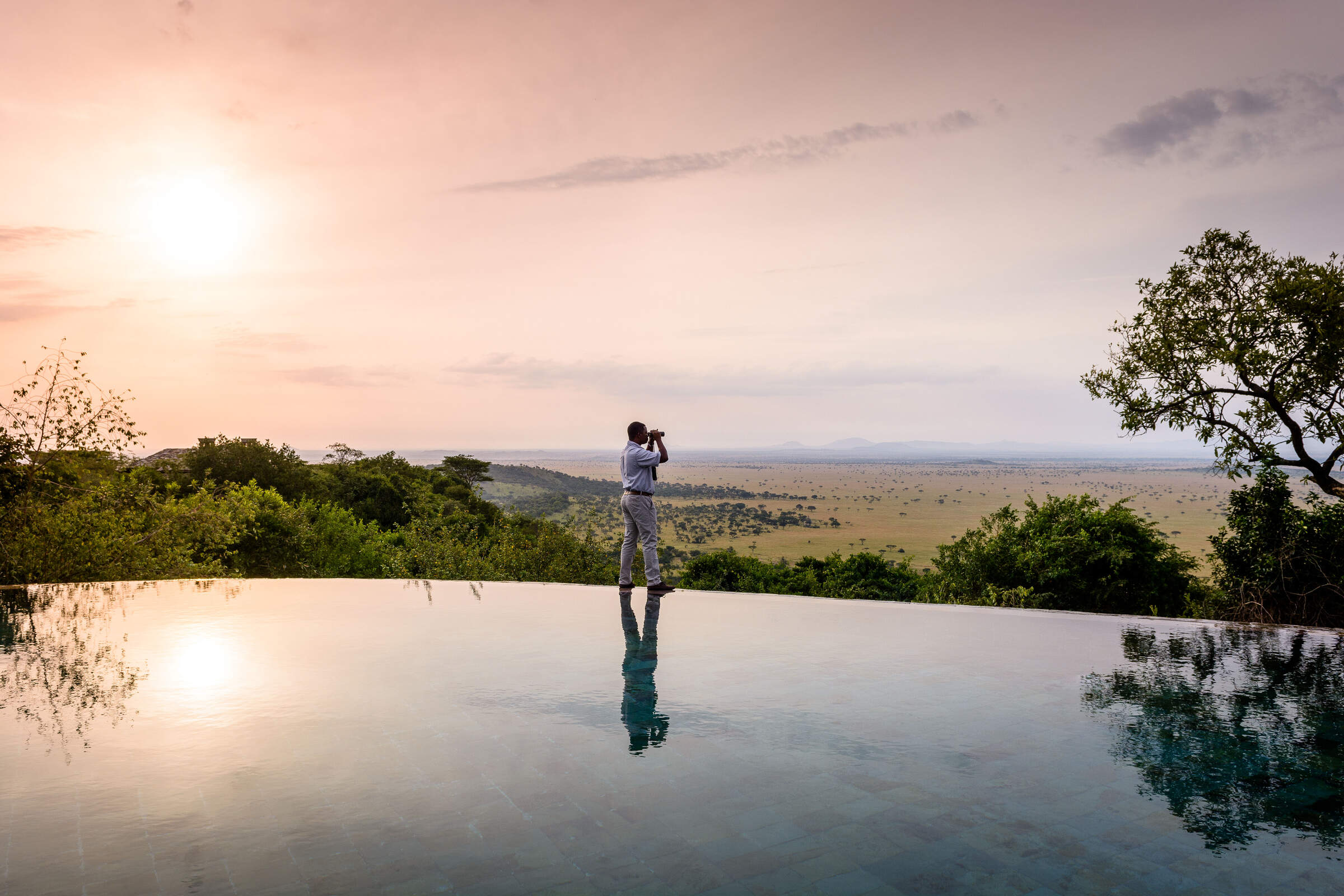
Sasakwa Lodge
On a hill looking over the Serengeti plains, Sasakwa Lodge is grand, luxurious safari camp, one of the most opulent properties in Tanzania.
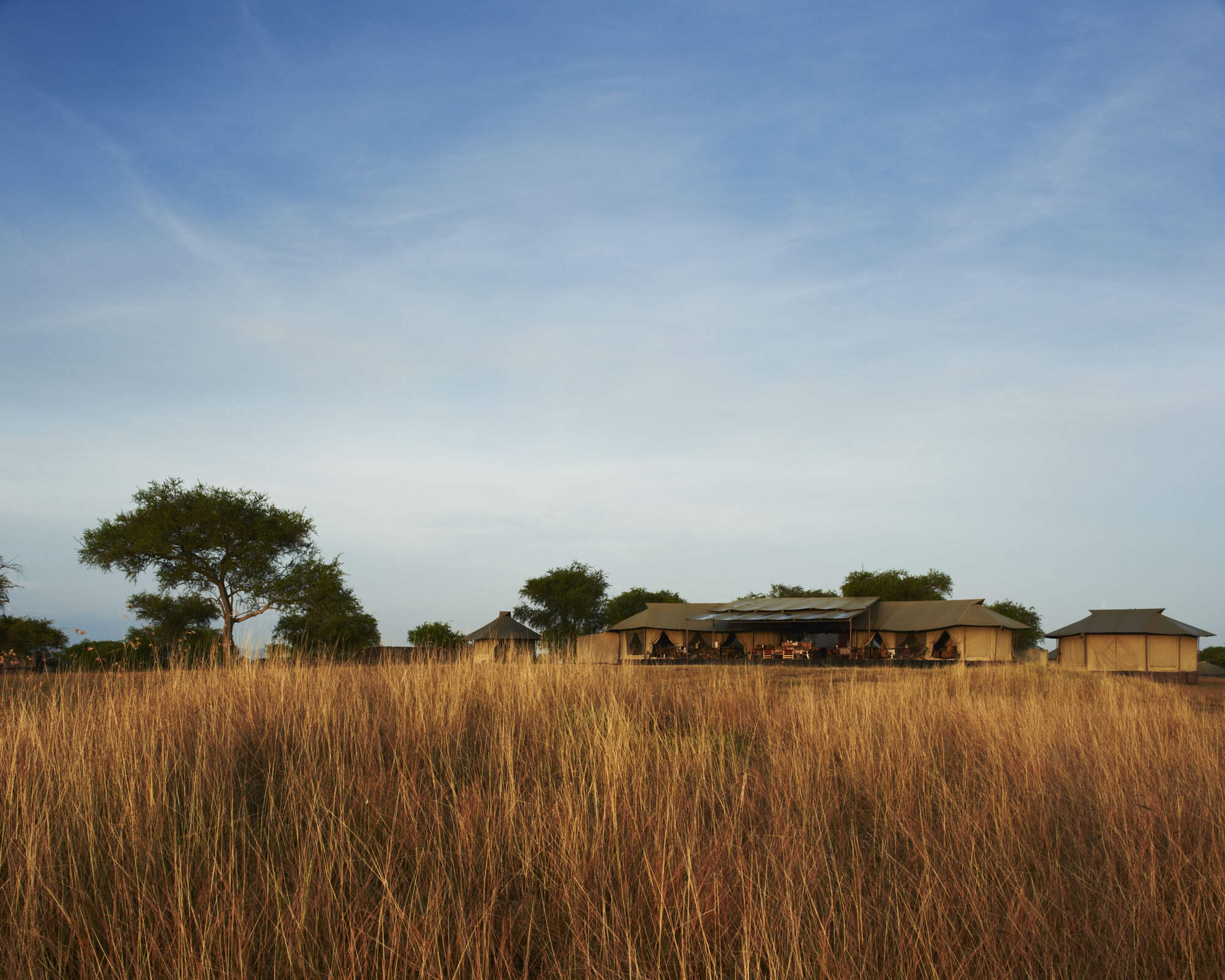
Sabora Tented Camp
Sabora Tented Camp is a smart tented camp – one of the most luxurious, professional and stylish properties to be found in Tanzania.
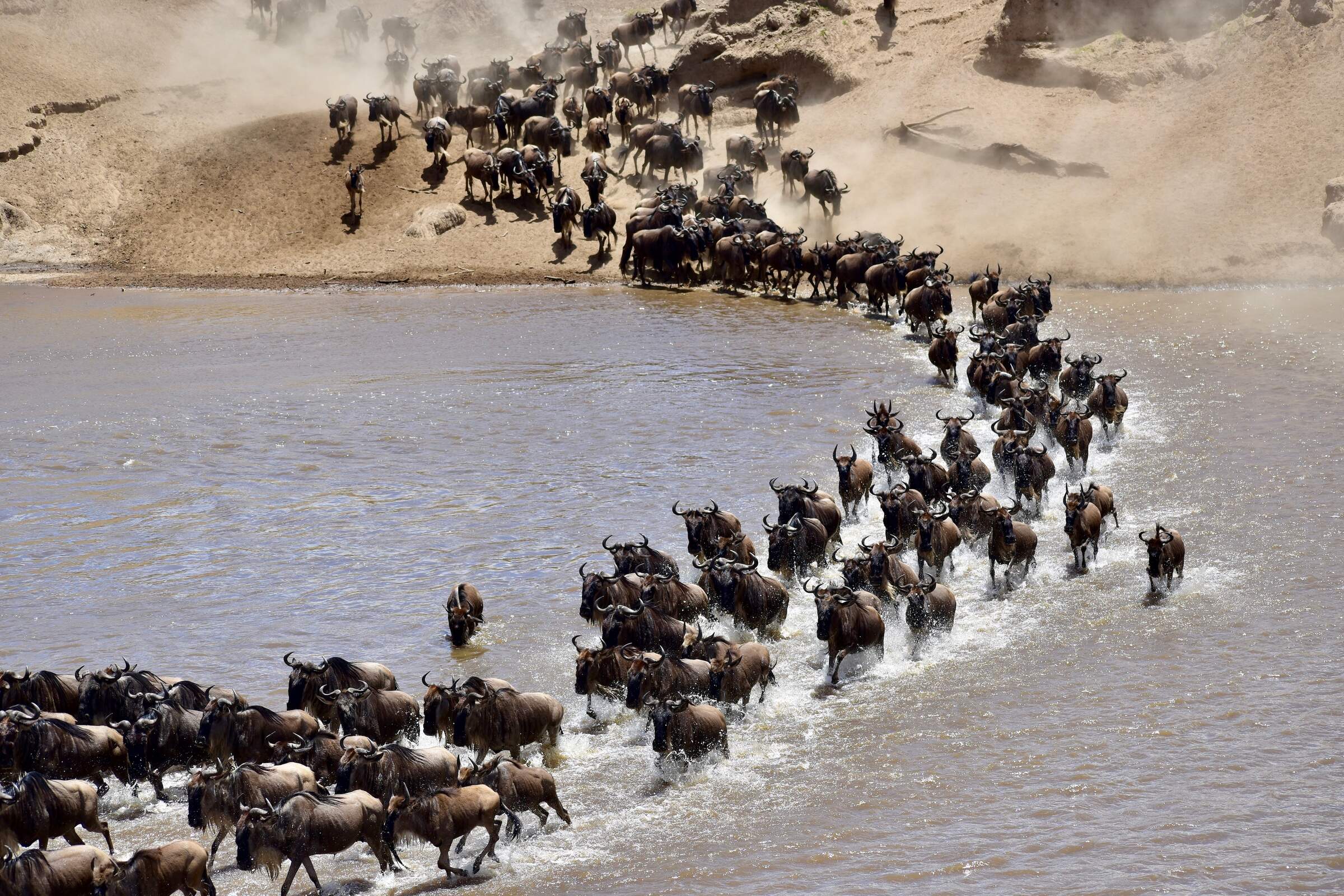
Kirurumu Migration Camp
Kirurumu is a rustic tented camp which moves around the Serengeti twice a year to follow the wildebeest migration.
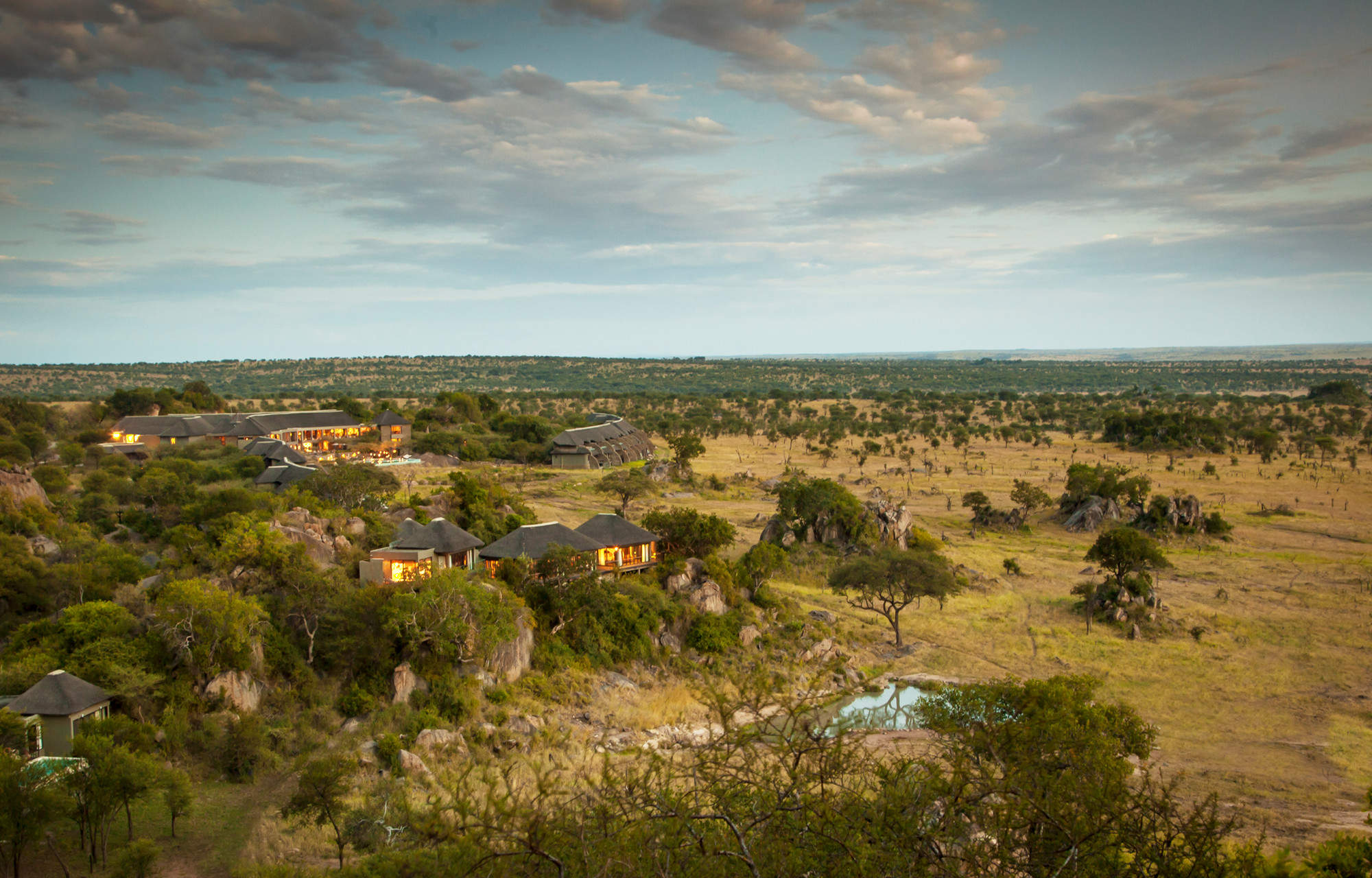
Four Seasons Serengeti
The Four Seasons Safari Lodge is the only hotel in the Serengeti offering international facilities such as a gym, spa and children’s club.
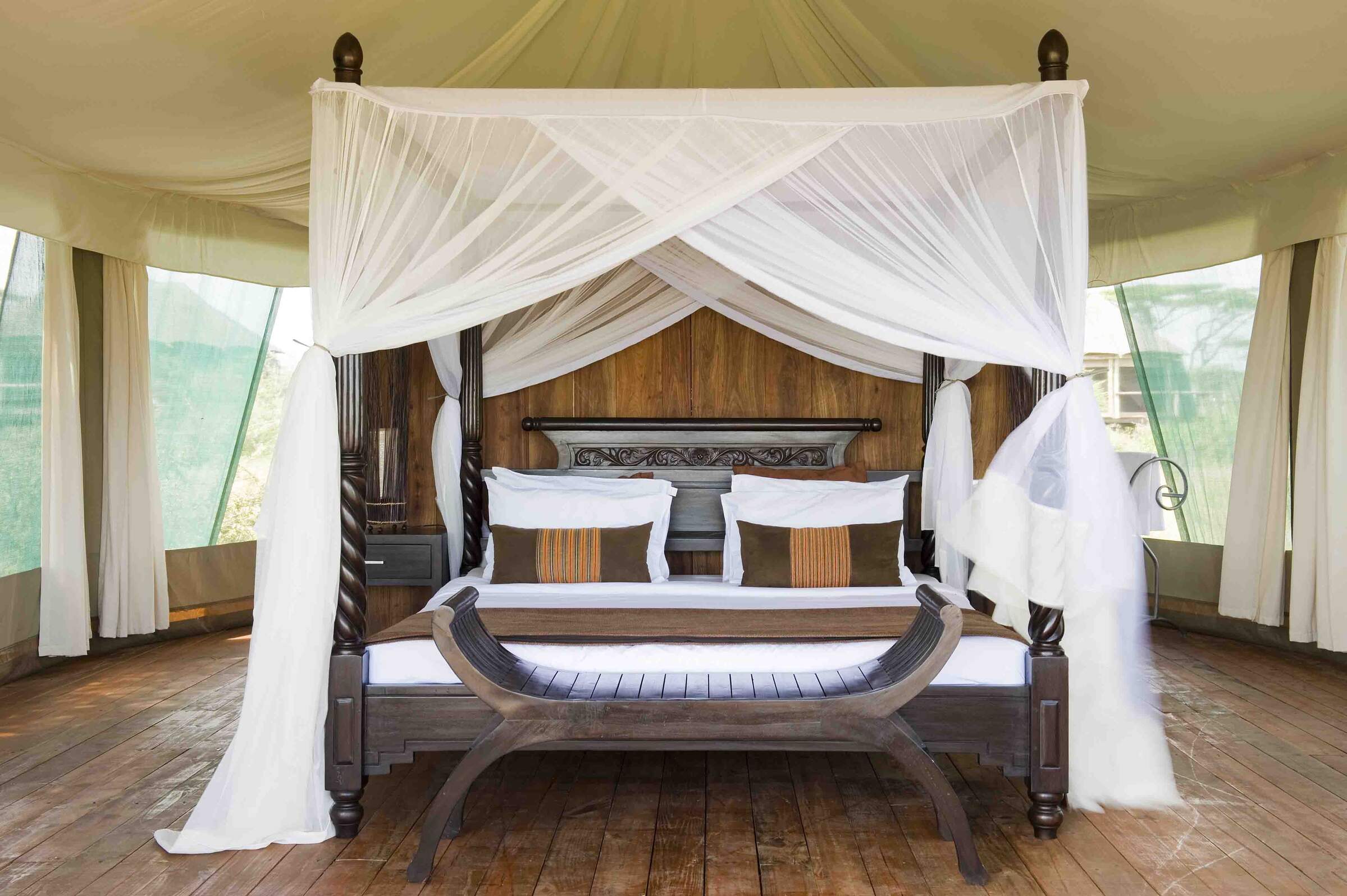
Lake Masek Tented Camp
Ideally located for the wildebeest migration from Dec–Apr, Lake Masek Tented Camp is a good, mid-market safari camp.
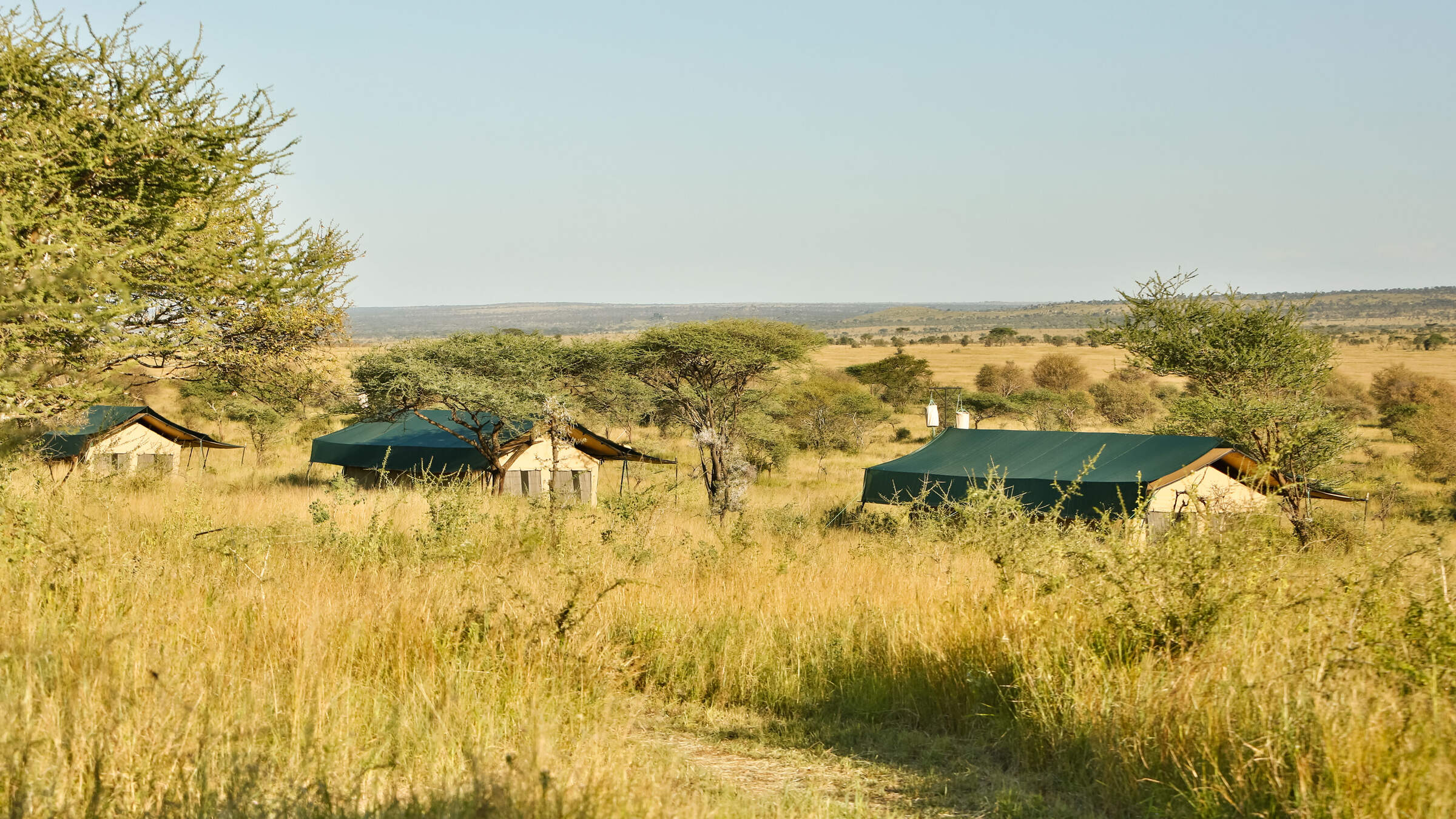
Nyikani Central
Nyikani Central is a comfortable tented camp located in the game-rich Seronera area of the central Serengeti.

Esirai Migration Camp
A season migration camp, with only 8 tents and 1 family tent and plenty of character. Esirai is ideally placed for excellent wildlife and enjoys a simplistic and comfortable under-canvas experience.
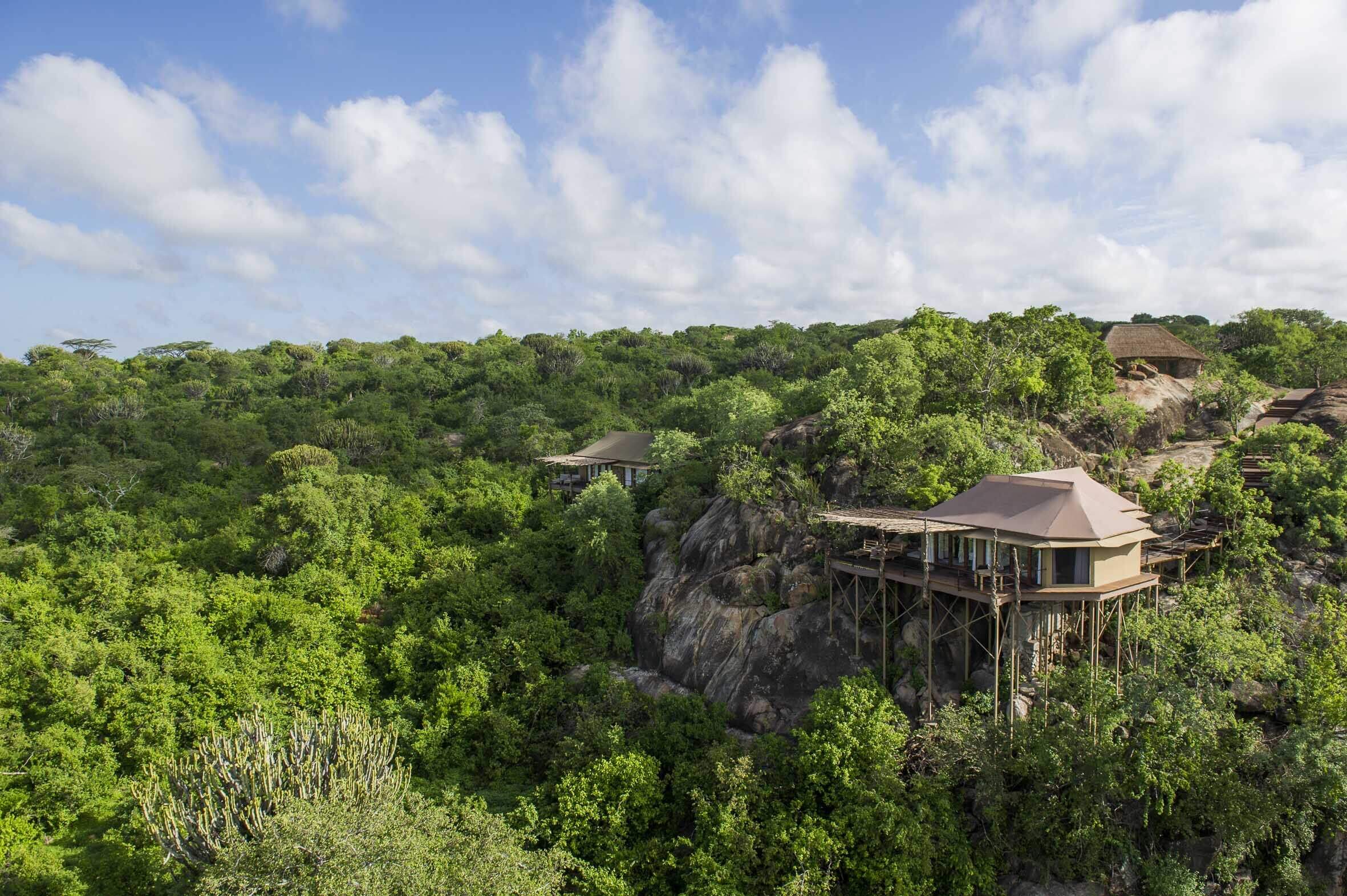
Mwiba Lodge
Mwiba Lodge is a luxurious property located on a private concession on the edge of the southern Serengeti.
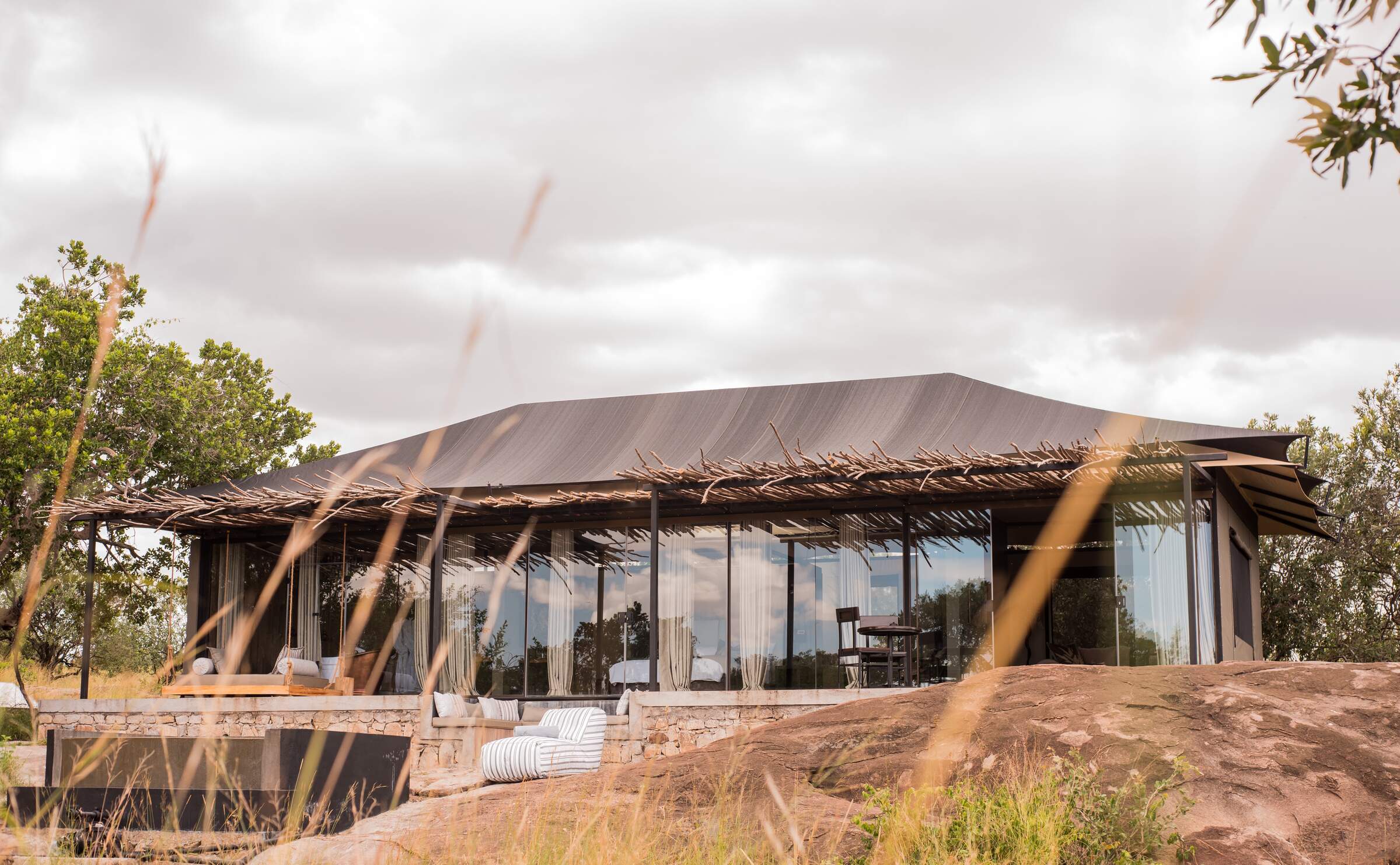
Nimali Mara
Nimali Mara is a luxurious safari lodge in a quiet region of the northern Serengeti with good access to the wildebeest migration.
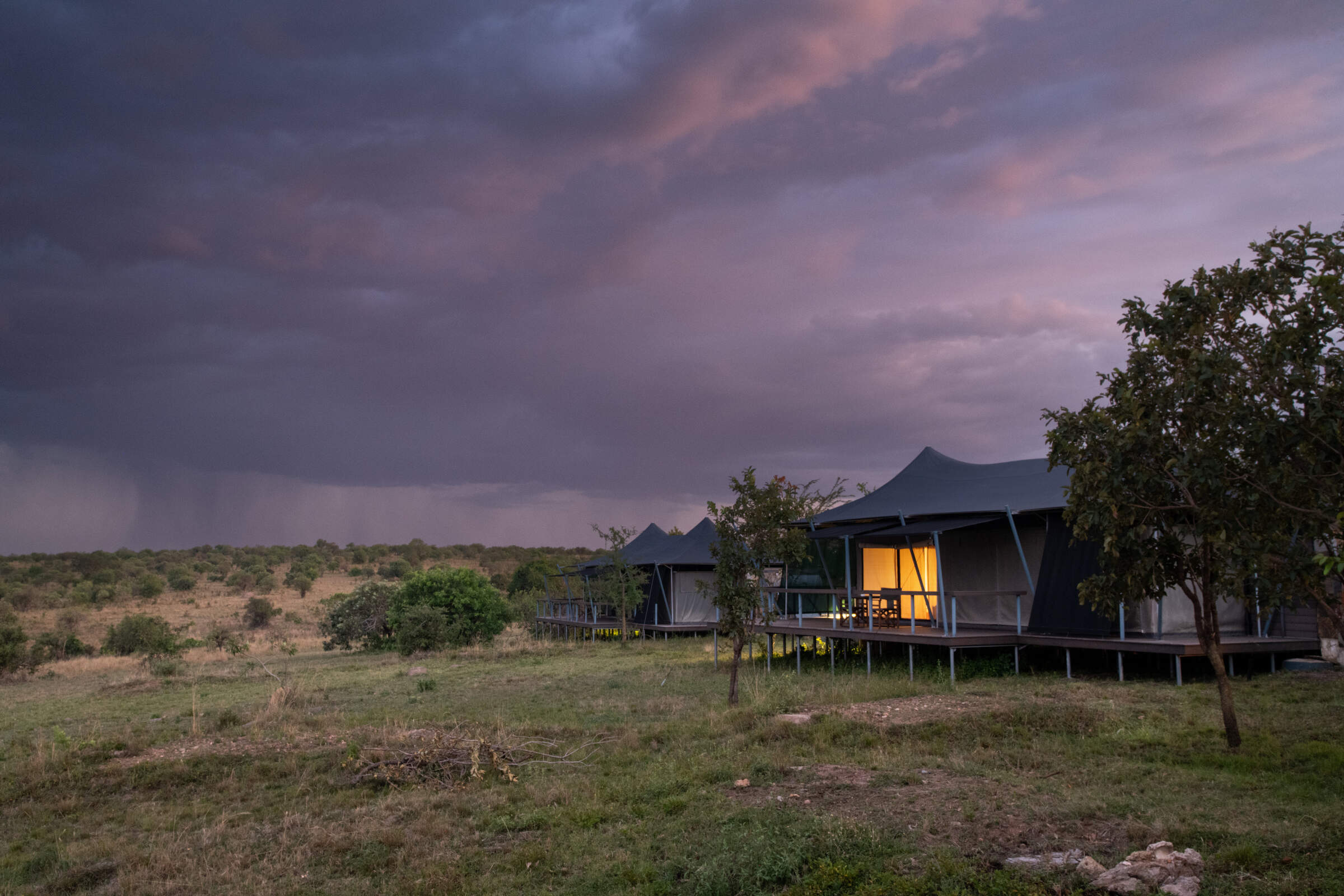
Mara Mara
Mara Mara is a smart tented camp in the northern Serengeti, situated on a small hill close to the Mara River.
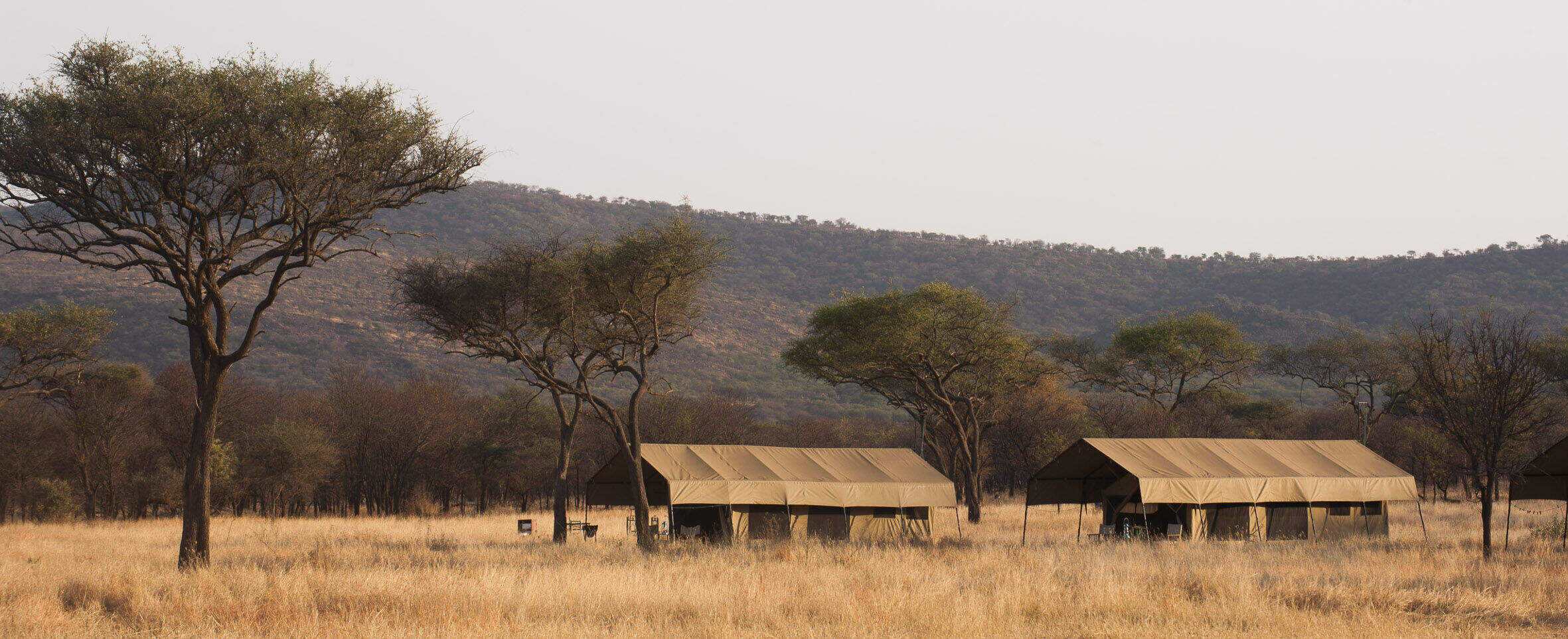
Ndutu Kati Kati
Ndutu Kati Kati is a seasonal tented camp, based in the southern Serenget from Dec-Mar, ideal for the migration as it passes through.

Olduvai Camp
Olduvai Camp lies between Ngorongoro and the southern Serengeti plains. It's a good base for the southern plains during the rainy season.
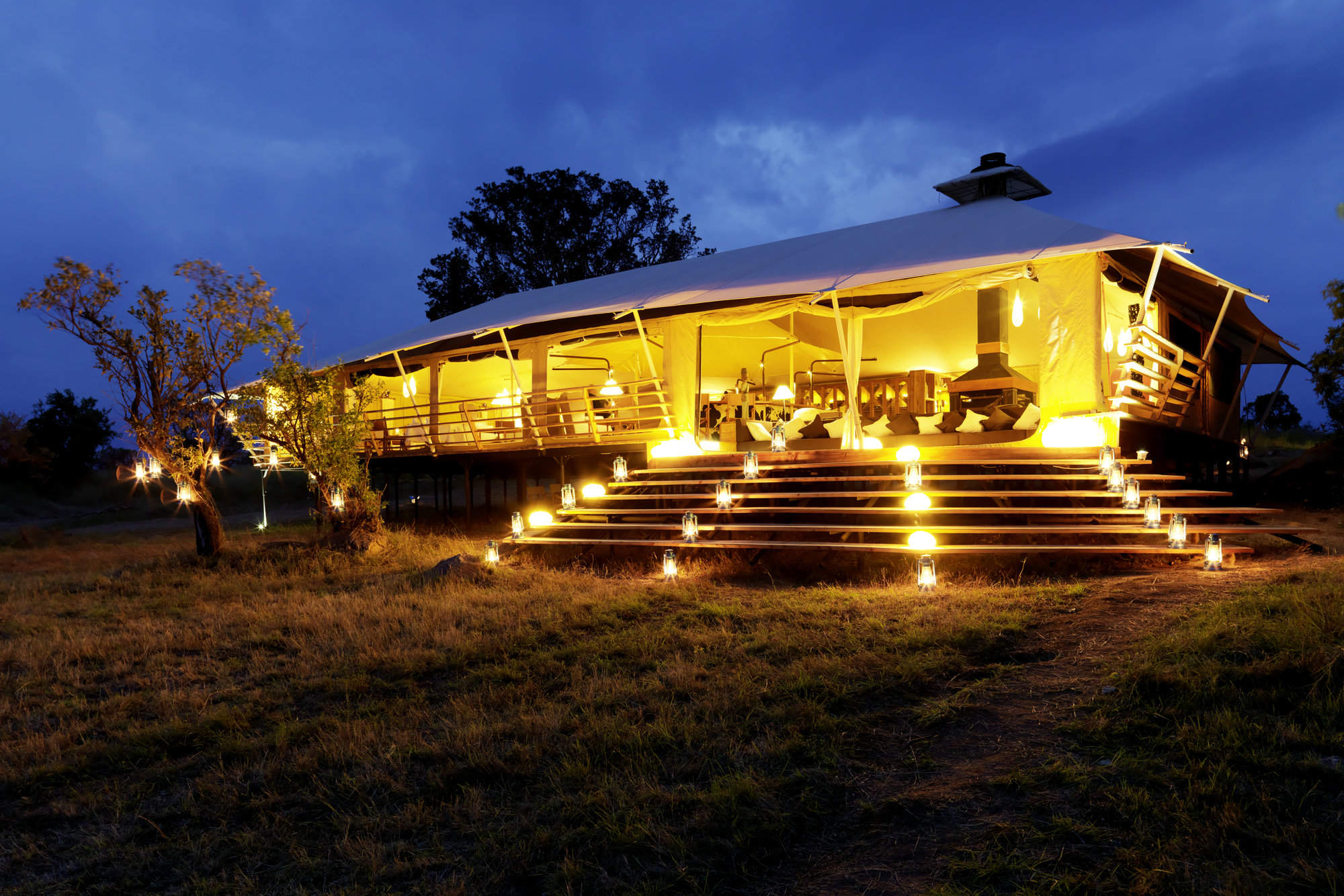
Bushtops
Serengeti Bushtops is a permanent luxury camp in the northern Serengeti, with spacious and private tents with their own hot tubs.
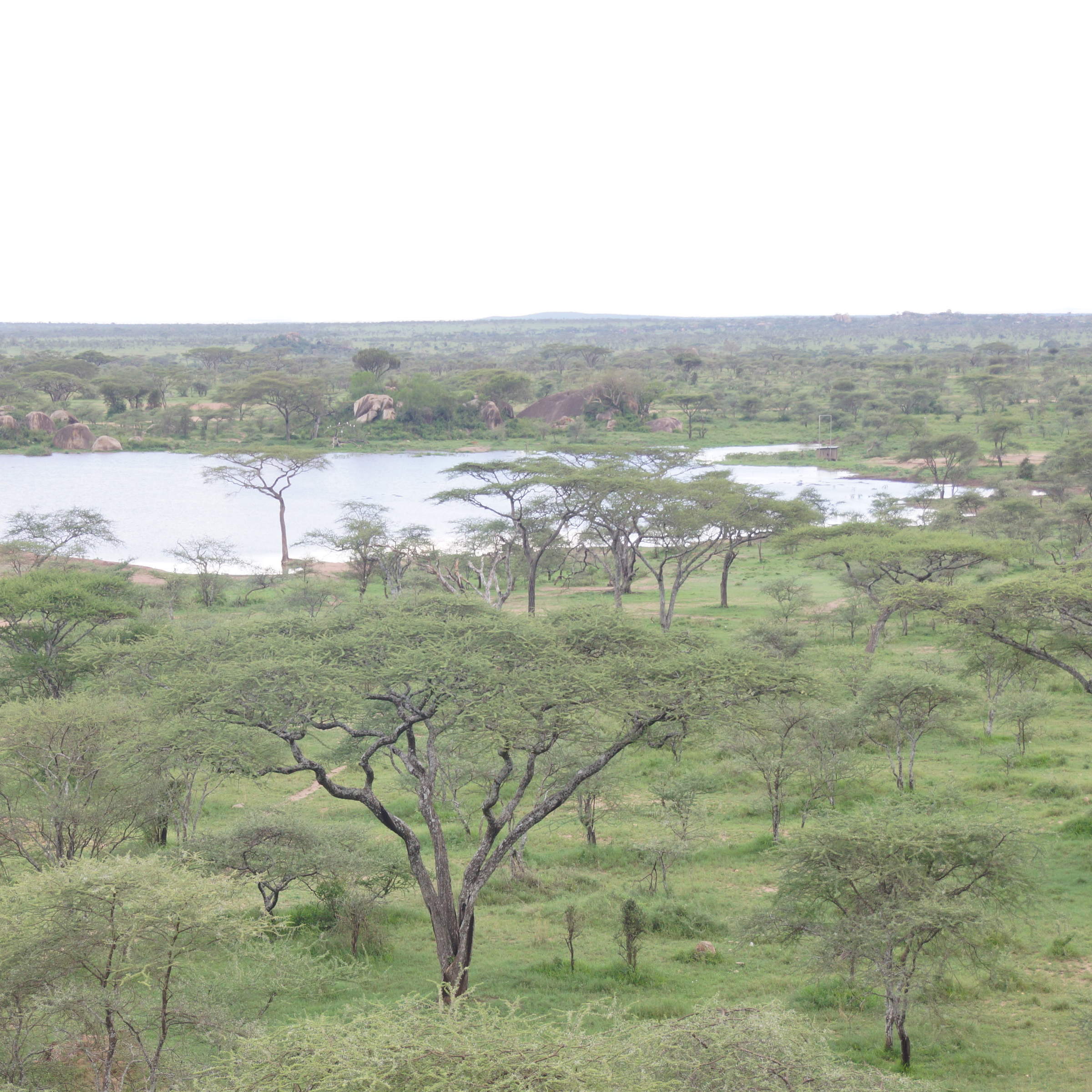
Seronera Wildlife Lodge
Seronera Wildlife Lodge is large hotel-style safari lodge in the heart of the Serengeti, offering good value and a great location.
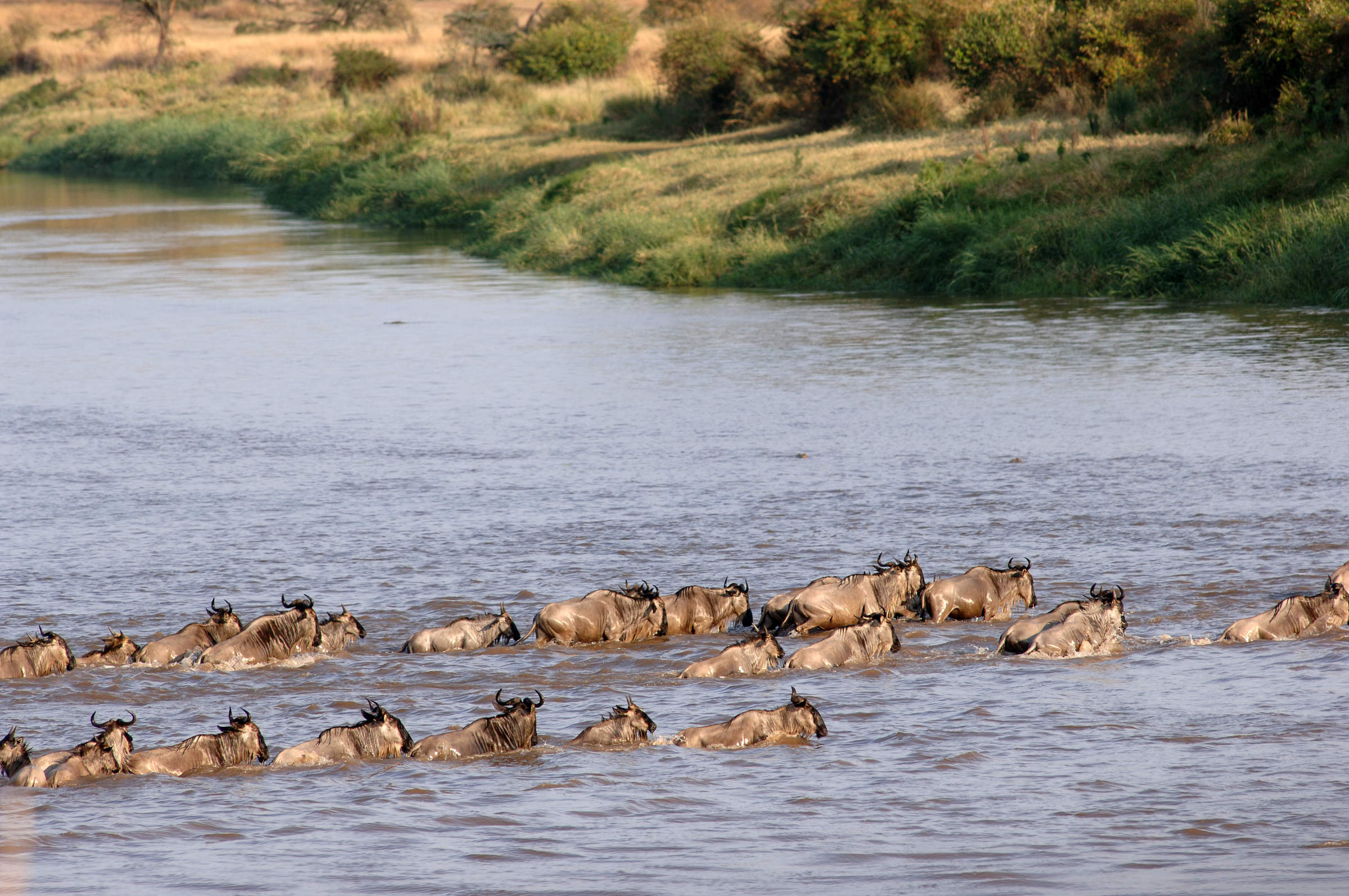
Mara Kati Kati
Mara Kati Kati is a simple bush camp in the northern Serengeti, based from Jul-Oct near the Mara River for the wildebeest migration.
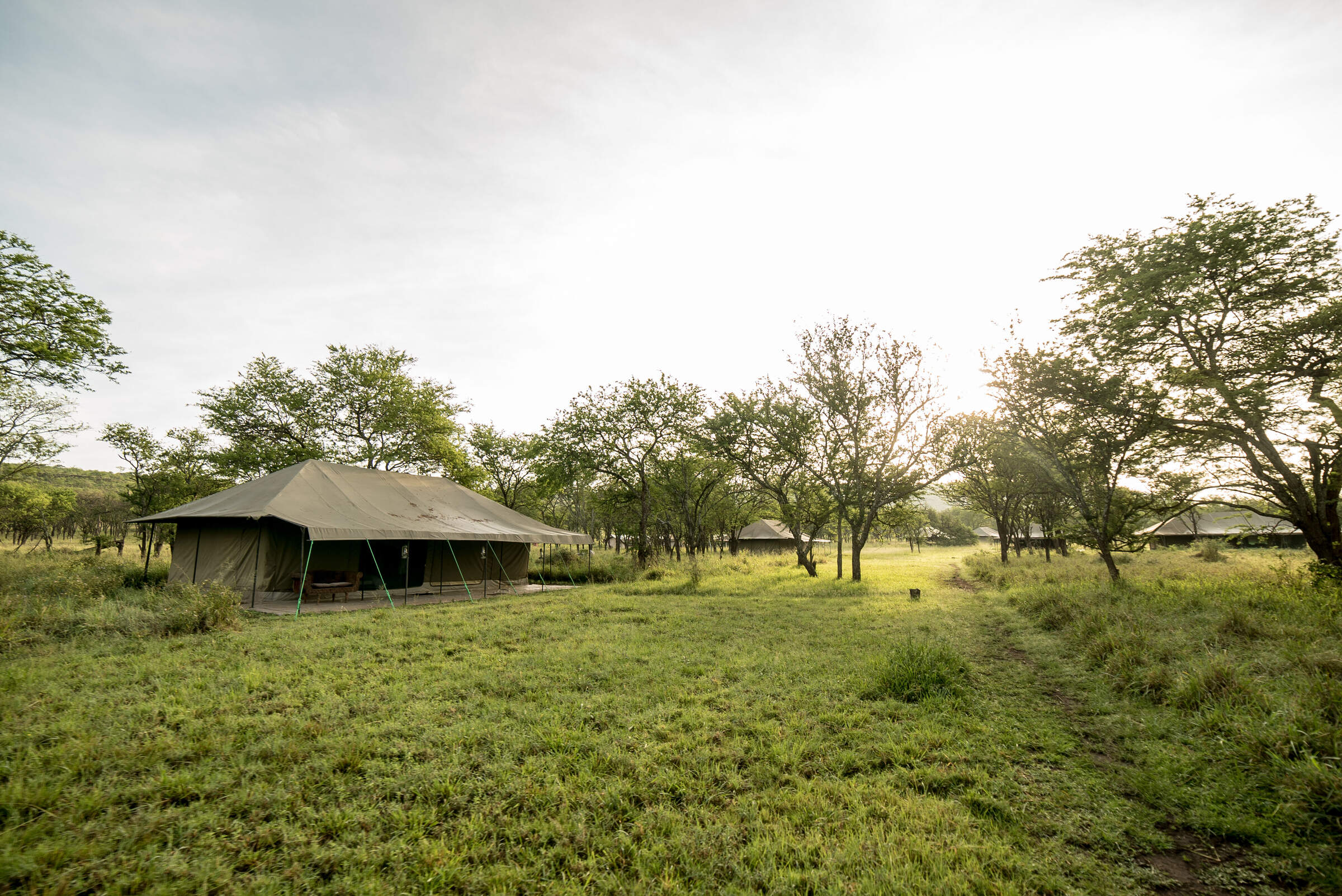
Nasikia Naona
Naona Camp is a small tented camp, located in the Moru Kopjes, west of the Serengeti central area
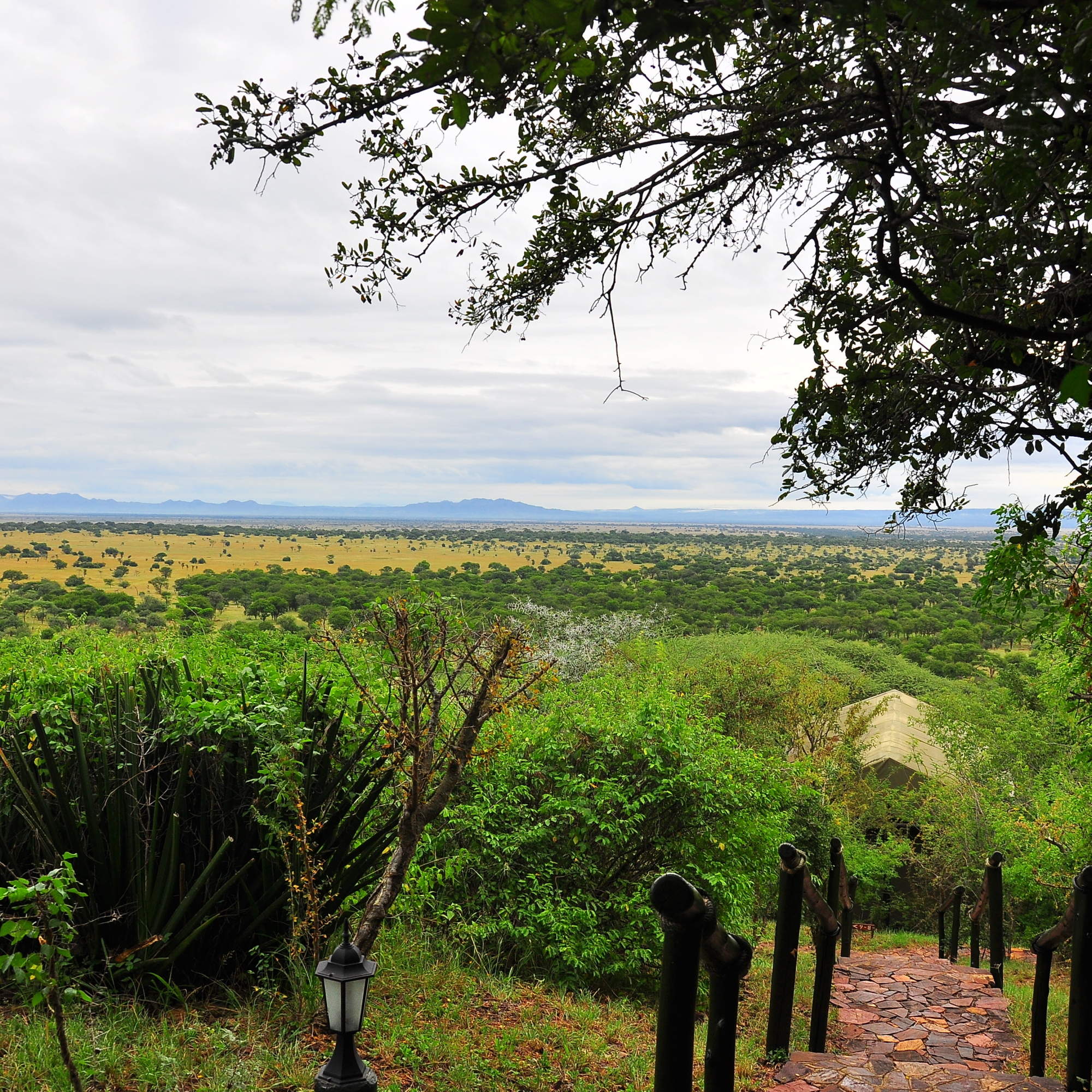
Kirawira Camp
Set high on a hill, in the Serengeti's western corridor, Kirawira is a relatively large tented camp in the Serena group.
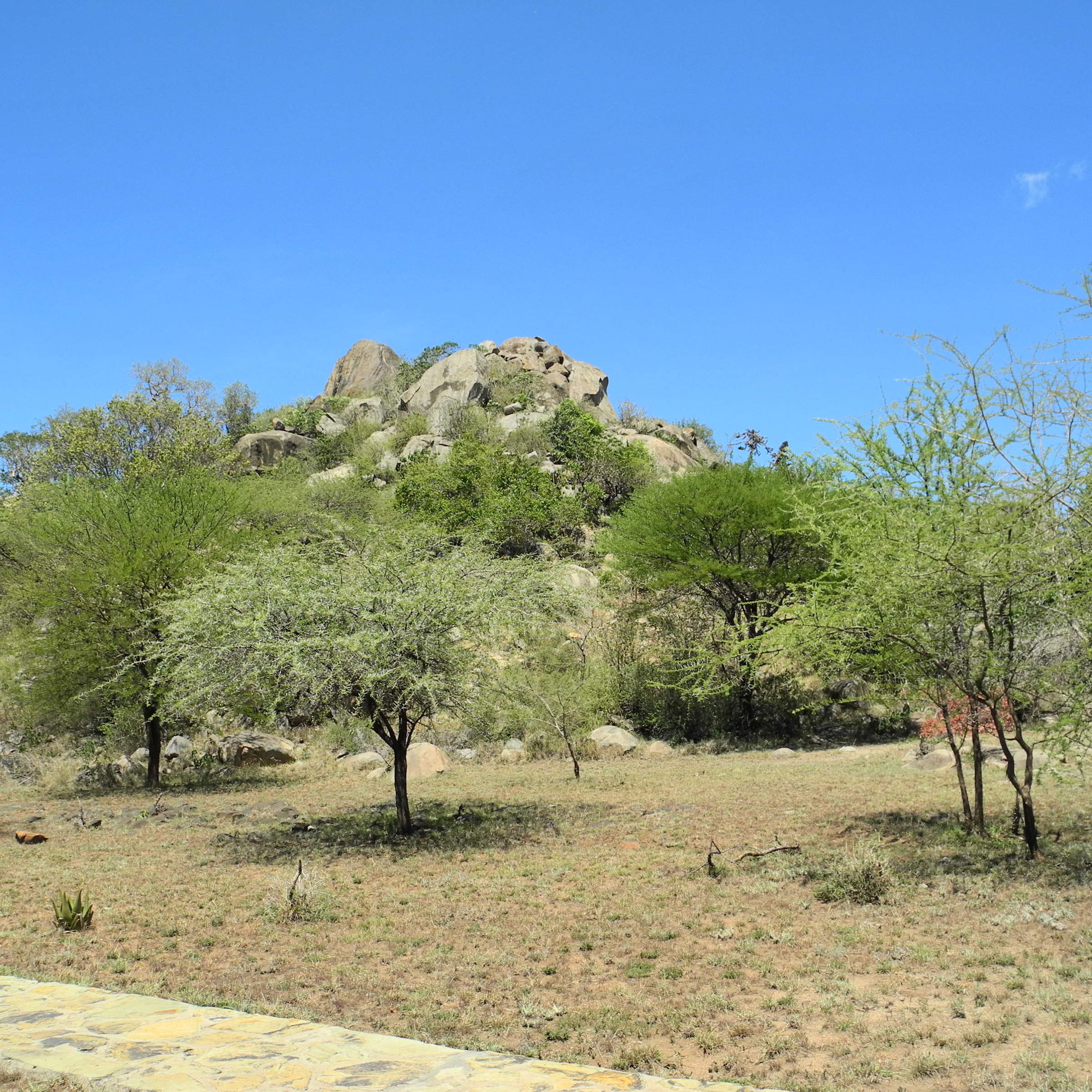
Mbuzi Mawe
Mbuze Mawe is a comfortable tented camp in a convenient, central-north location when driving through the Serengeti.
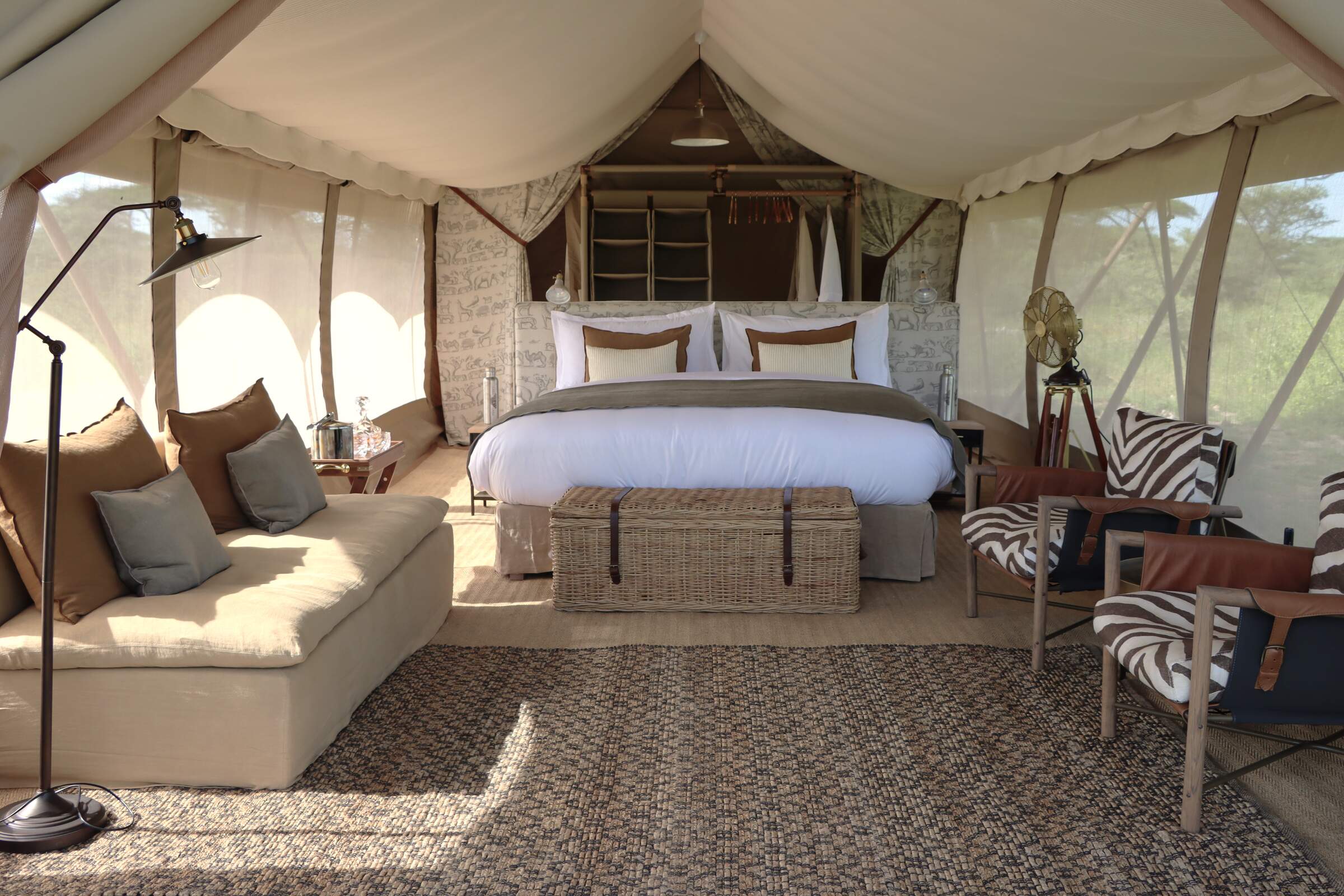
Laba Migration Camp
A luxury mobile camp that moves between the Western Corridor, Mara River and the southern Ndutu area, in line with the wildebeest migration.
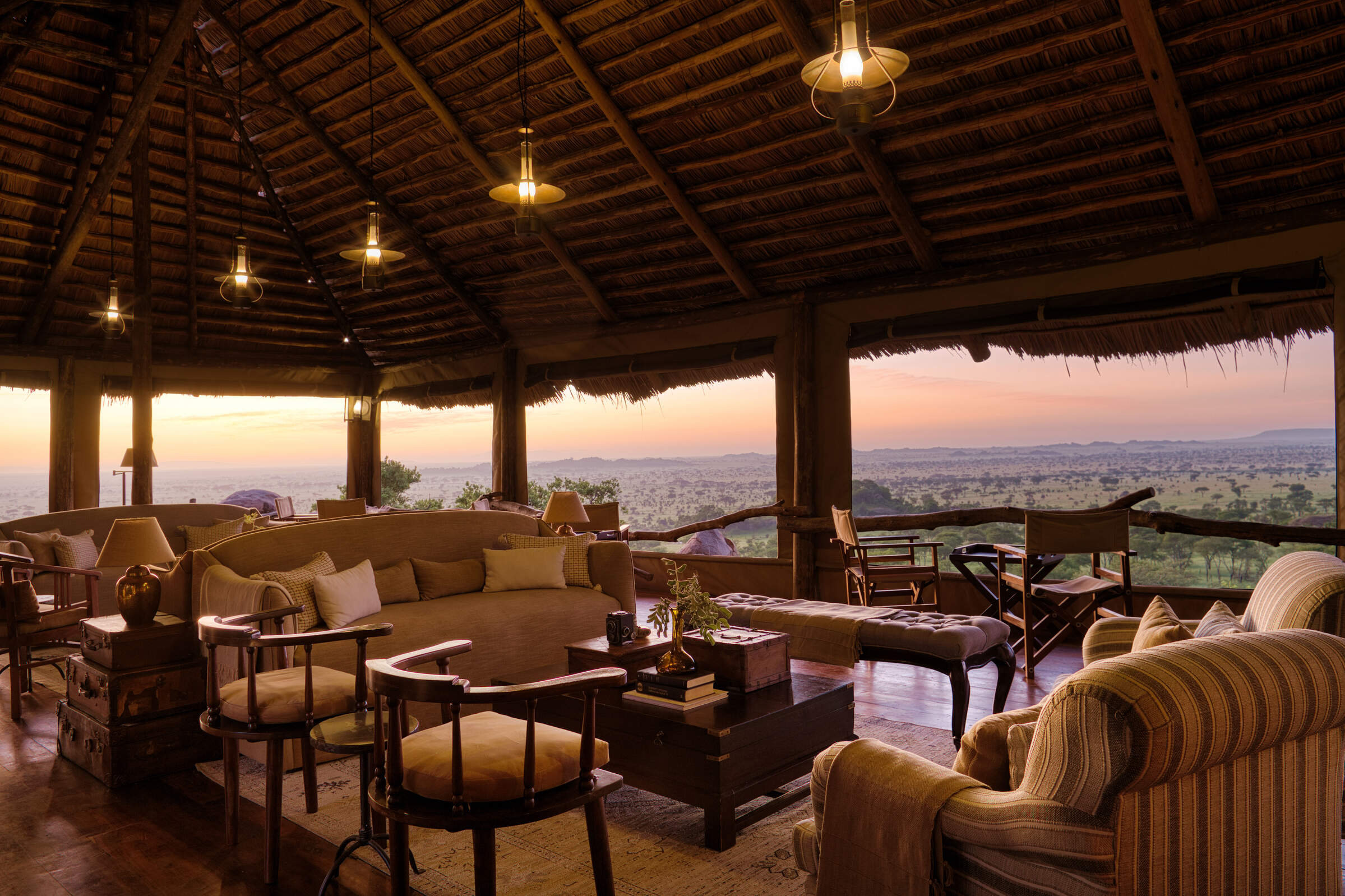
Serengeti Pioneer Camp
Serengeti Pioneer Camp is a luxurious tented camp in the central Serengeti, styled on African explorers' camps of the early 20th century.
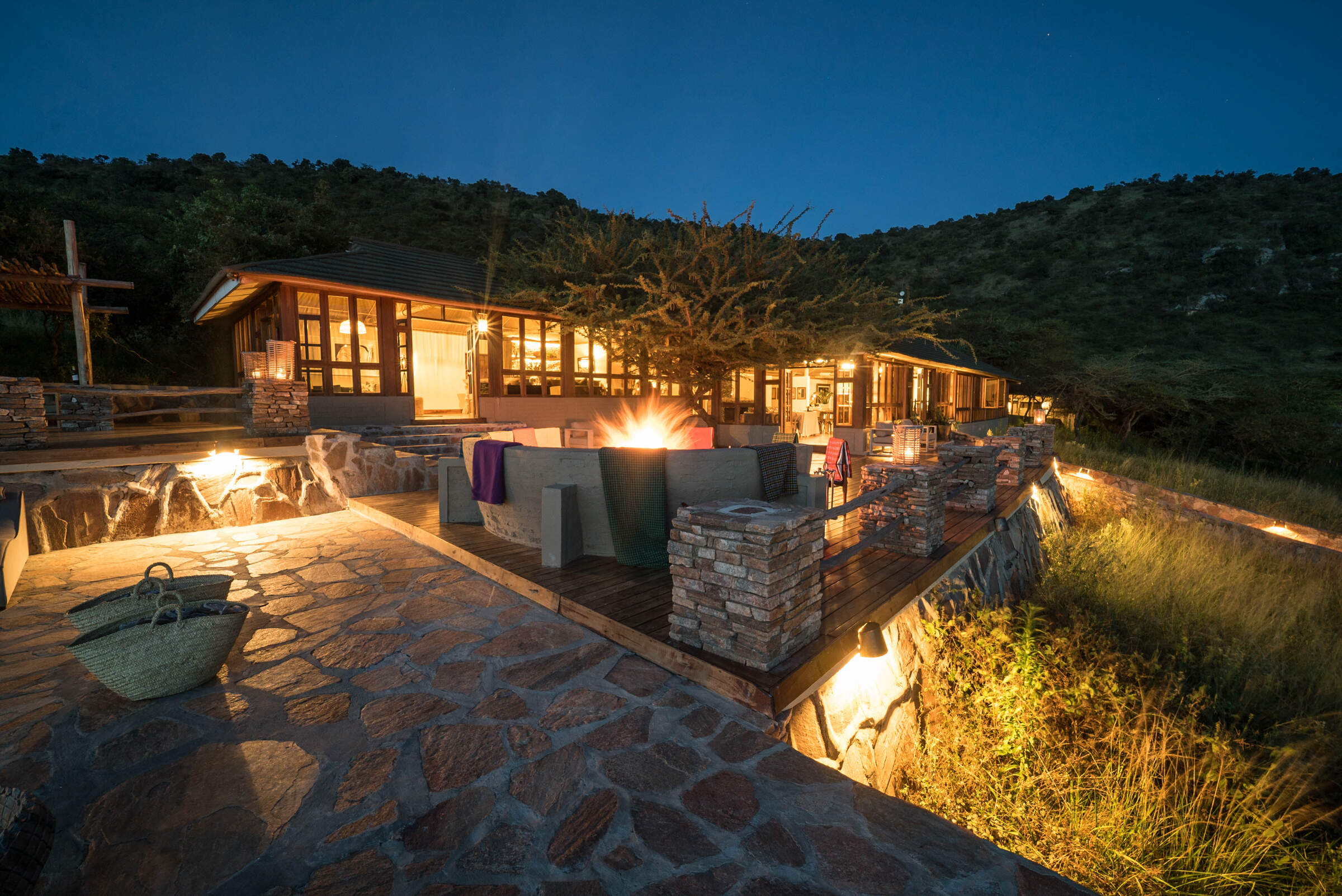
Taasa Lodge
Taasa Lodge is a slightly quirky option offering guided walks and night game drives, which are not permitted in Serengeti National Park.
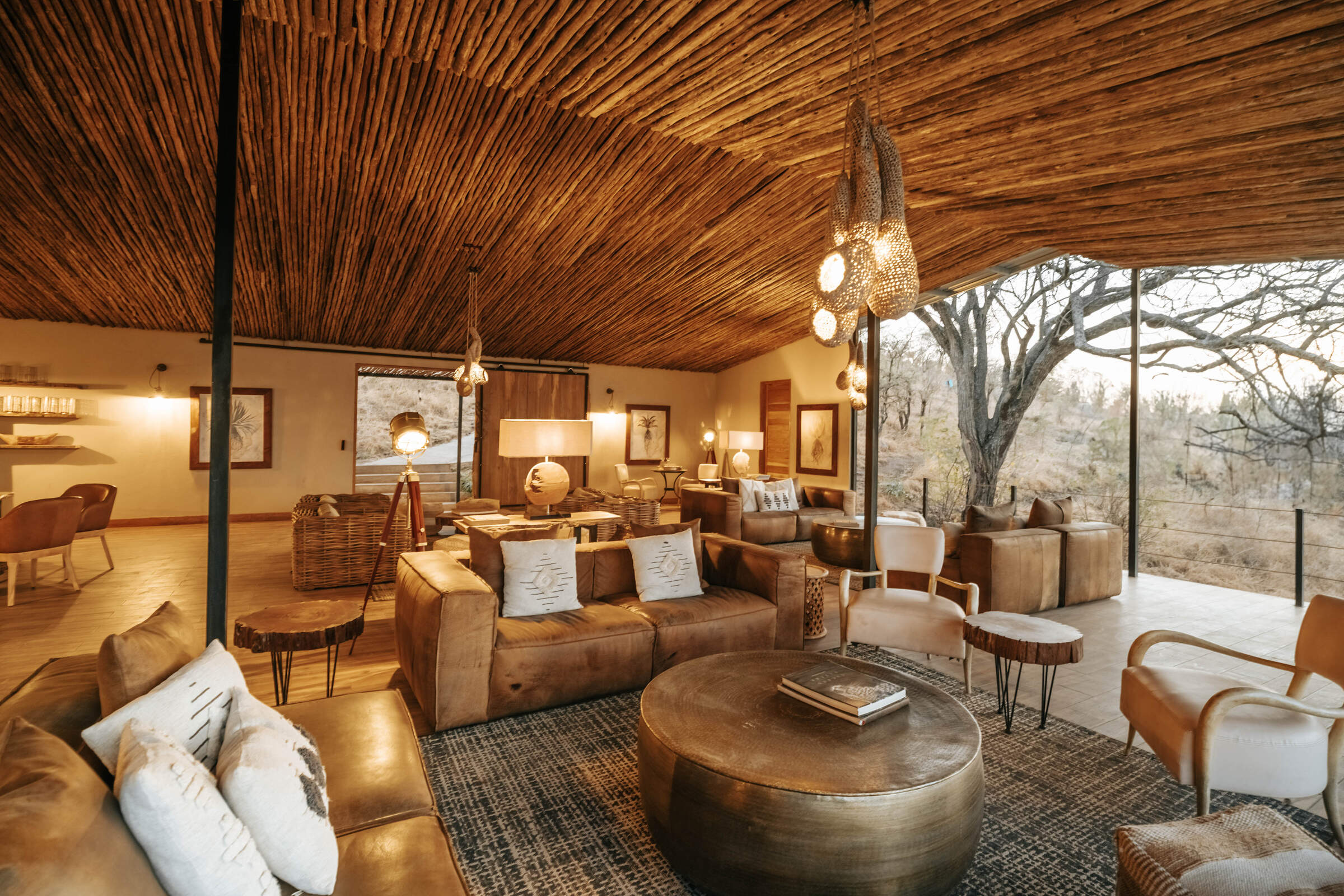
Nimali Serengeti
Opened in July 2017, Nimali Serengeti is a smart, permanent tented camp located in the Seronera area of the central Serengeti.
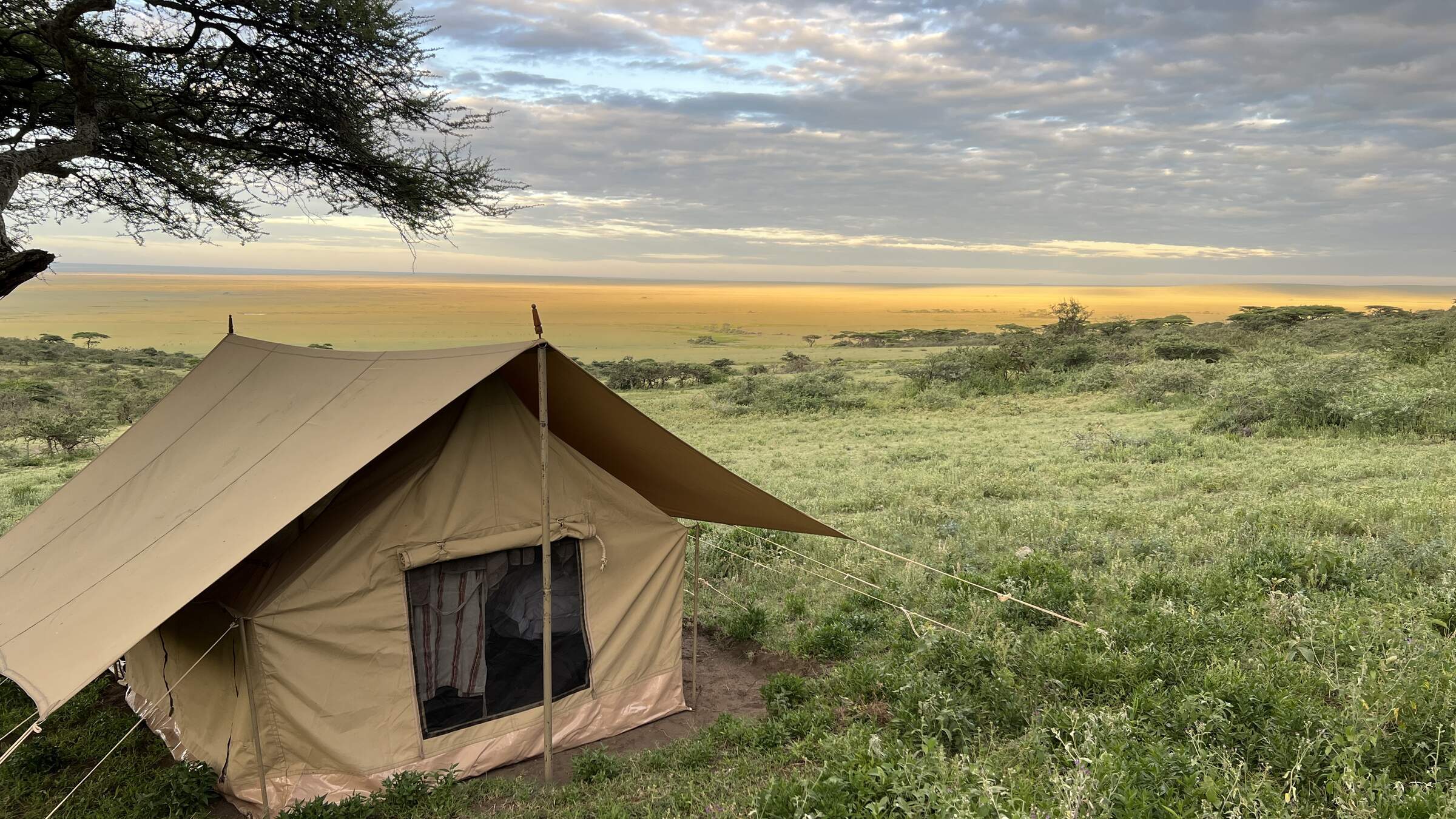
Nomad Walking Camp
Nomad Expeditionary Walking Camp is a simple camp of up to three tents, plus infrastructure, that changes location to allow guests to do substantial walks between campsites.
When to go to Serengeti Migration Area
Our month by month guide: What it's like to visit Serian Serengeti in Serengeti Migration Area
Jan
Feb
Mar
Apr
May
Jun
Jul
Aug
Sep
Oct
Nov
Dec
Serengeti Migration Area in January
January marks the start of the Serengeti’s short dry season. In the southern plains, the wildebeest calving season takes centre stage, drawing both predators and eager wildlife enthusiasts. The weather is generally clear and sunny, with rising temperatures, though occasional rainfall may still occur in the southern areas. Birdwatching is particularly rewarding during this time, with resident species in their breeding plumage and migratory birds adding to the variety.
The far southern plains of Ndutu coupled with the central Seronera area remains a reliable choice for game viewing, with lions and cheetahs frequently sighted on the hunt. While the park can be busier early in the month due to New Year visitors, it often becomes quieter later, providing excellent value and a more peaceful experience. Patience may be needed during game drives, as some wildlife becomes more dispersed.
- Variable weather: clear, dry or rainy
- Thunderstorms may occur occasionally
- Prime birding season with migrant species
- Wildebeest gathering in southern Serengeti
- Busy early, quieter later in the month
Our view
A good time to visit, with pros & cons
Weather in January
Serengeti Migration Area in February
February in the Serengeti is hot, with daytime highs reaching around 33°C/91°F, but cooling down significantly in the evening and overnight. It's an excellent time to visit as the northern circuit is comparatively quieter than during peak seasons. The wildebeest calving season, typically occurring in a two-three week window in early-mid February, is a major attraction. Thousands of calves are born daily, attracting a significant number of predators, creating an intense yet fascinating spectacle.
Birdlife is equally vibrant, as migratory species from the northern hemisphere join the park's resident birds. The Ndutu region is especially active, hosting an abundance of wildlife. Hot air balloon safaris offer unparalleled views of the action below. Despite the midday heat, early morning game drives remain comfortable and highly rewarding.
- Hot and dry weather conditions prevail
- Wildebeest calving in southern plains
- Southern Serengeti busy for migration
- Lush, green landscapes across the park
- Ideal for wildlife photography
Our view
A very good time to visit
Weather in February
Serengeti Migration Area in March
March typically sees the arrival of the long rains in the Serengeti, though the exact timing can vary each year. With water becoming more plentiful, migratory animals begin to spread out, making wildlife spotting a bit more challenging in certain areas. The Seronera Valley remains a reliable choice for sightings, thanks to its consistent water sources.
The rains bring a dramatic transformation to the landscape, with lush greenery emerging across the plains, offering stunning photographic opportunities. Birdwatchers are in for a treat, as many species are in their vibrant breeding plumage. Although some mobile tented camps begin winding down operations in preparation for the next season, visitors can still enjoy the park’s quieter atmosphere and its renewed natural beauty.
- Hot with increasing humidity pre-rains
- Wildlife viewing varies as rains begin
- Park quieter with lower visitor numbers
- Excellent time for bird watching
- Green vegetation provides scenic backdrops
Our view
A good time to visit, with pros & cons
Weather in March
Serengeti Migration Area in April
April tends to be the wettest month in the Serengeti, with rainfall averaging around 250mm. The park is transformed into a verdant oasis, alive with birds, insects, and smaller wildlife. However, the dense vegetation can make spotting animals more difficult. Visitor numbers are at their lowest, allowing for a more exclusive safari experience and there can be some good emerald season bargains to be had.
The wildebeest migration typically begins slowly moving toward the Western Corridor, and patient travellers can witness fascinating sights such as newborn animals and predators on the hunt. Rising water levels make the Retina Hippo Pool particularly active. Birdwatching continues to be excellent, and many lodges offer reduced rates, making it an appealing time for those willing to brave occasional downpours.
- Heavy rains with impressive thunderstorms
- Some camps closed due to weather
- Lowest rates and fewest tourists
- Vibrant greenery, wildlife more dispersed
- Not ideal for general wildlife viewing
Our view
This is not a great time to visit
Weather in April
Serengeti Migration Area in May
As the month of May progresses, the rains start to taper off across the Serengeti and temperatures drop slightly. Visitor numbers remain low, and lodge rates are often highly competitive, making it a great time for more value-conscious travellers. The wildebeest migration usually still heading towards the Western Corridor, with some herds nearing the Grumeti River and others still milling around the central area of the park. Predator-prey interactions become more frequent as animals navigate the changing environment.
The Moru Kopjes region offers particularly rewarding wildlife encounters, including the chance to spot black rhinos. The park’s vegetation is at its lushest, providing breathtaking backdrops for photographers. Balloon safaris during this time give a spectacular view of the green plains and migrating herds.
- Rains continue, creating dramatic skies
- Quiet period, great for avoiding crowds
- Lush landscapes with long grasses
- Wildlife more dispersed, fewer sightings
- Affordable safari options available
Our view
This is not a great time to visit
Weather in May
Serengeti Migration Area in June
June signals the end of the rainy season in the Serengeti, with the landscape beginning to dry out. Wildlife starts to gather around permanent water sources, and the Grumeti River becomes a key location for dramatic river crossings. Before the wildebeest migration heads north, the Western Corridor remains a hub of activity.
Many camps will offer shoulder season rates in June, meaning that this is also a more affordable time to visit than later in the year. The Lobo Valley in the north also becomes a productive area for wildlife viewing. With shorter grasses and clearer conditions, June is an excellent time for walking safaris in designated areas. The balance of good weather, exciting wildlife action, and moderate tourist numbers makes it a great month to visit.
- Weather varies: clear, dry or some rain
- Migration moving from west to north
- Parks still green with high grasses
- Wildlife becoming more concentrated
- Good value shoulder season prices
Our view
A good time to visit, with pros & cons
Weather in June
Serengeti Migration Area in July
July is the start of peak season in the Serengeti, with little to no rainfall expected and pleasant daytime temperatures. As the park dries, wildlife congregates in fewer areas, improving game viewing opportunities. The wildebeest migration typically reaches the northern Serengeti, with herds beginning to cross the Mara River. This spectacle draws many visitors, making the northern areas busier.
The Seronera area remains excellent for big cat sightings. In the western corridor, resident game becomes easier to spot as vegetation thins. Balloon safaris are particularly popular this month, offering breathtaking views of the migrating herds. Despite the crowds, July offers some of the year's best wildlife viewing opportunities across the park.
- Dry days, chilly mornings and evenings
- Excellent wildlife viewing opportunities
- Peak season with increasing visitor numbers
- Highest prices due to prime conditions
- Great Migration in full swing
Our view
Fantastic: the very best time to visit
Weather in July
Serengeti Migration Area in August
August in the Serengeti is characterised by clear skies and sunny weather, though cooler nights and mornings call for layered clothing for early morning game drives. It's an extremely popular time to visit, with accommodation prices at their peak. The northern Serengeti is particularly busy as visitors hope to witness migration river crossings – with the Mara and Sand rivers becoming focal points for dramatic wildlife interactions.
In the central Serengeti, predator sightings remain good around the Seronera River. The park's southern regions are now much drier, home to excellent resident game and now fewer visitors. Balloon safaris provide stunning aerial views of the landscape and wildlife. While August is a very busy time, the consistent wildlife activity and reliable weather make it a fantastic month to visit.
- Dry climate, cool mornings and evenings
- Superb general wildlife viewing
- Exciting wildebeest migration period
- Very busy, camps fill up quickly
- Dramatic river crossings may occur
Our view
Fantastic: the very best time to visit
Weather in August
Serengeti Migration Area in September
September continues the Serengeti’s dry season, with wildlife becoming increasingly concentrated around the few remaining water sources. The northern Serengeti still hosts the wildebeest migration, with river crossings at the Mara River offering dramatic predator-prey interactions. The Seronera Valley remains an excellent spot for sightings of resident predators, while the now-parched southern plains offer good chances to see cheetahs.
As the month progresses, visitor numbers begin to drop slightly, making it a quieter time to explore. Birdwatching remains rewarding, and walking safaris provide a more intimate wildlife experience. September’s pleasant weather and exceptional wildlife viewing make it a very good time to visit.
- Fantastic wildlife viewing conditions
- Slightly less crowded than peak months
- Parks becoming dry with less vegetation
- Pleasant temperatures throughout day
- Prices remain high for quality safaris
Our view
Fantastic: the very best time to visit
Weather in September
Serengeti Migration Area in October
October marks the tail end of the dry season in the Serengeti. Wildlife gathers around the last water sources, creating fantastic viewing opportunities. The Mara River may still see some migration activity, while the central Seronera region continues to deliver reliable predator sightings. In the western corridor, large herds of elephants are a highlight, and the dry southern plains can sometimes offer very good opportunities to spot cheetah.
Birdwatching is rewarding, with many resident species easily spotted. Balloon safaris offer breathtaking views of the parched landscape – though photographers need to be prepared for dusty conditions. Prices remain high, but visitor numbers are lower than in July-Sept, providing a more exclusive safari experience.
- Mostly dry with comfortable temperatures
- Excellent game viewing opportunities
- Landscape may appear somewhat barren
- Lower visitor numbers than earlier months
- Chance to see predator action at its best
Our view
A very good time to visit
Weather in October
Serengeti Migration Area in November
November usually signals the start of the short rains in the Serengeti. While lighter and more sporadic than the long rains, they rejuvenate the landscape with fresh grass growth. Wildlife begins to disperse as water becomes more readily available, but game viewing remains strong, particularly in the central Seronera area.
The wildebeest herds start their journey southward from the Mara region, creating opportunities for unique sightings. Birdwatching is excellent, with the arrival of migratory species adding to the variety. Some mobile camps in the north close temporarily, but those who visit in November can enjoy great value with lower rates and quieter conditions.
- Variable weather: clear, dry or rainy
- Parks quieter with lower-end prices
- Some camps close for maintenance
- Wildlife disperses as rains begin
- Migration movement less predictable
Our view
A good time to visit, with pros & cons
Weather in November
Serengeti Migration Area in December
December is a transition month in the Serengeti, falling within the short rainy season. The rains bring life to the southern plains, attracting the wildebeest herds and the predators that follow them. The Ndutu region becomes a focal point for wildlife activity.
Temperatures are comfortable, averaging around 27°C/81°F, with the possibility of occasional thunderstorms. Birdwatching is outstanding, with many migratory species adding to the diversity. Early December offers good value, with lower prices and fewer visitors, but the festive season sees a surge in demand, requiring early bookings. Balloon safaris provide stunning views of the rejuvenated landscape, making December an exciting time to visit the park.
- Weather varies: dry, rainy, or stormy
- Good game viewing in central Serengeti
- Quiet early, extremely busy late month
- Prices rise sharply for holiday season
- Green season begins, landscapes refresh
Our view
A good time to visit, with pros & cons
Weather in December

Looking for inspiration on where to travel next?
Visit our trip chooser to explore your options and find inspiration for your perfect African adventure
Inspire me